Submitted:
09 January 2023
Posted:
10 January 2023
You are already at the latest version
Abstract
Keywords:
Introduction
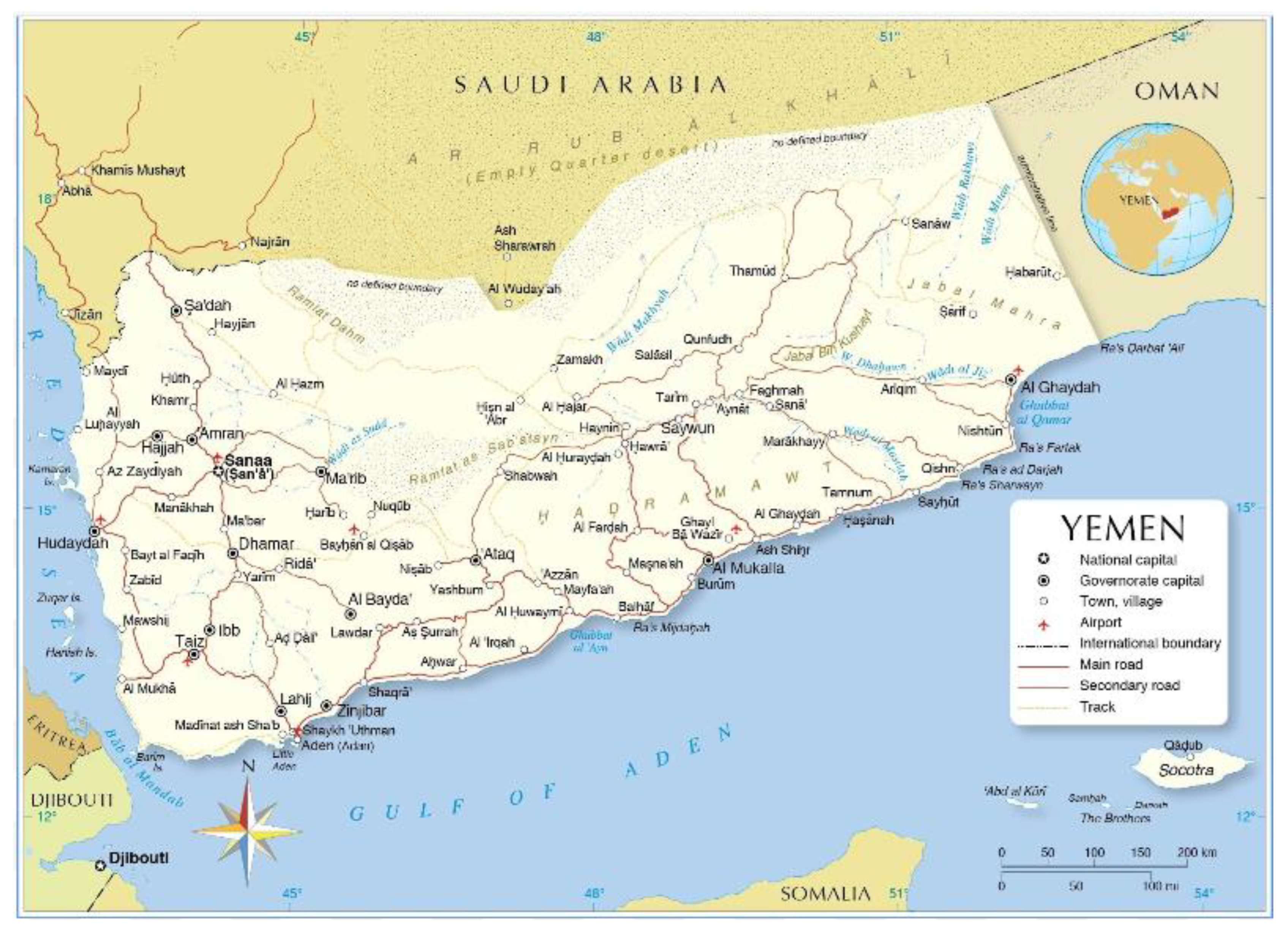
Materials and Methods
Species Accounts
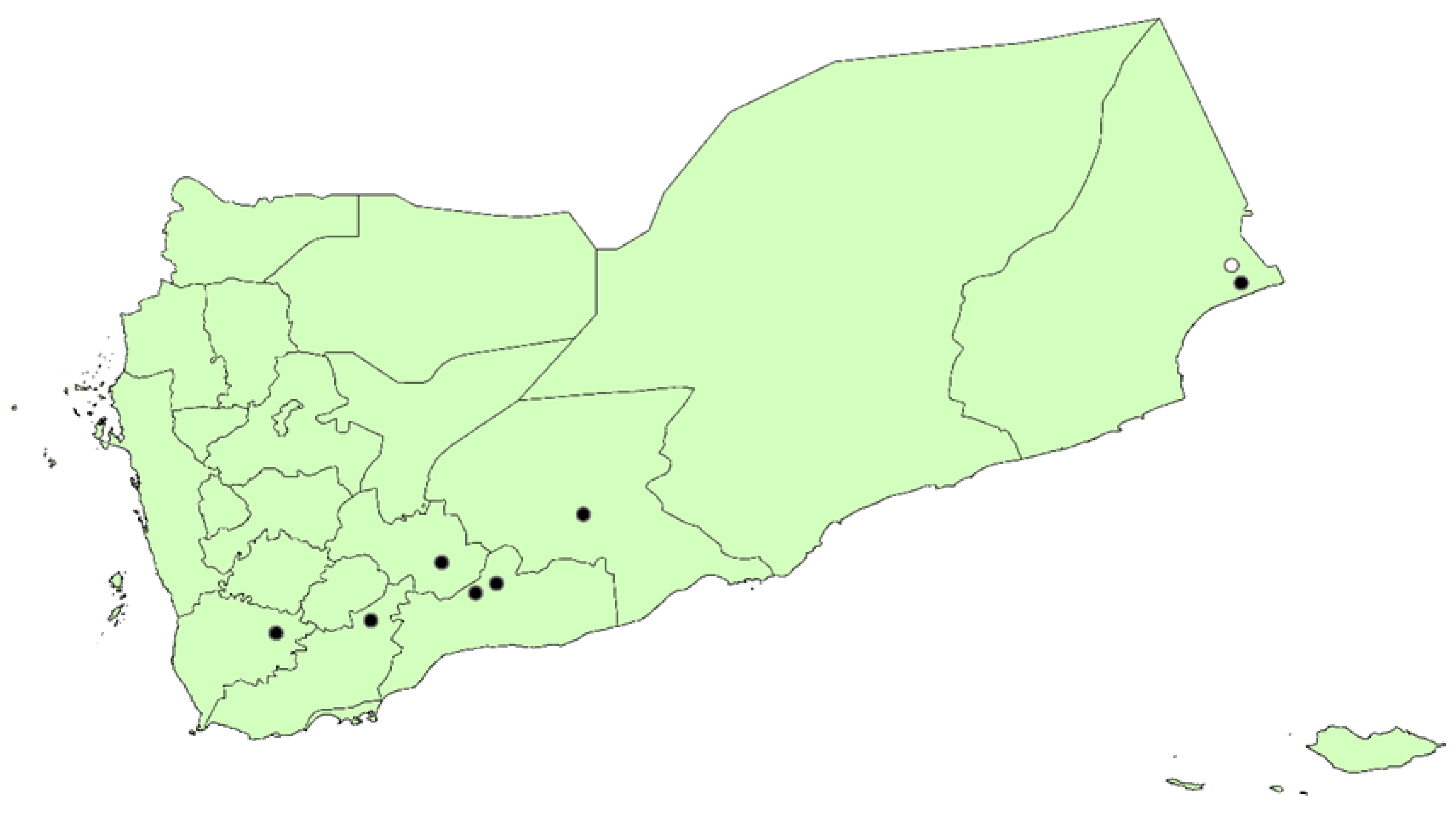
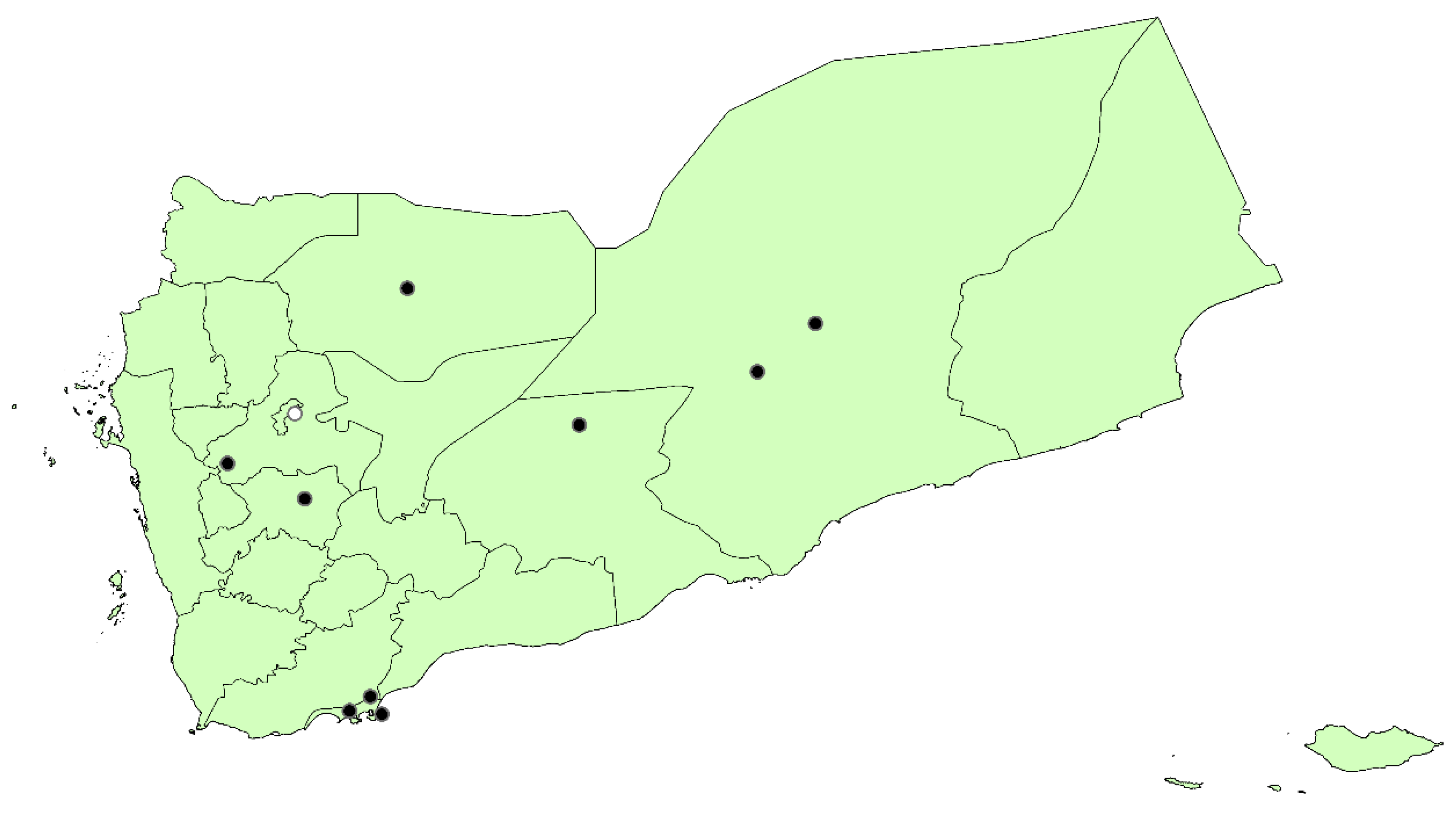
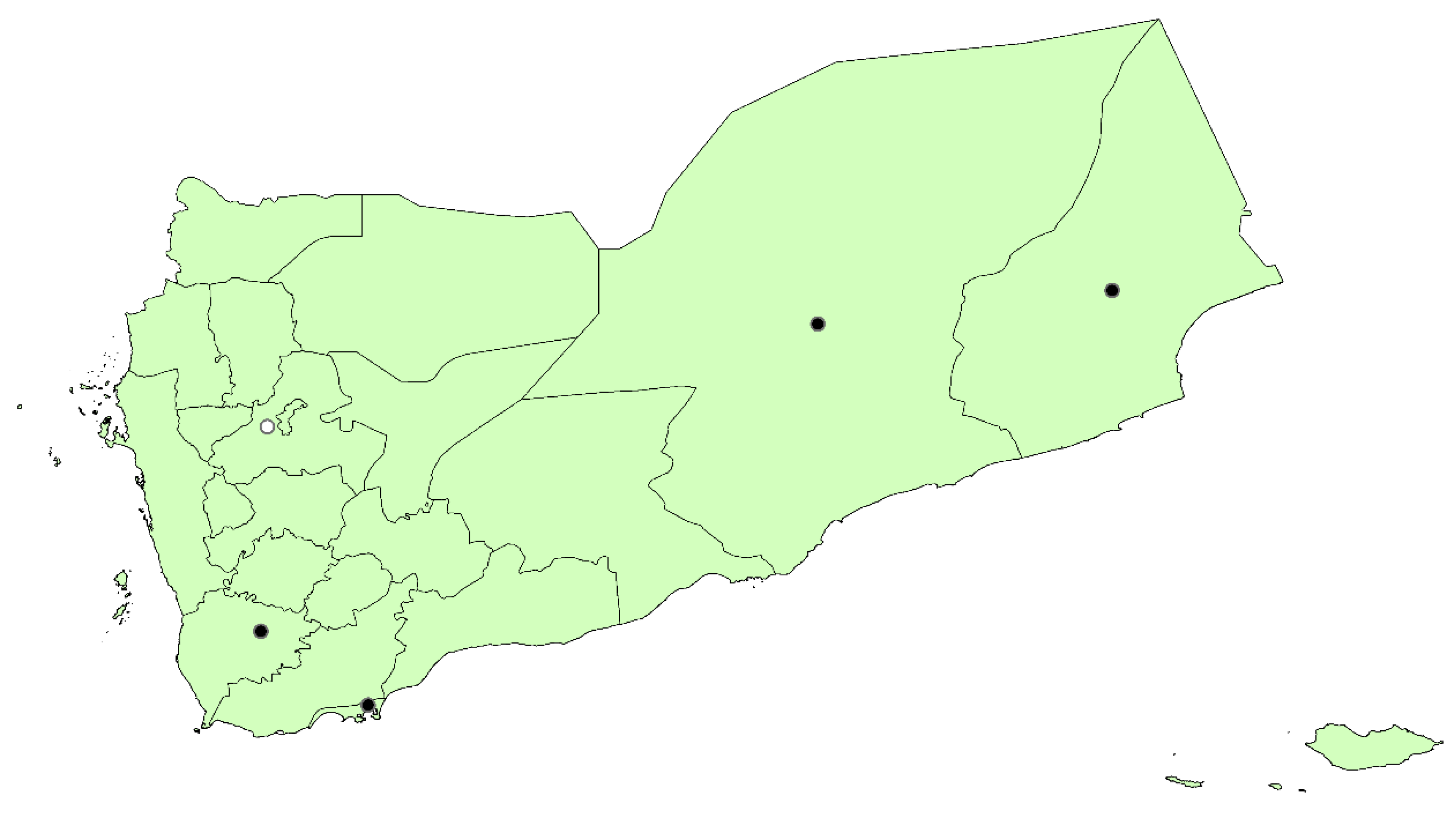
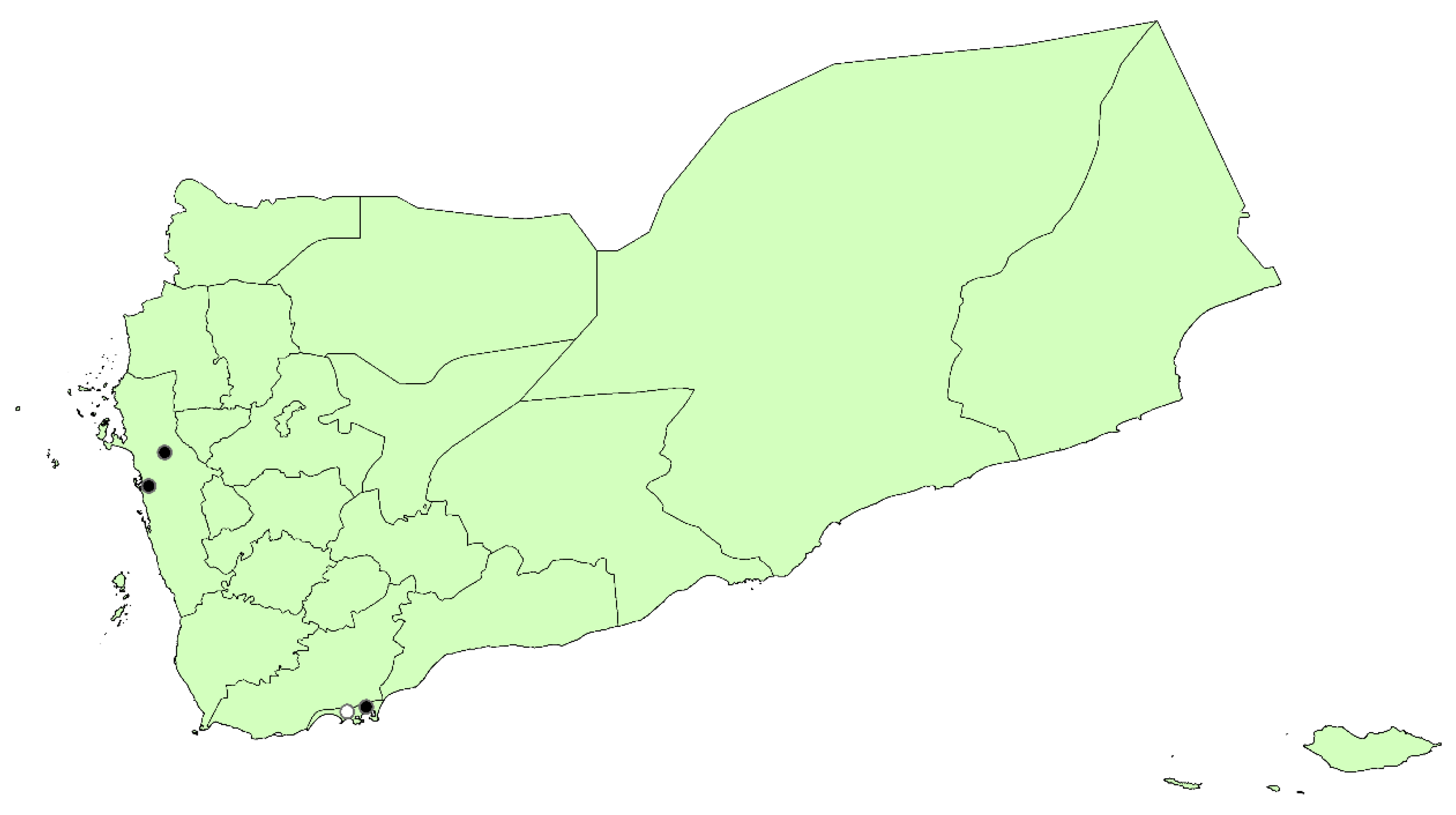
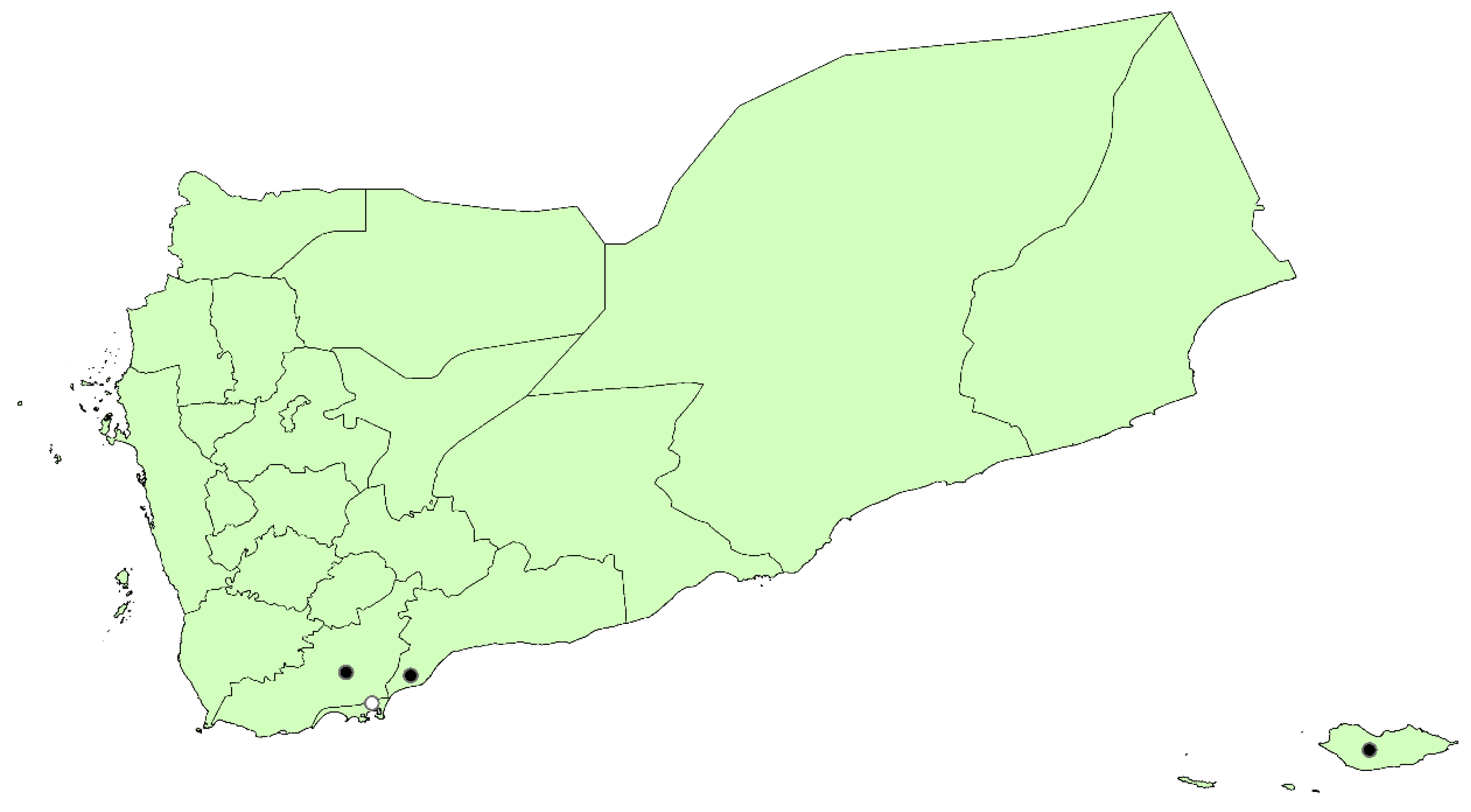
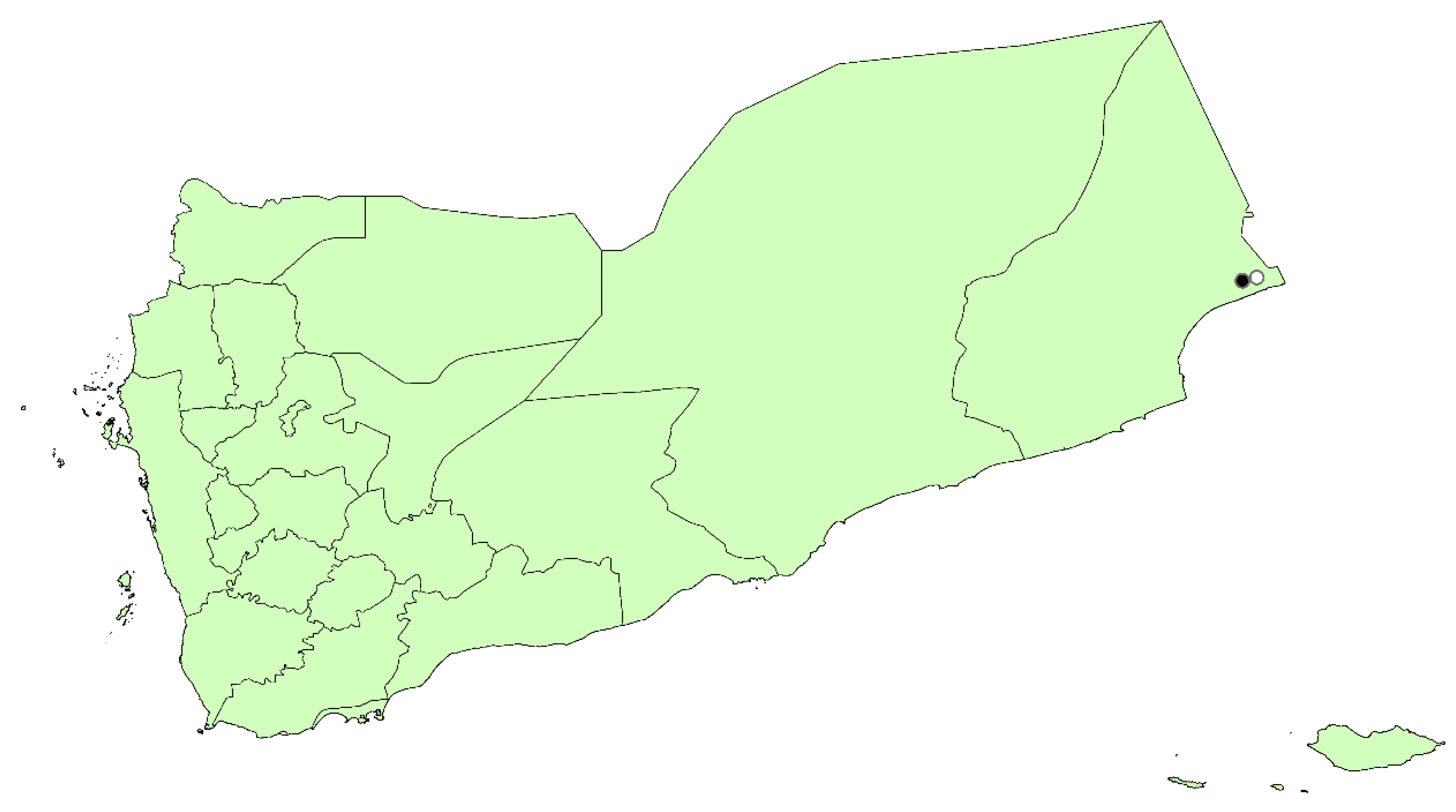
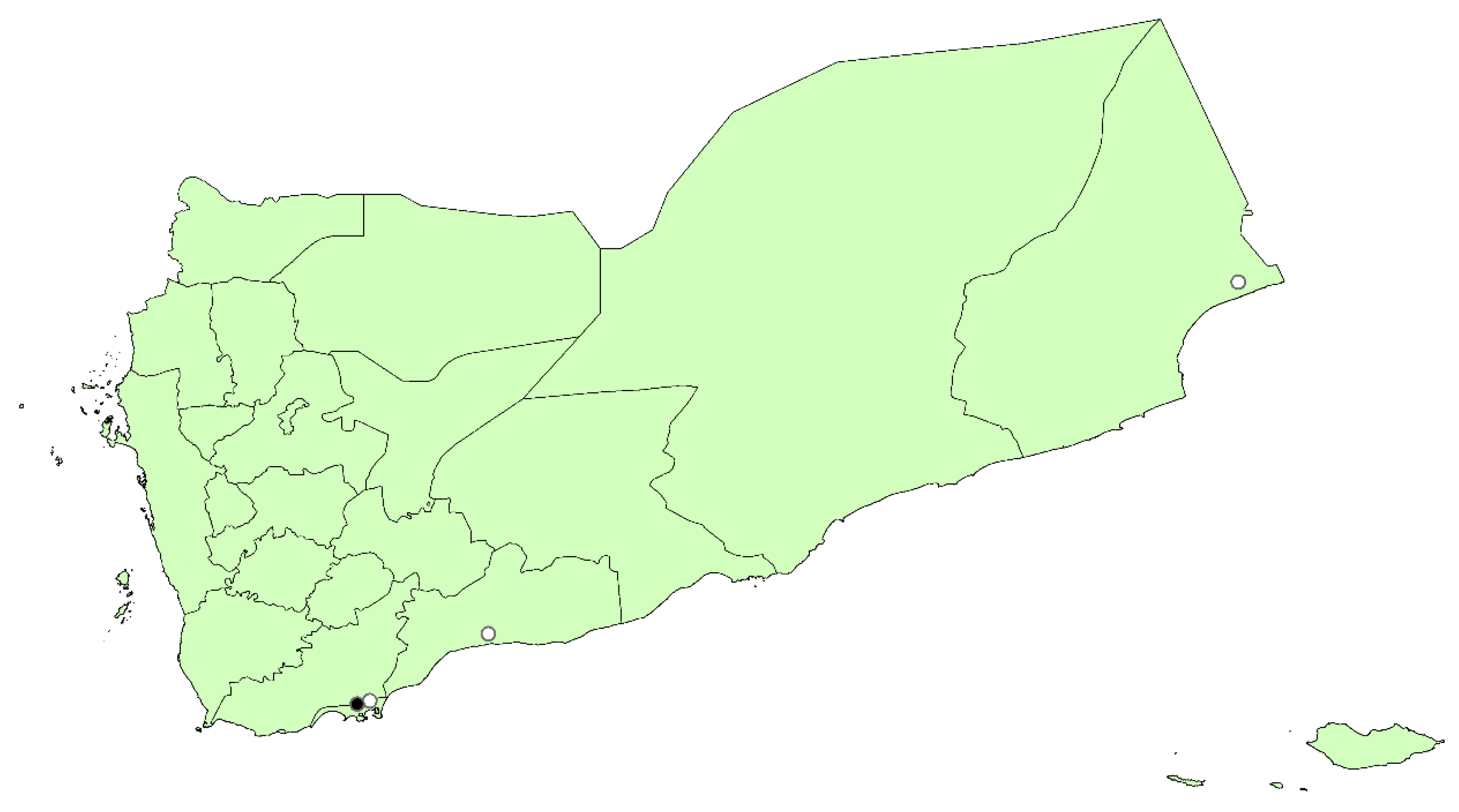
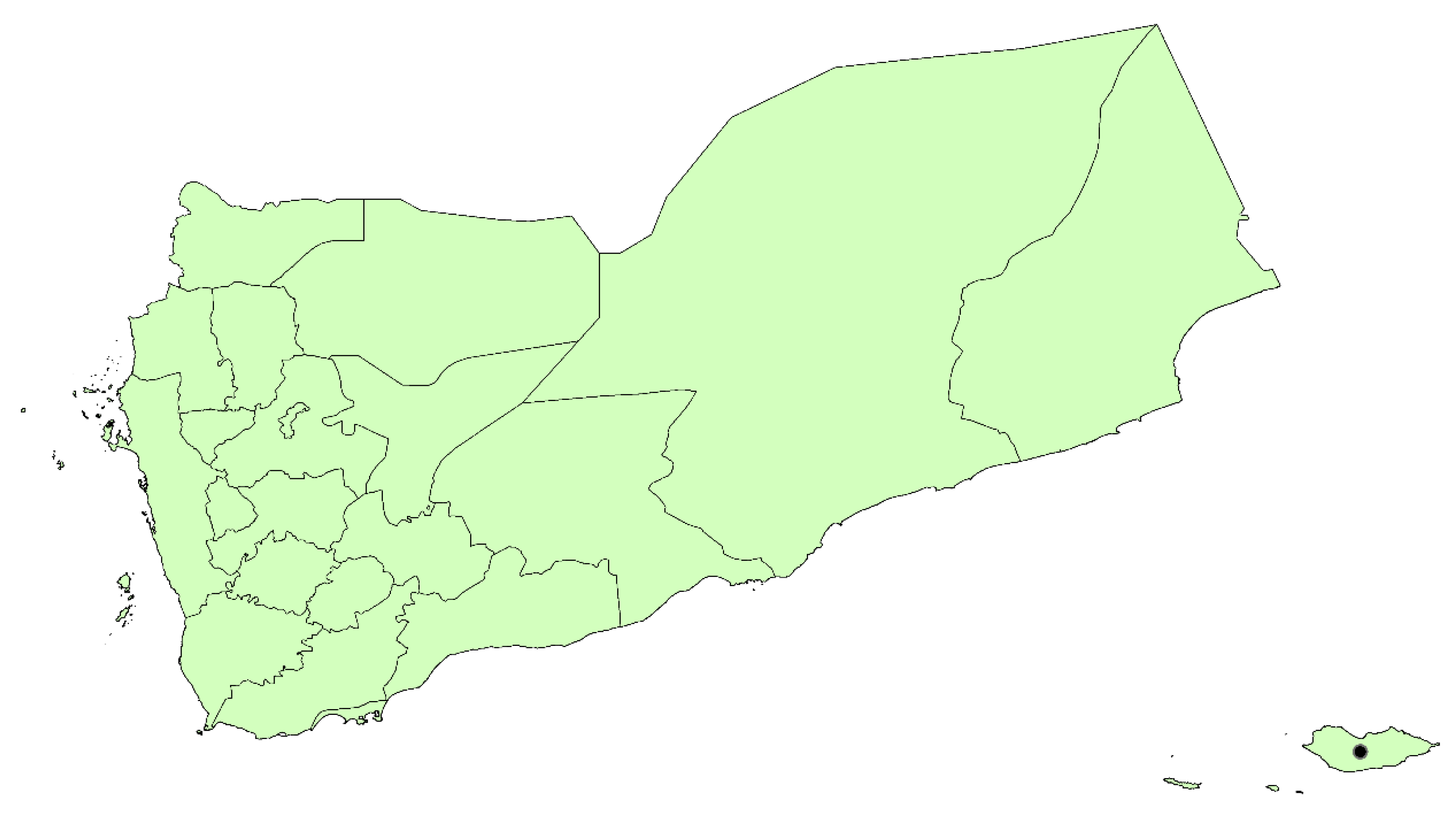
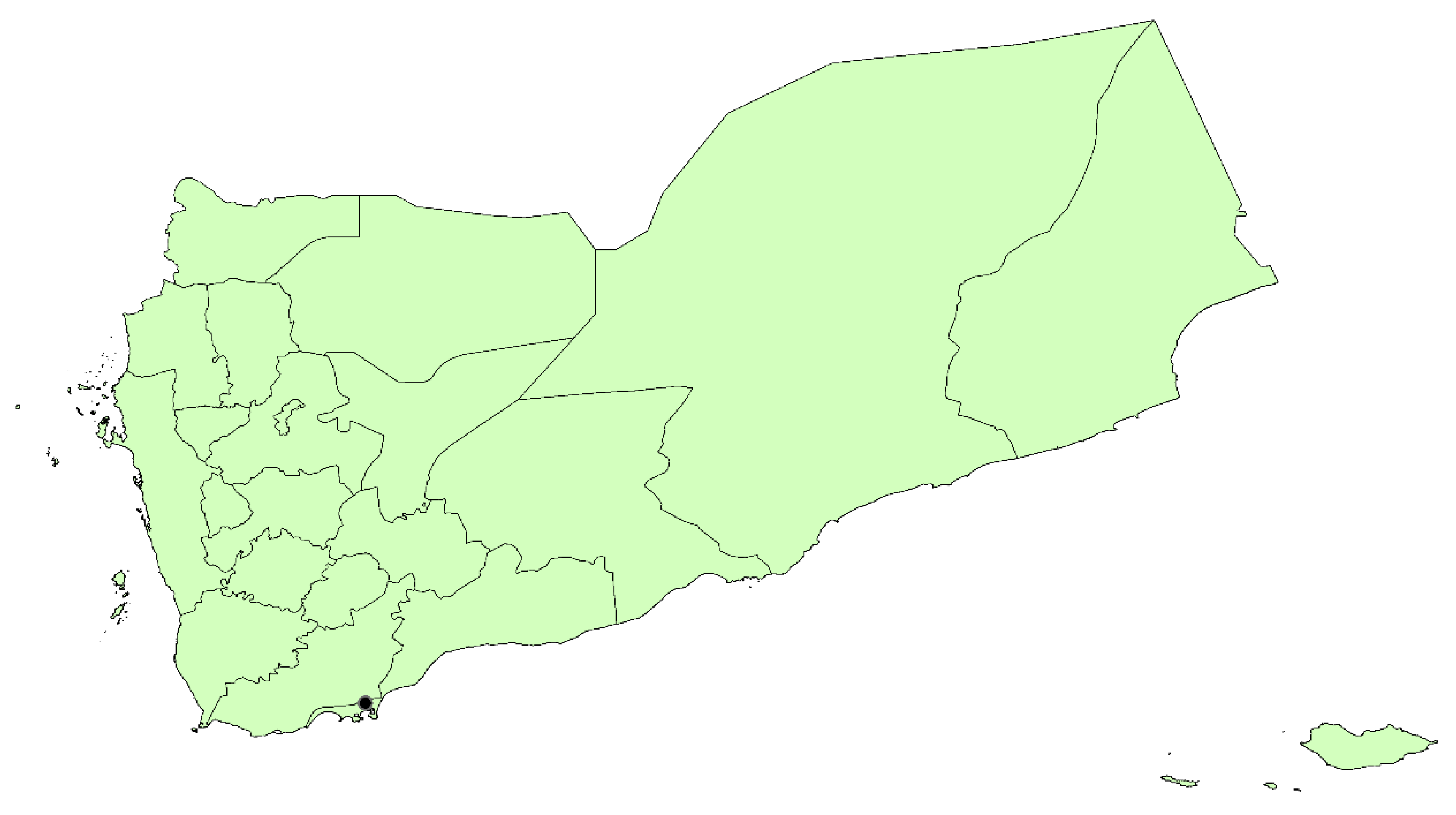
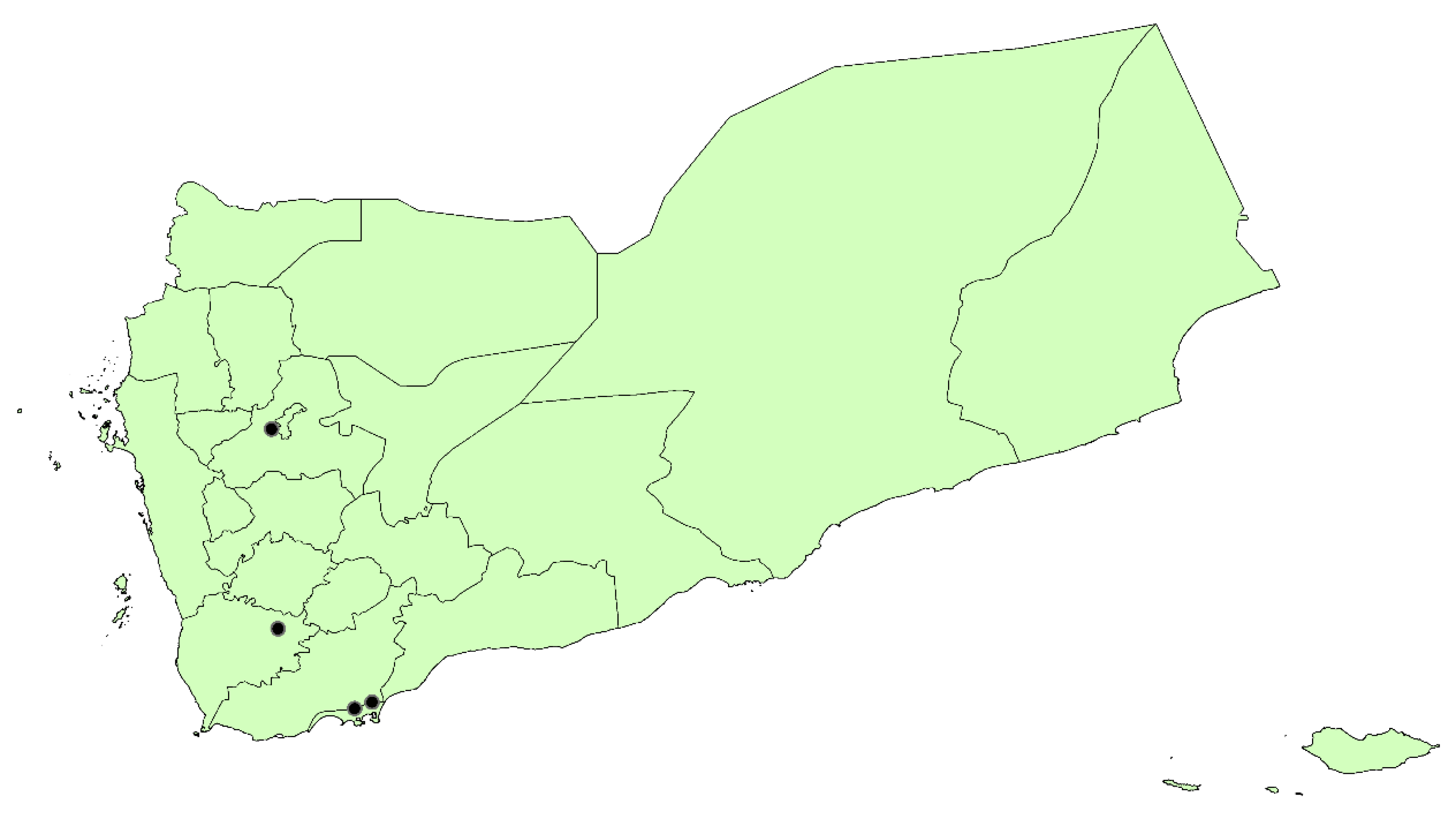
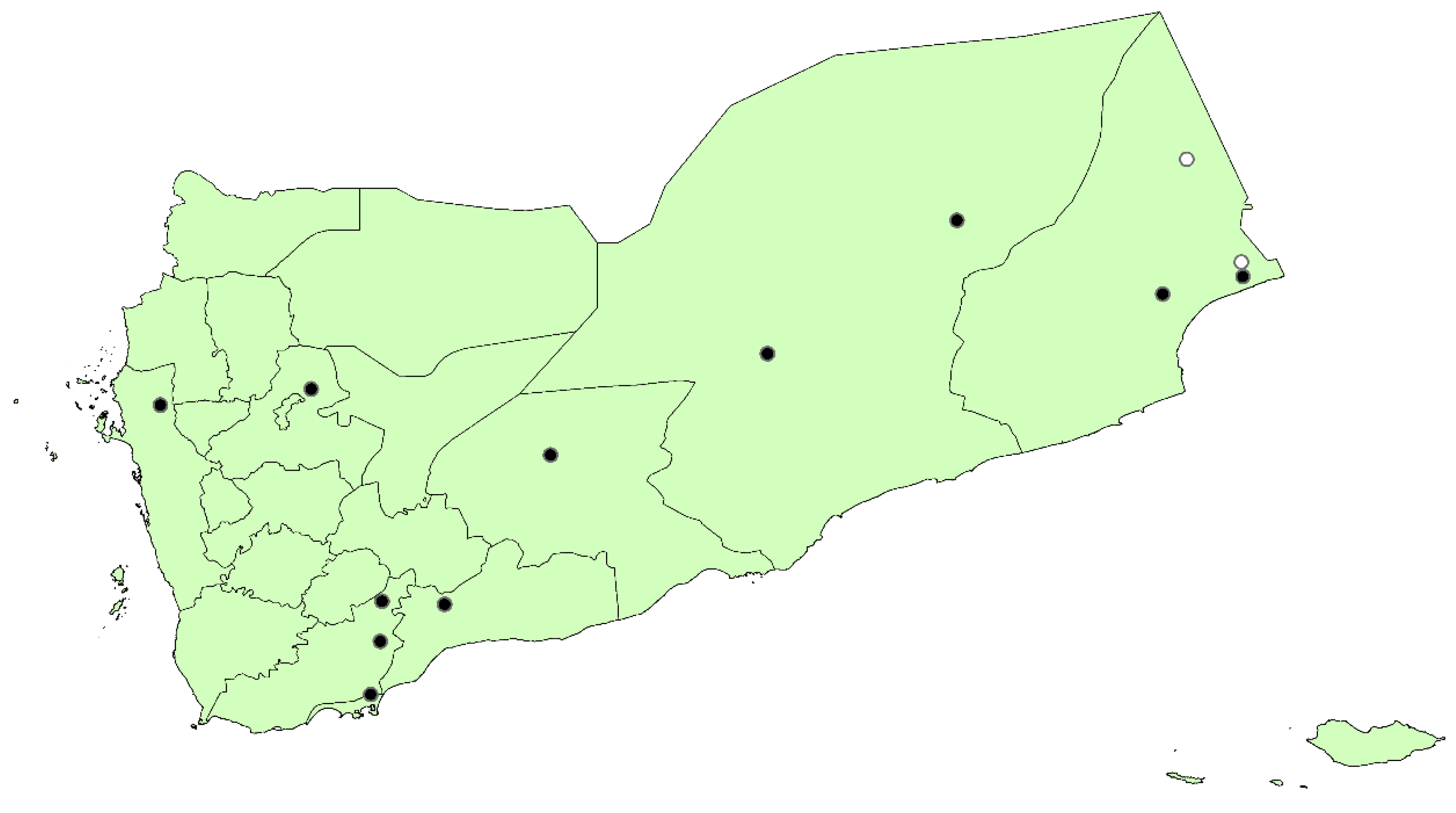
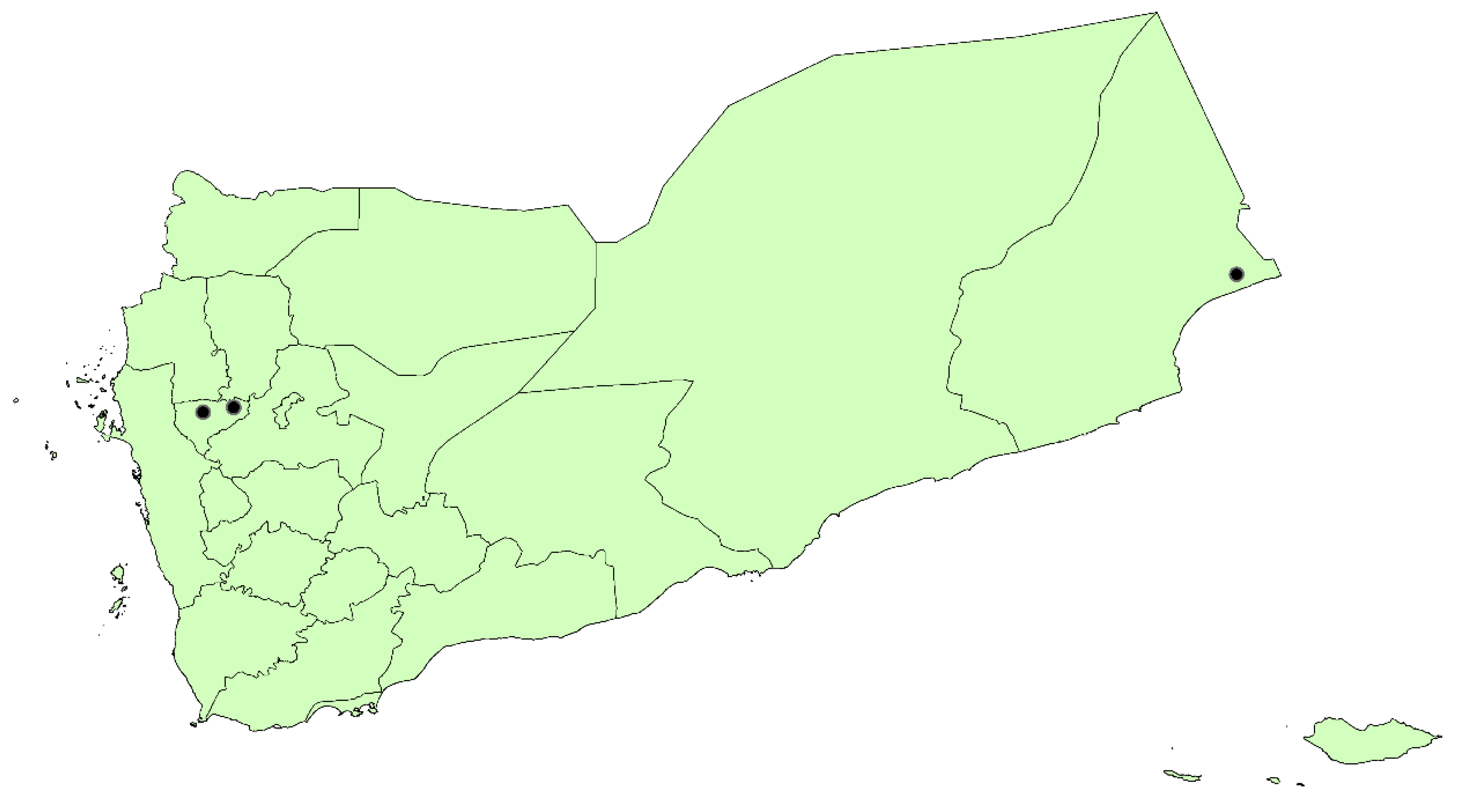
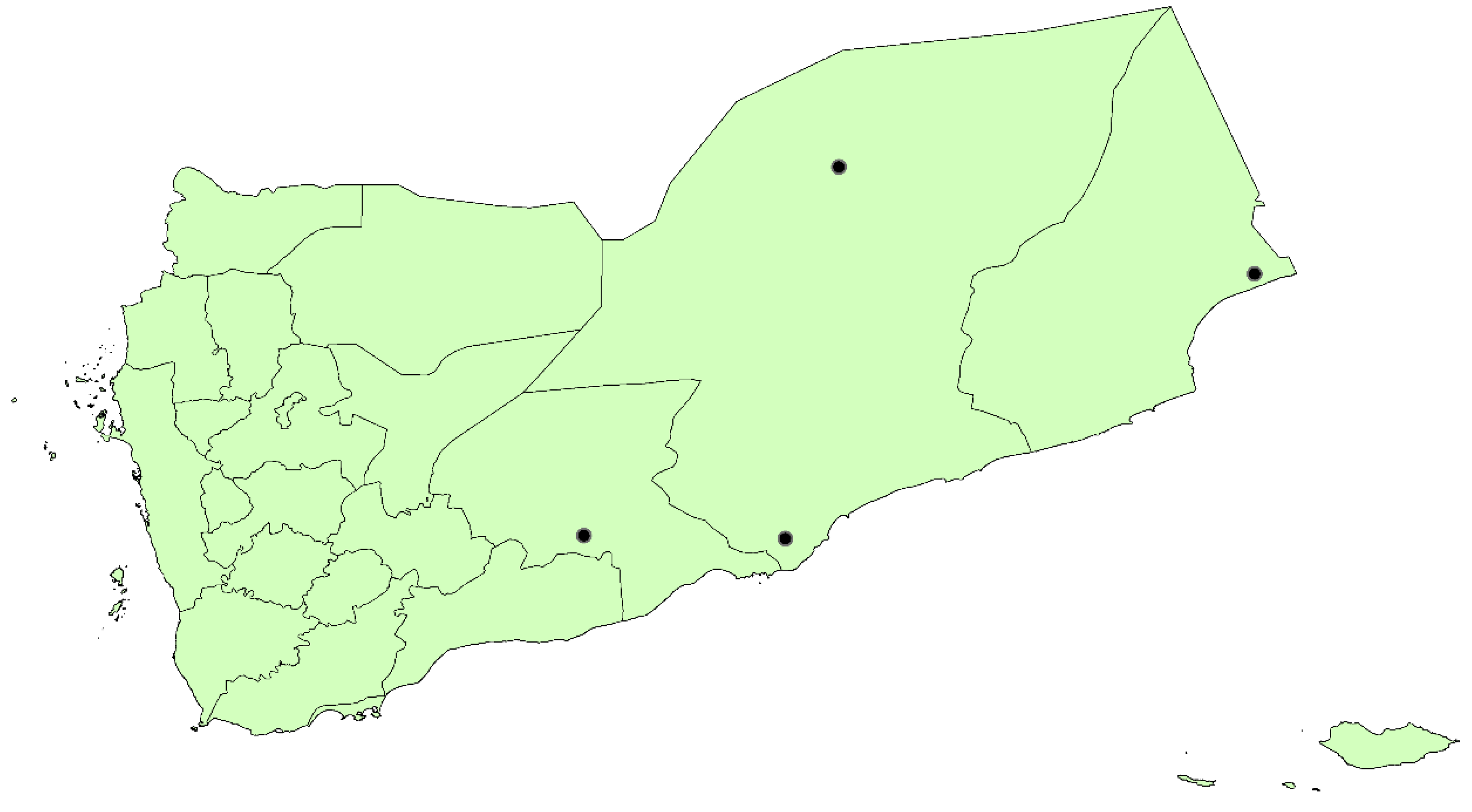
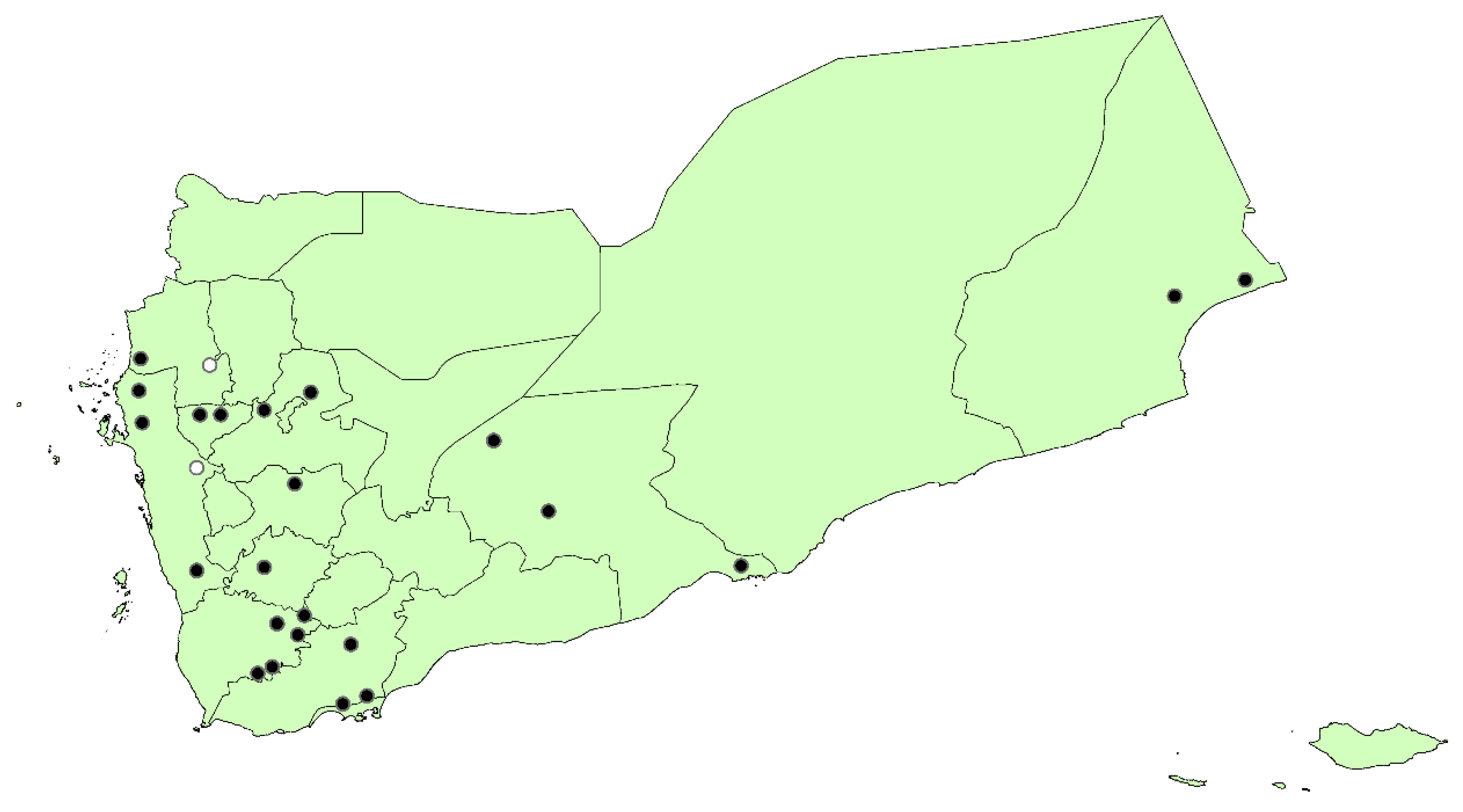
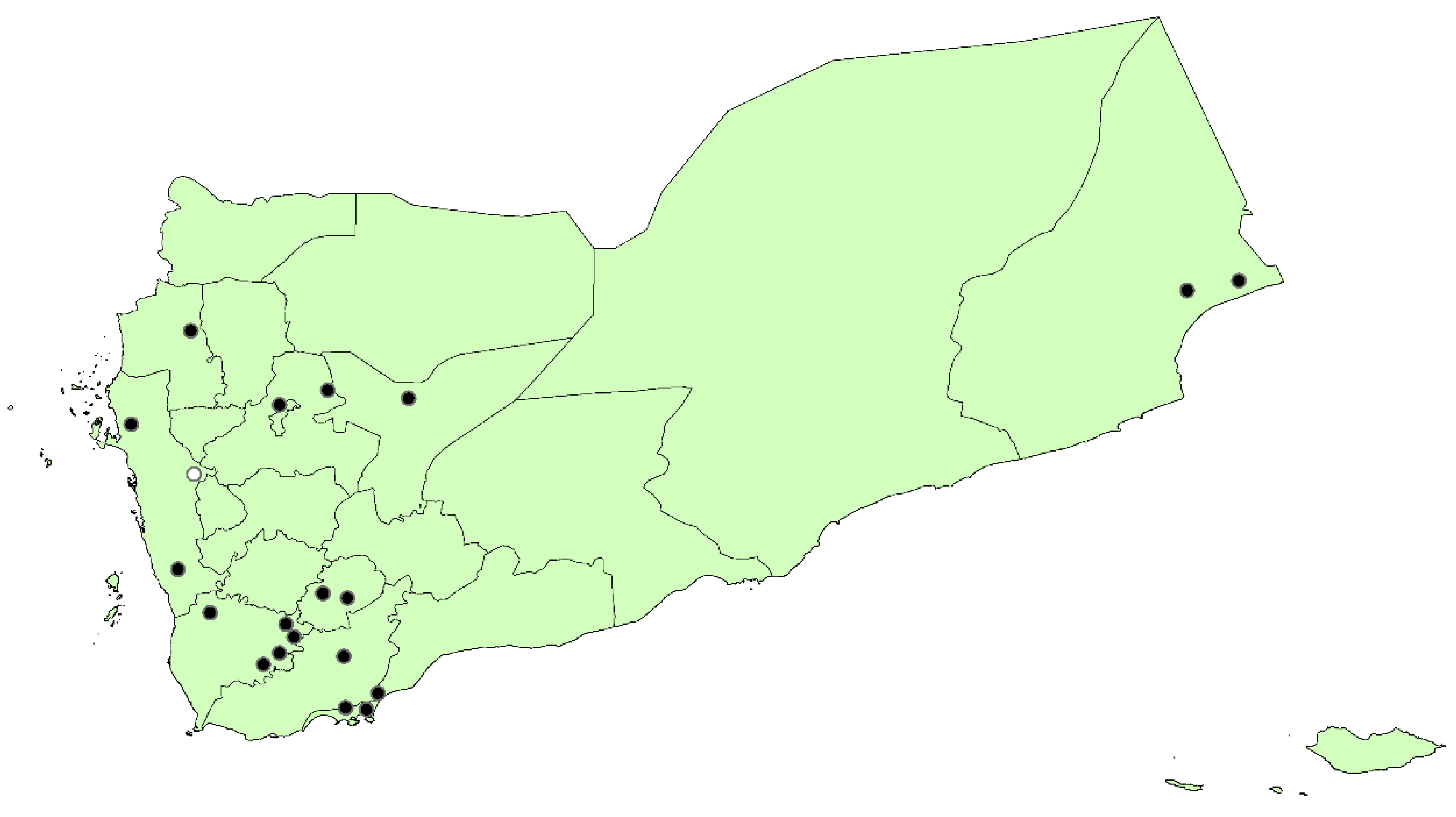
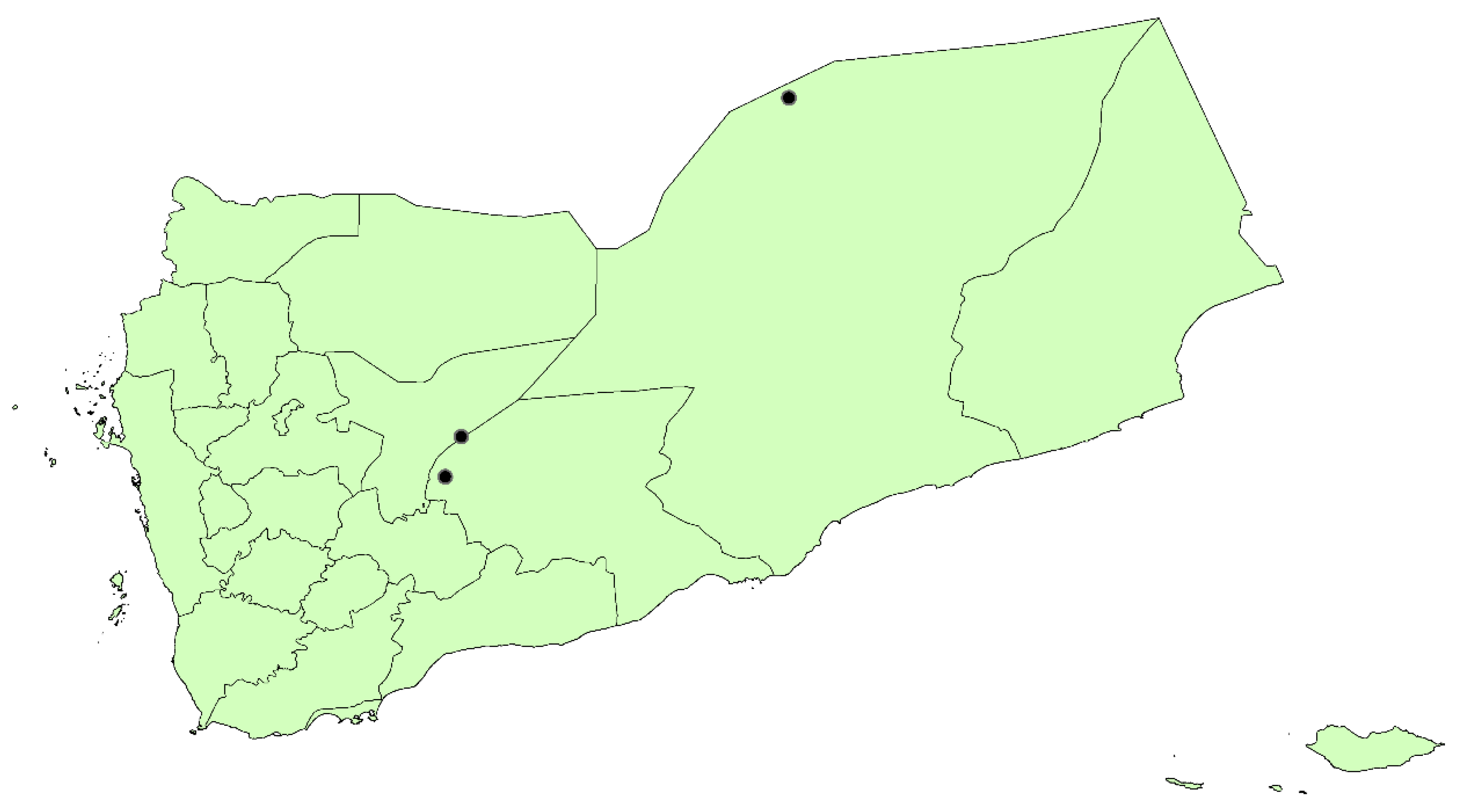
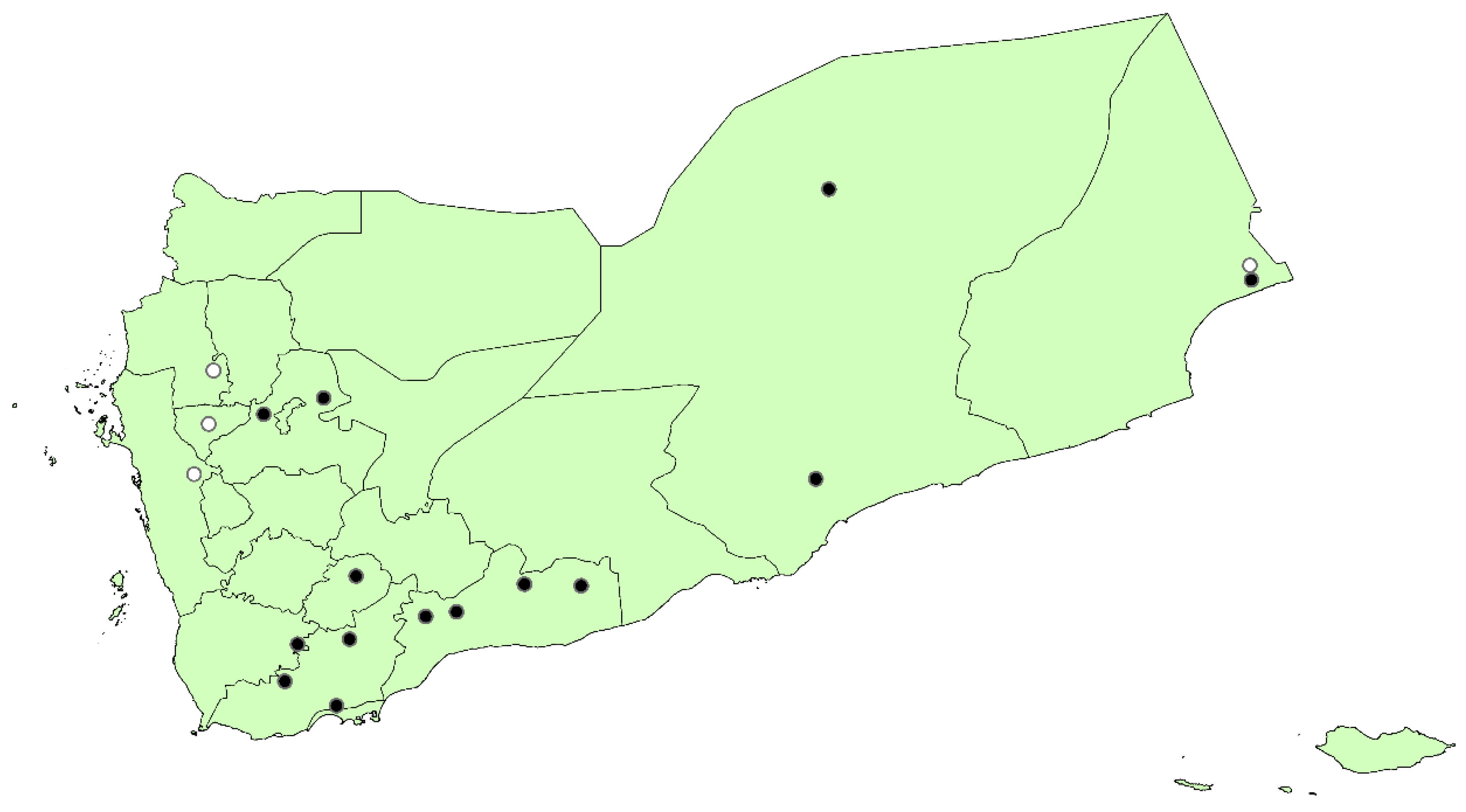
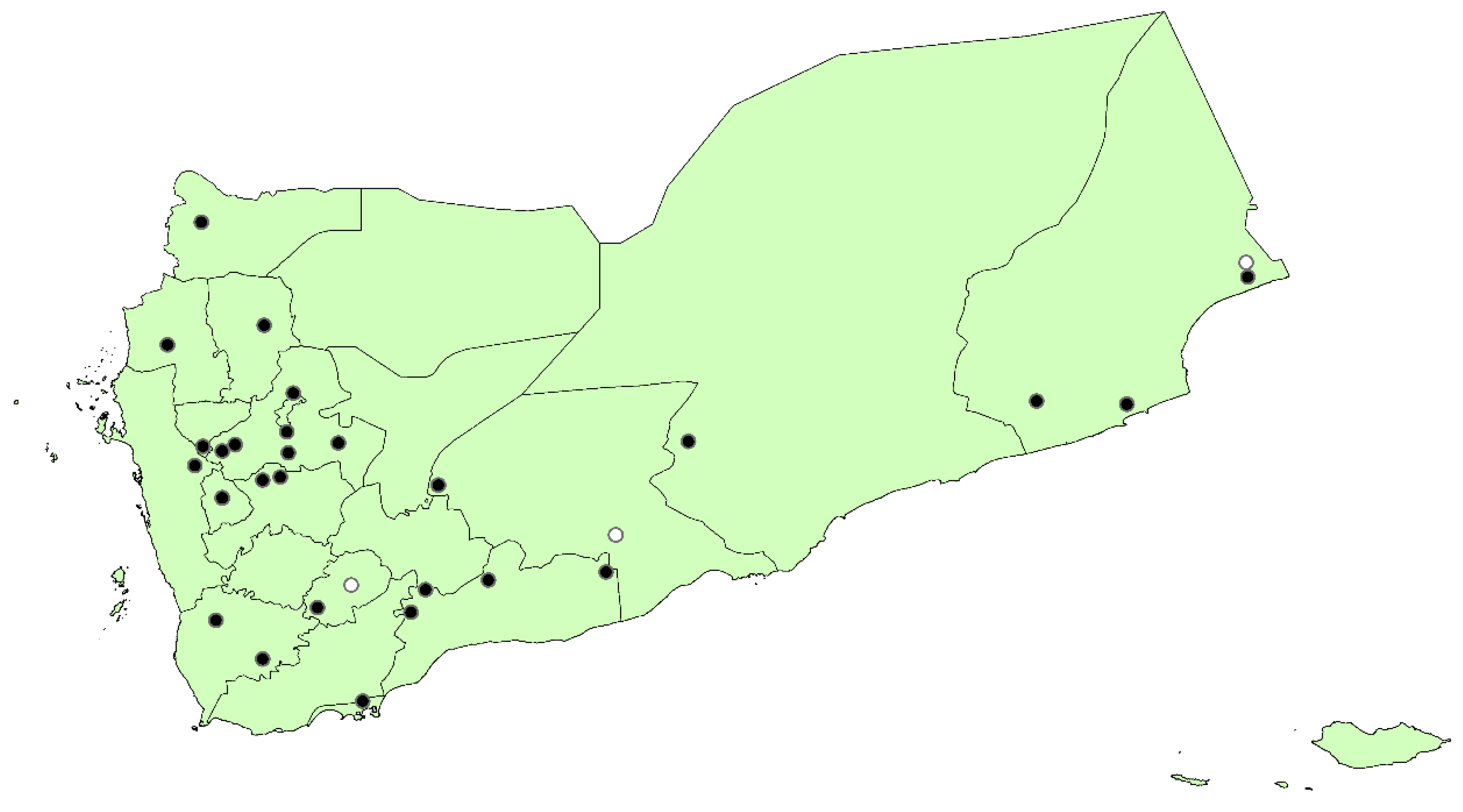
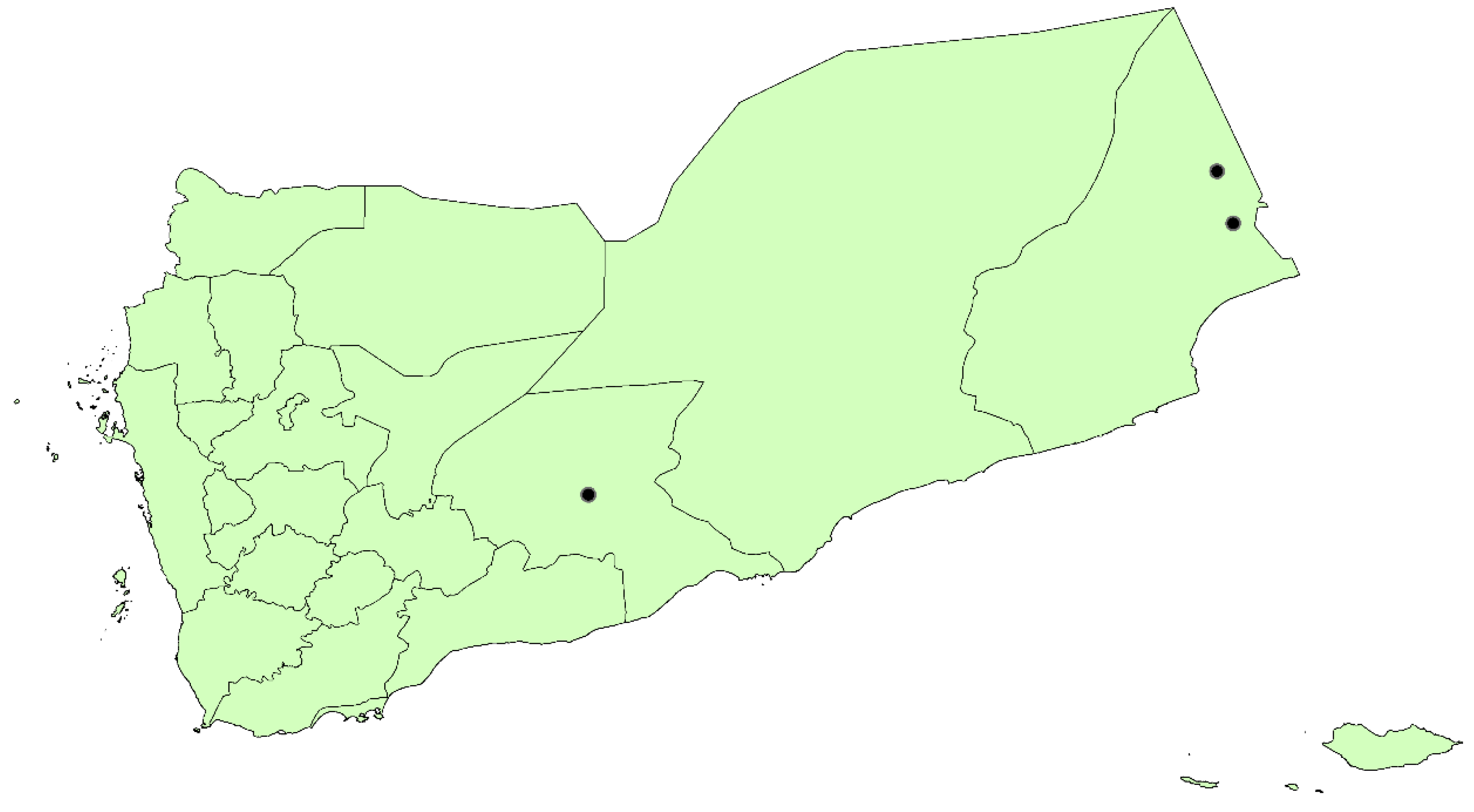
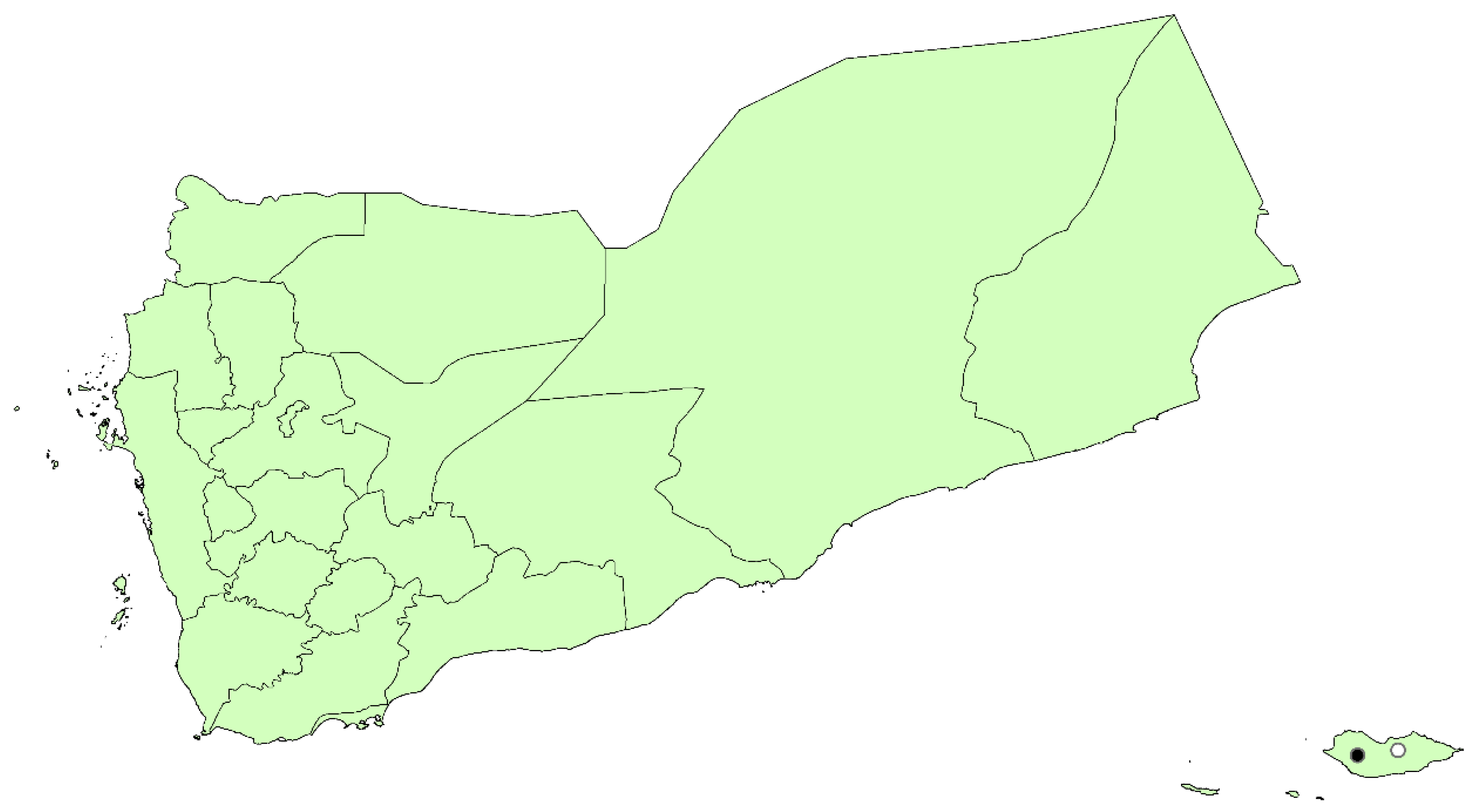
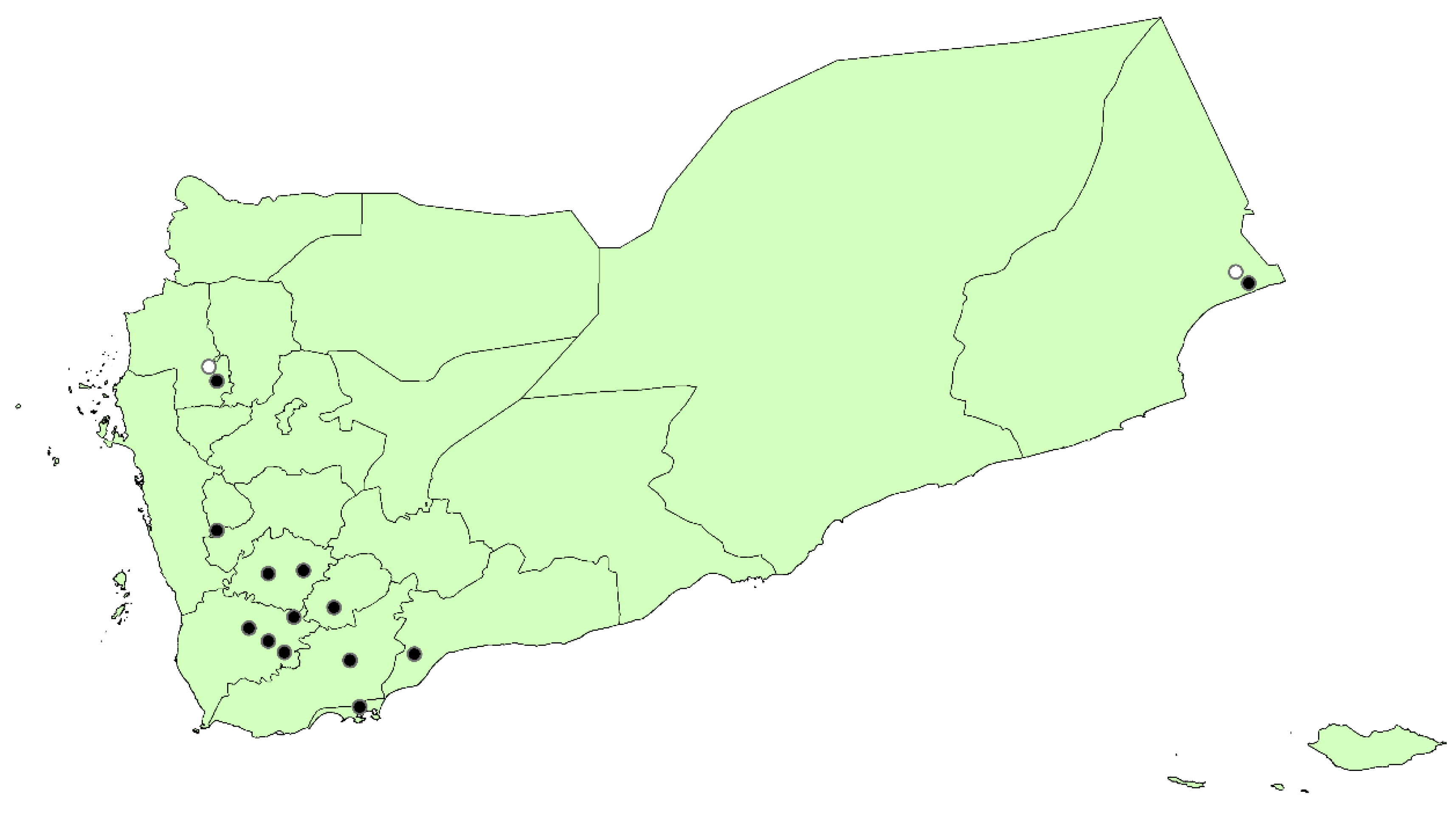
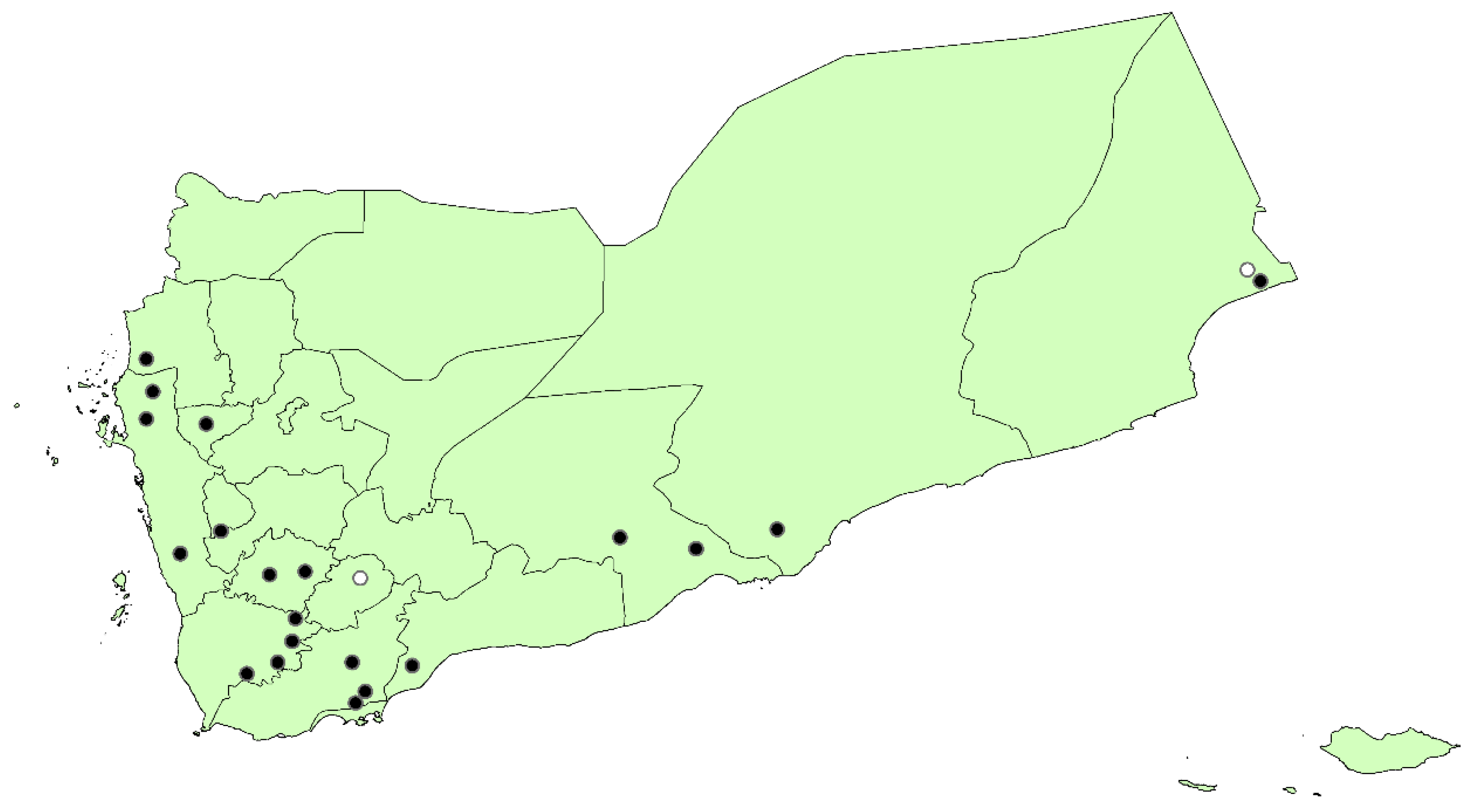
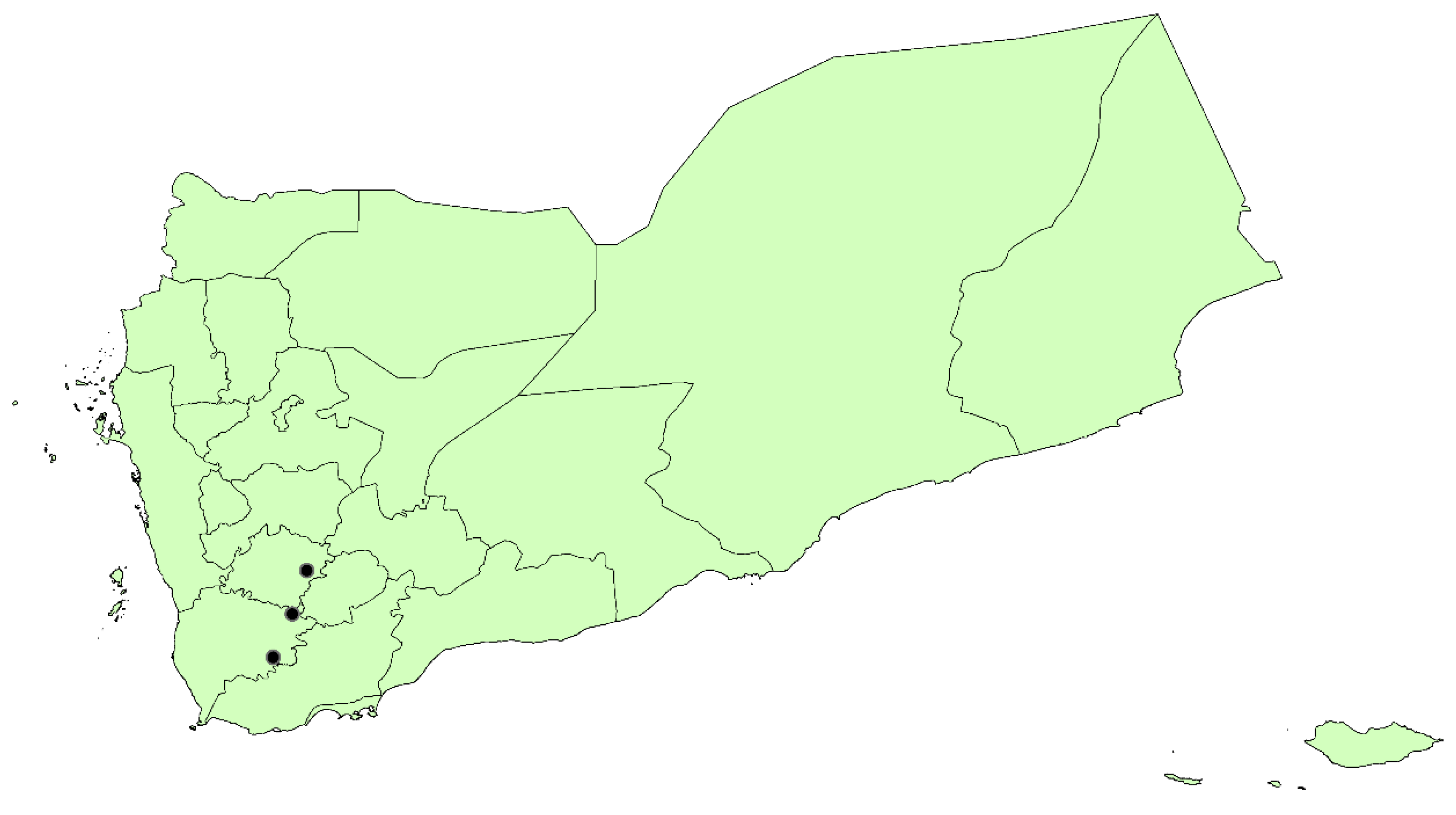
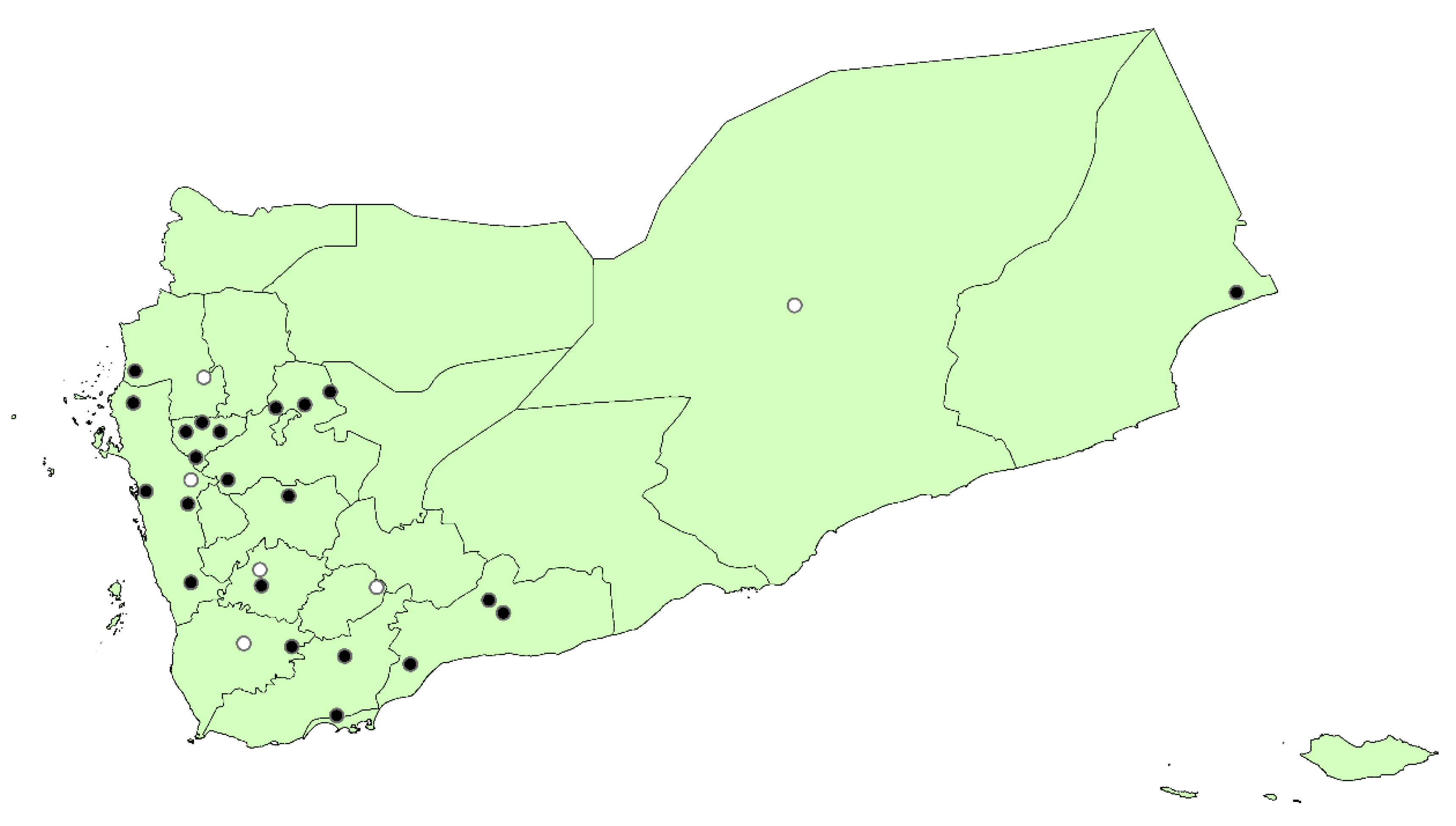
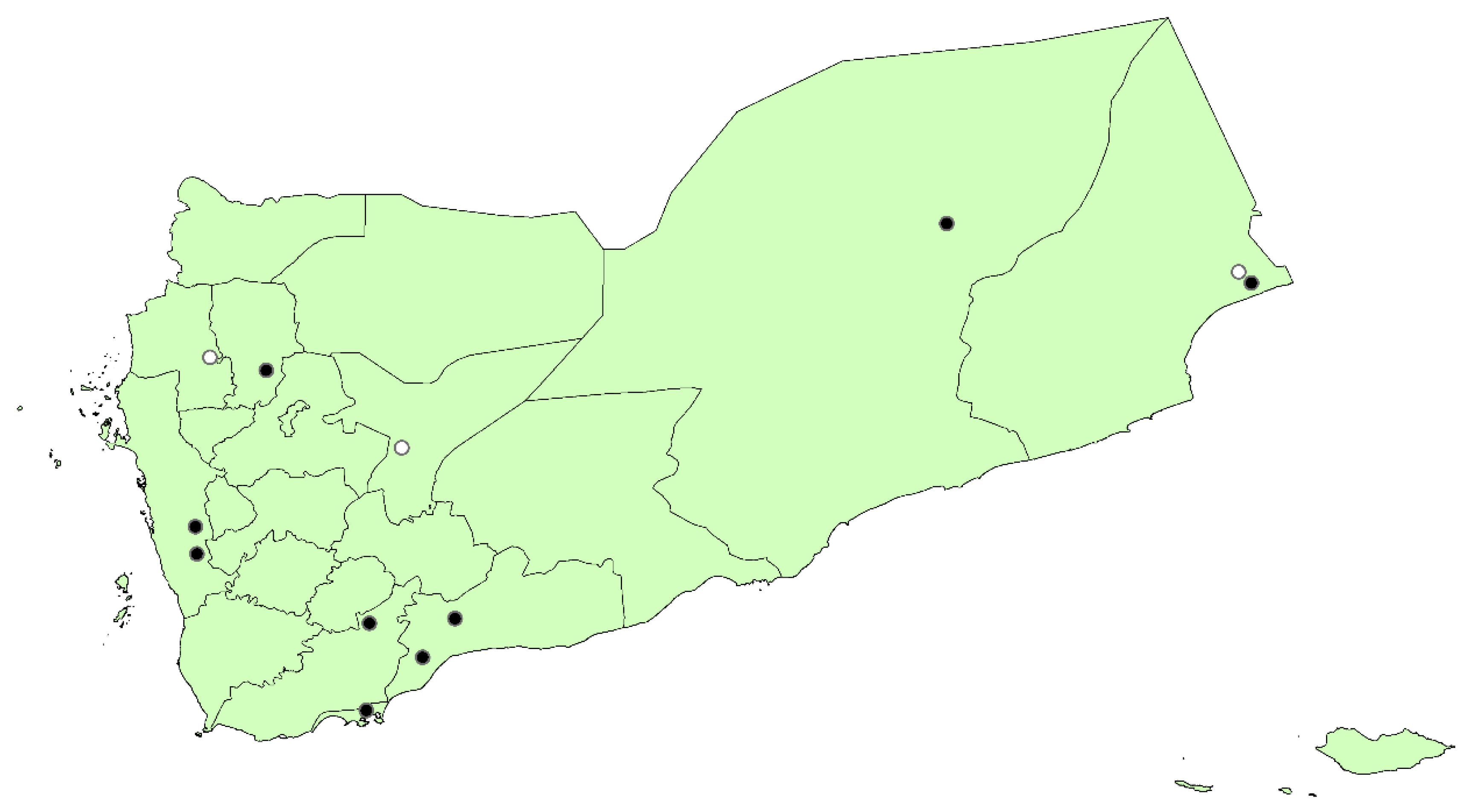
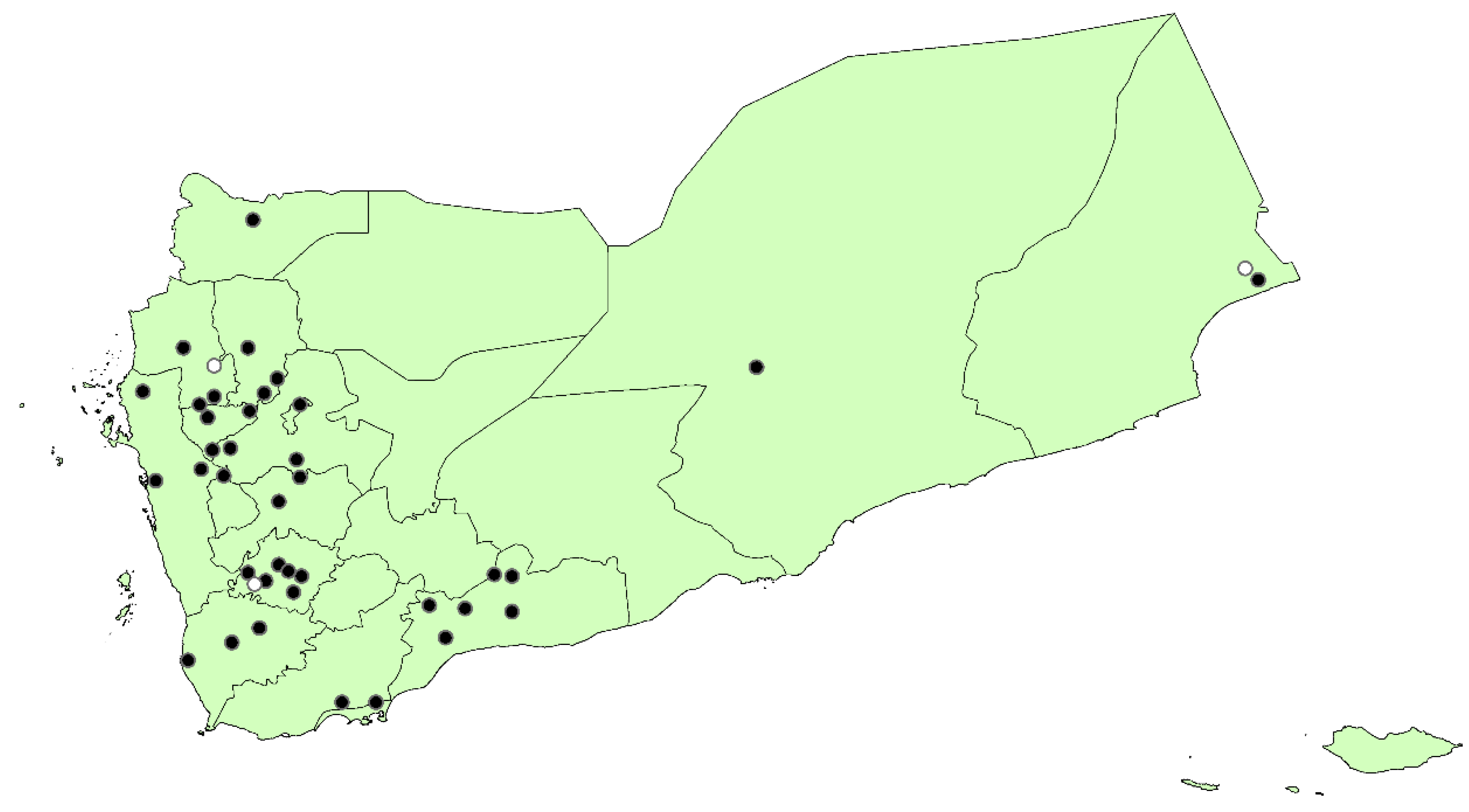
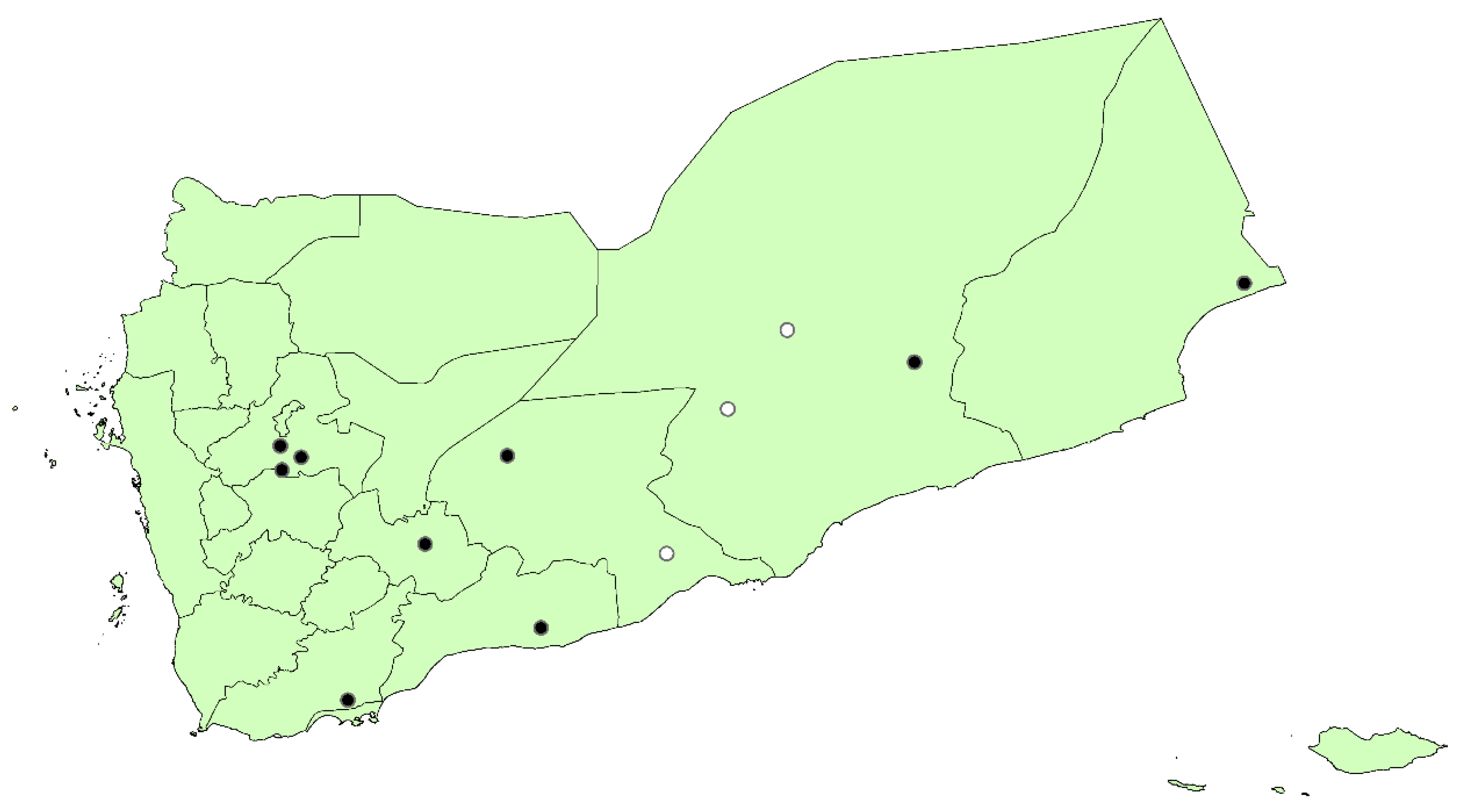
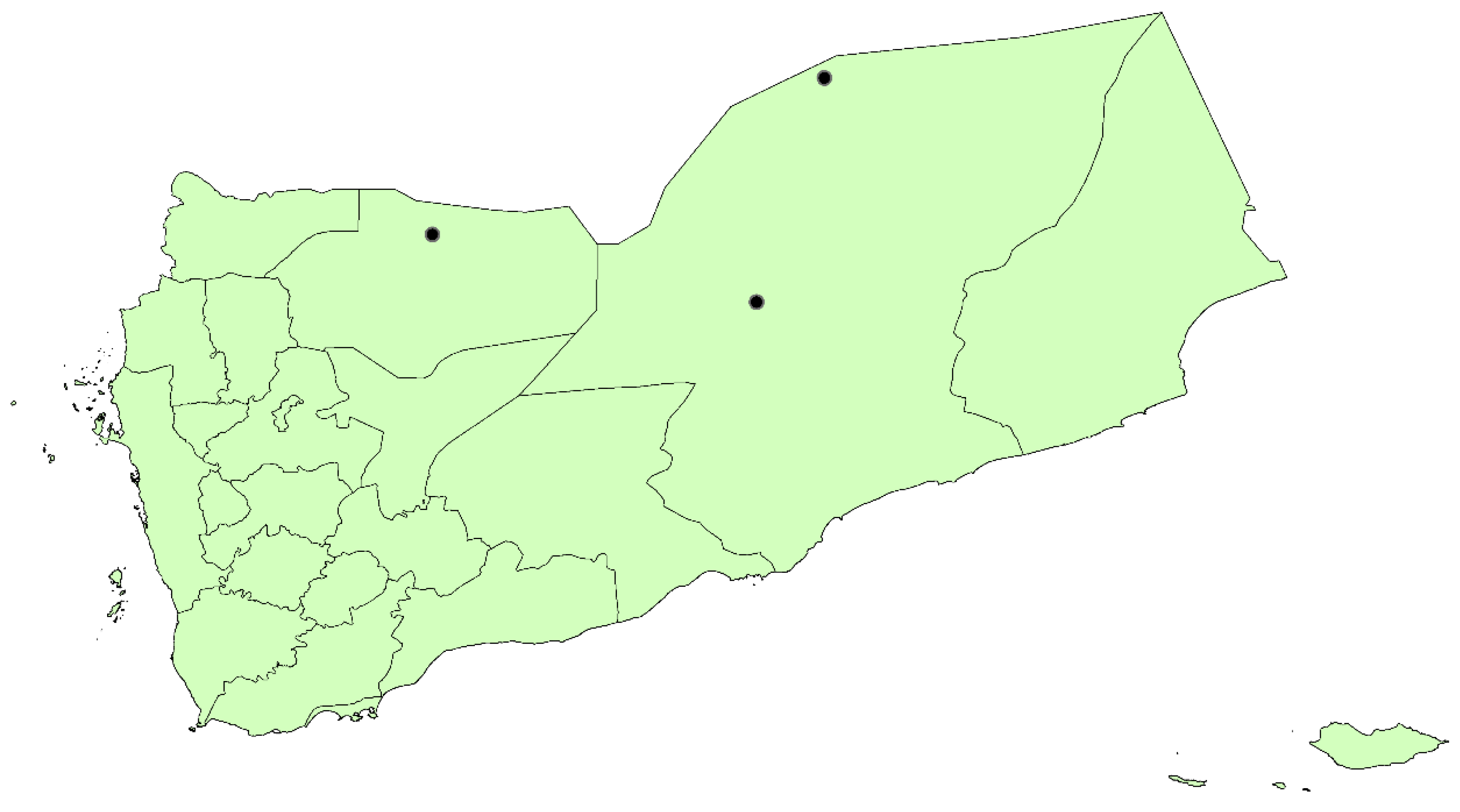
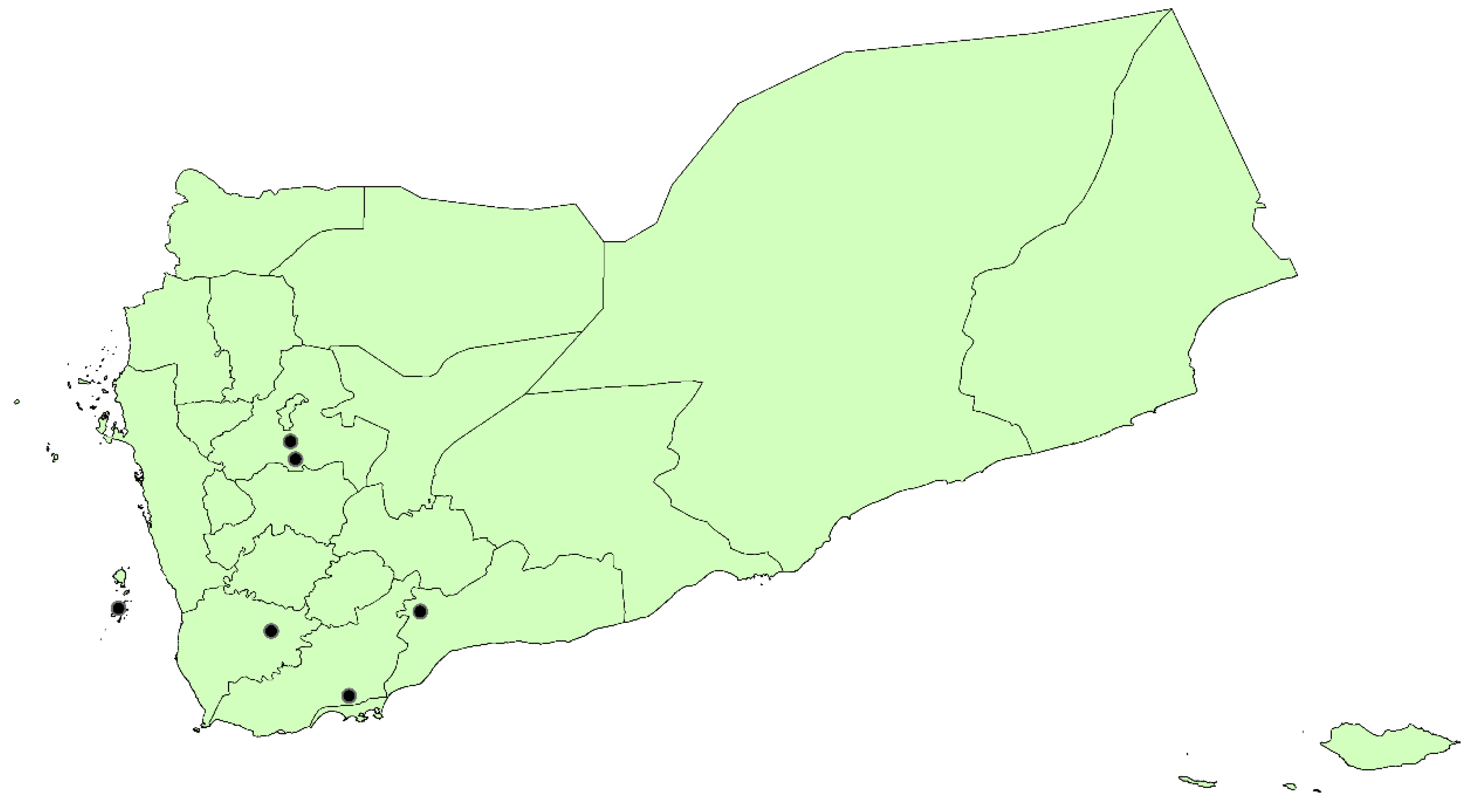
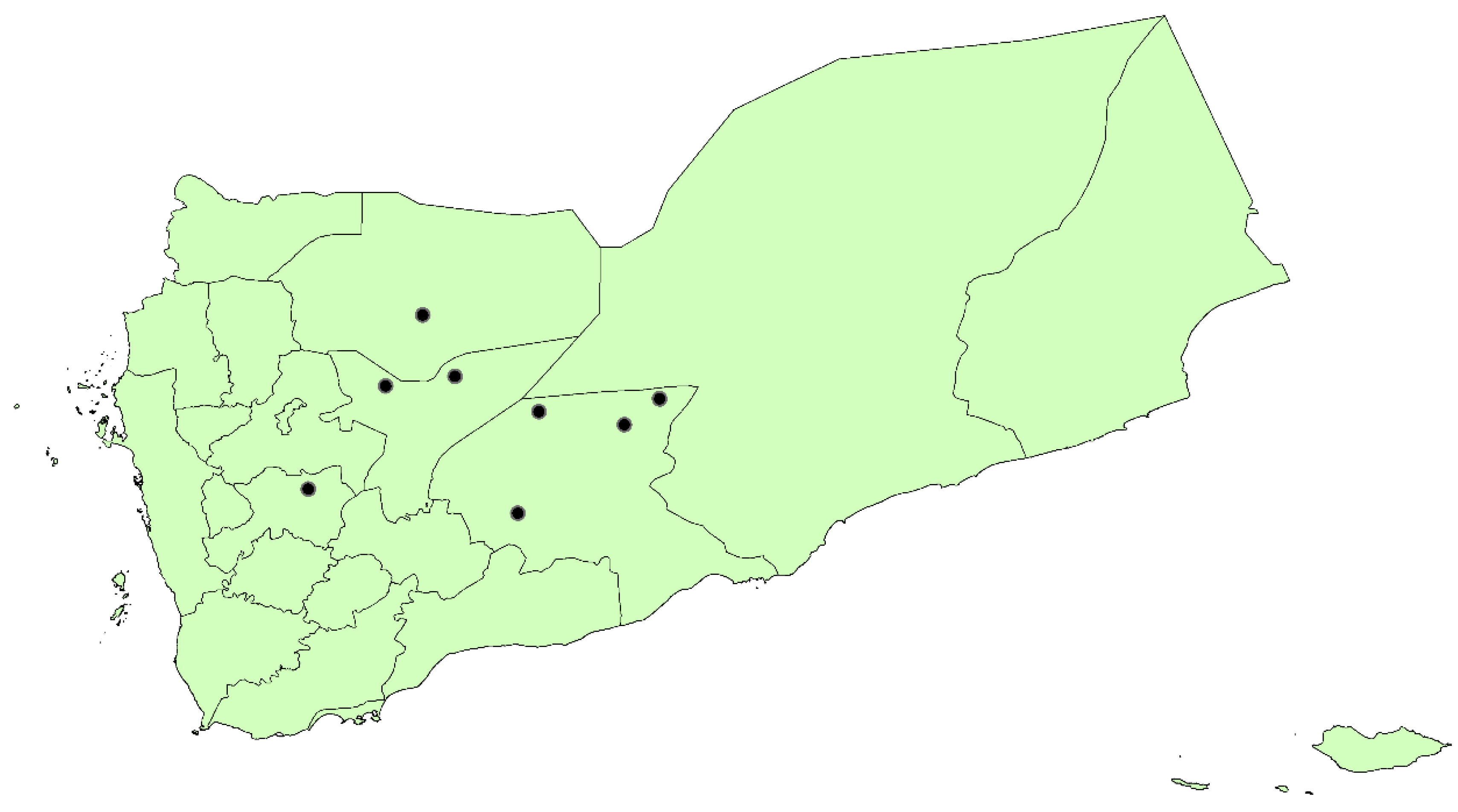
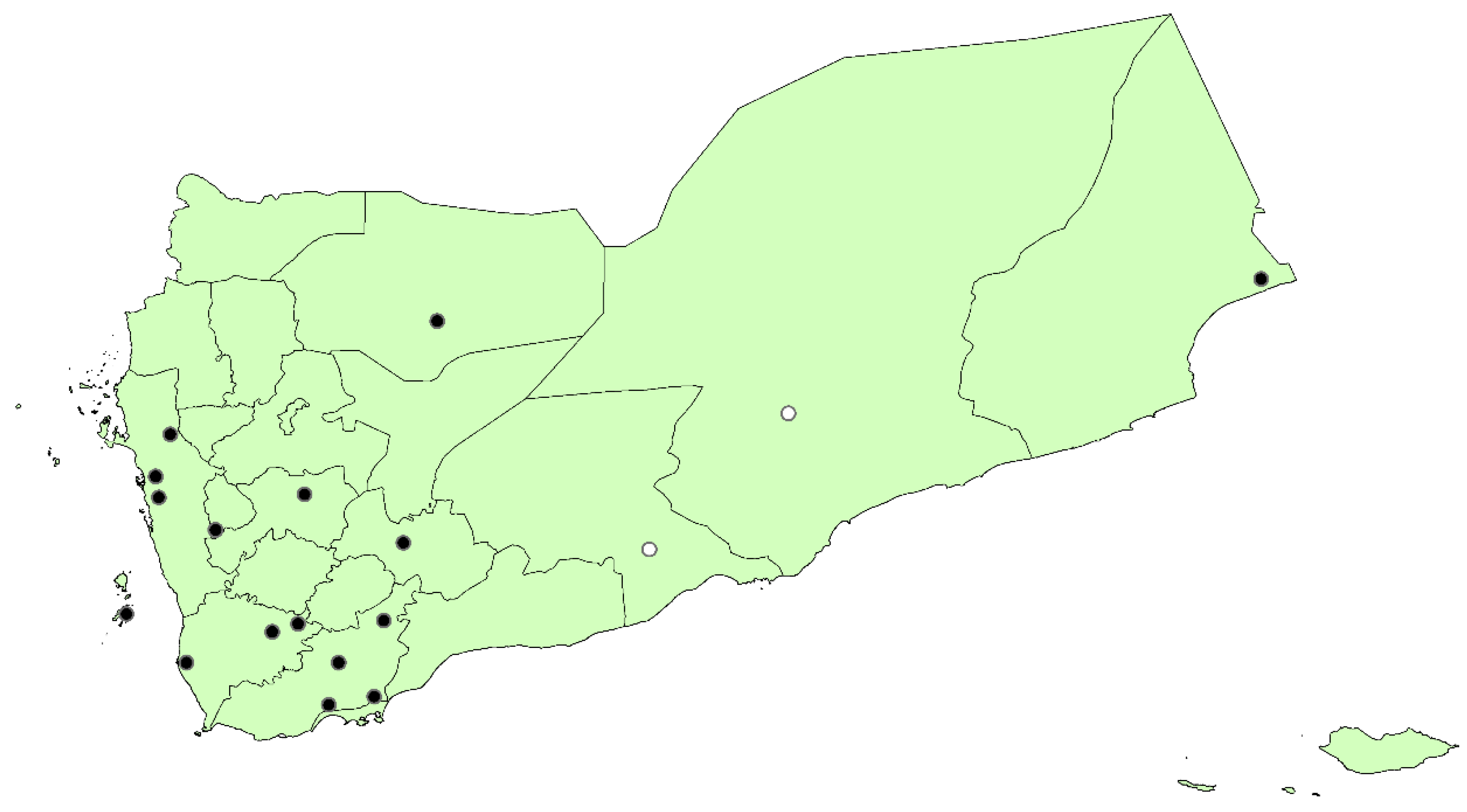
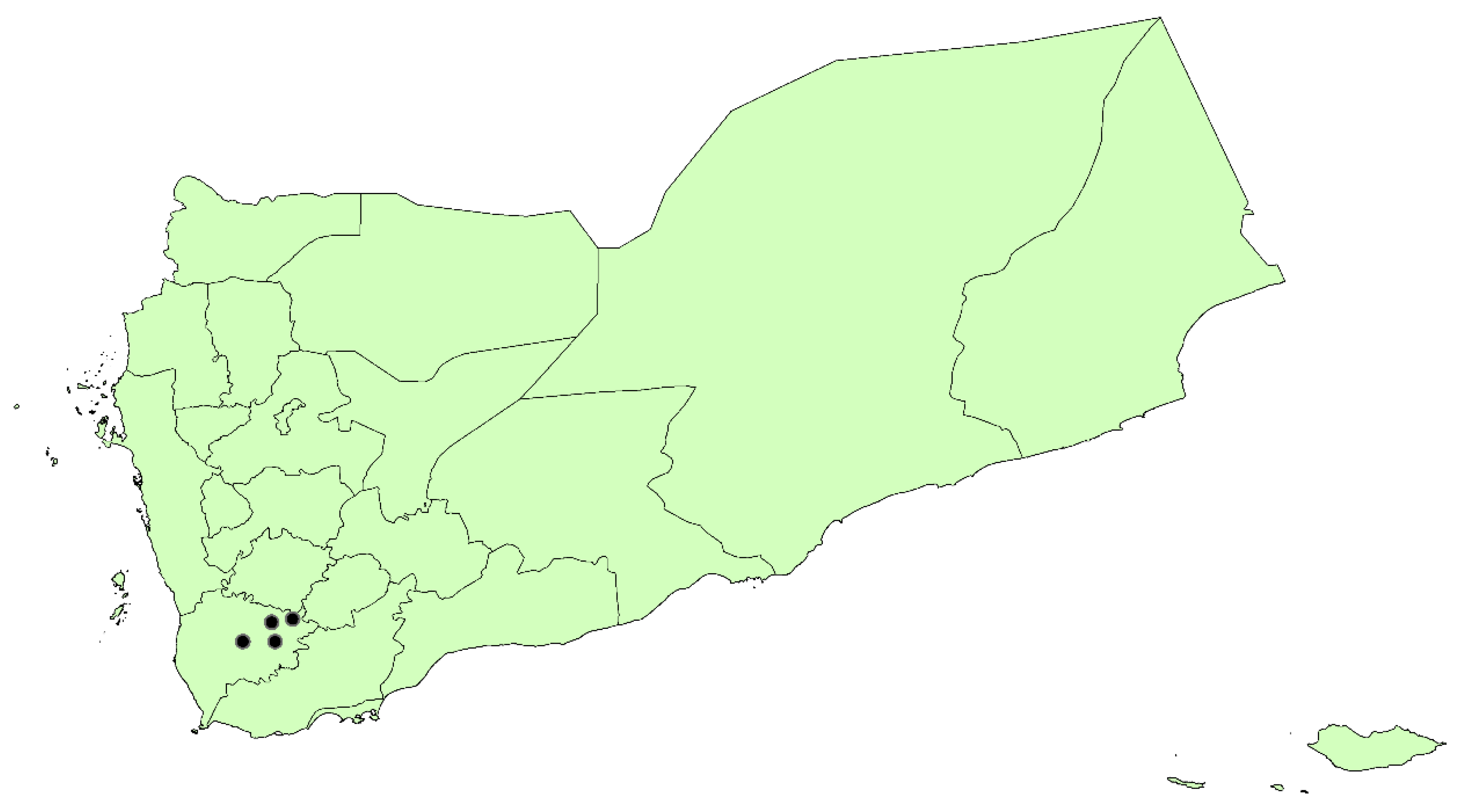
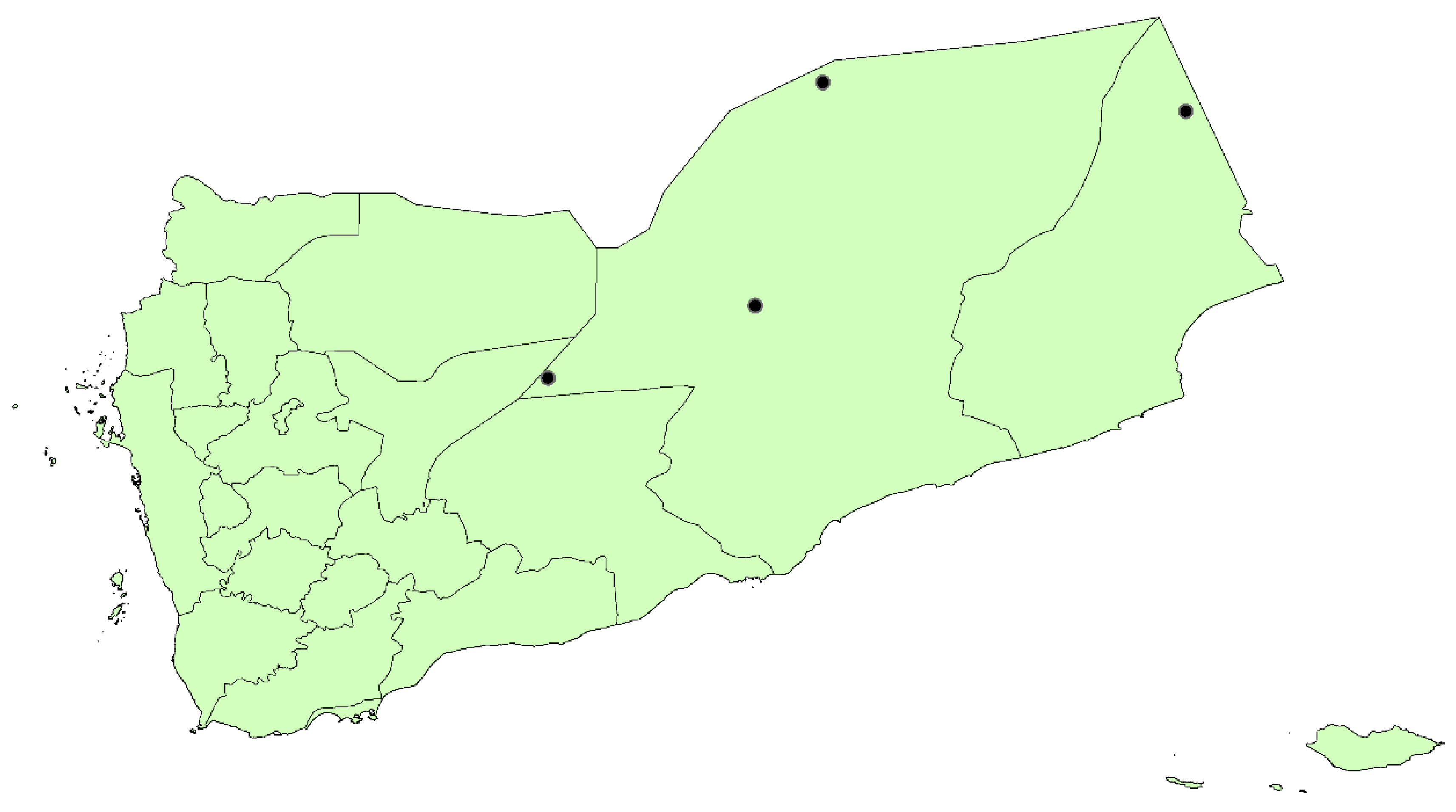
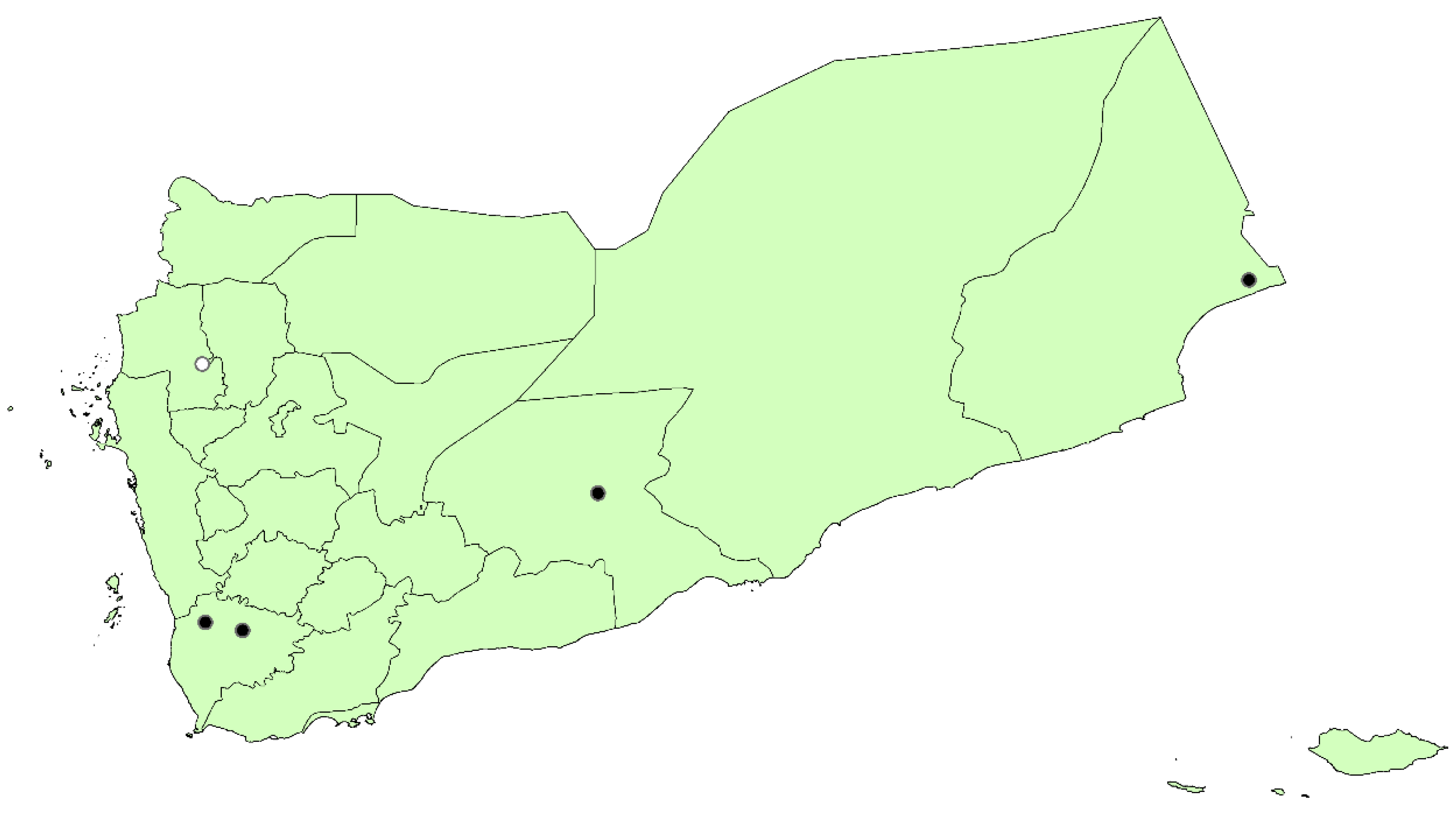
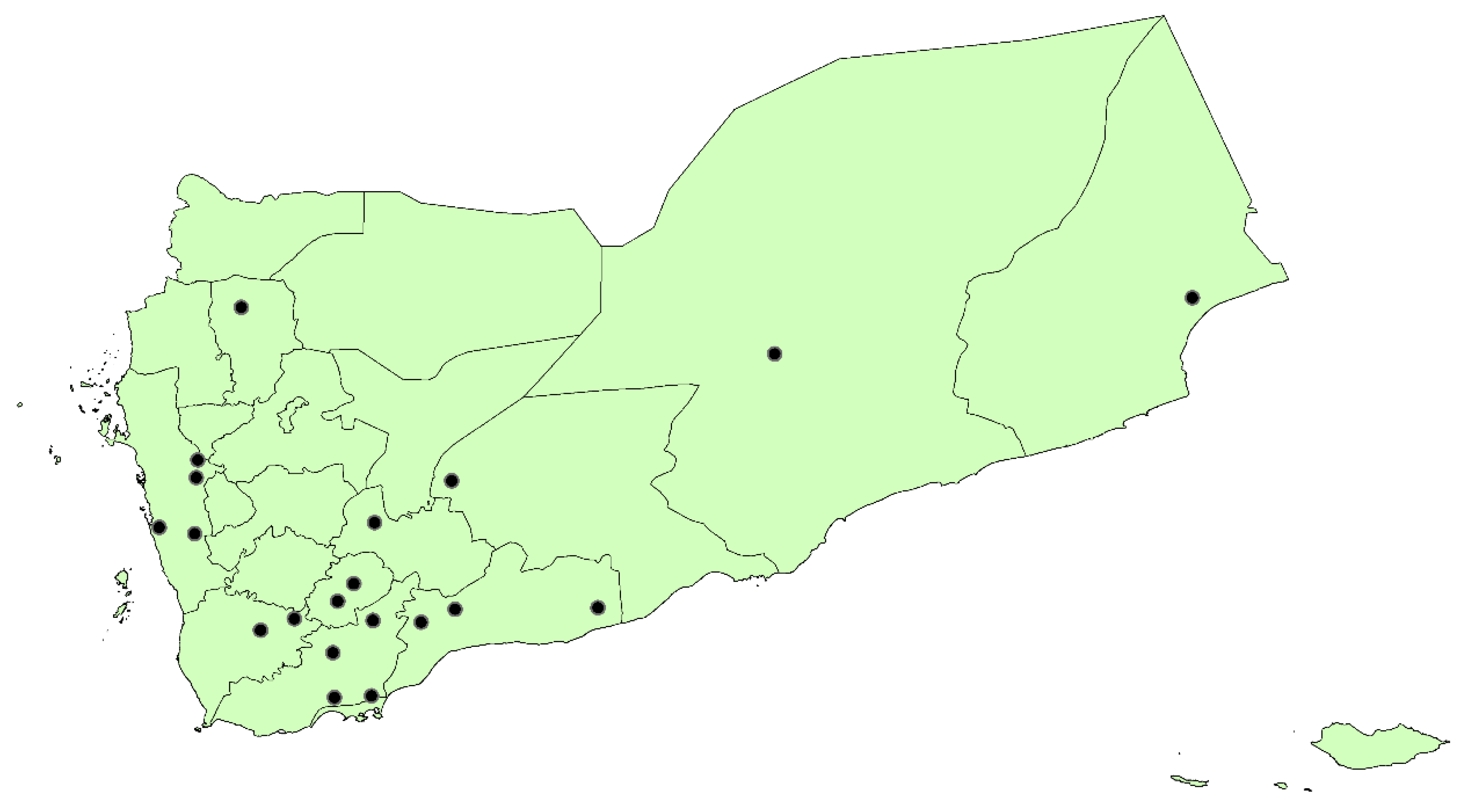
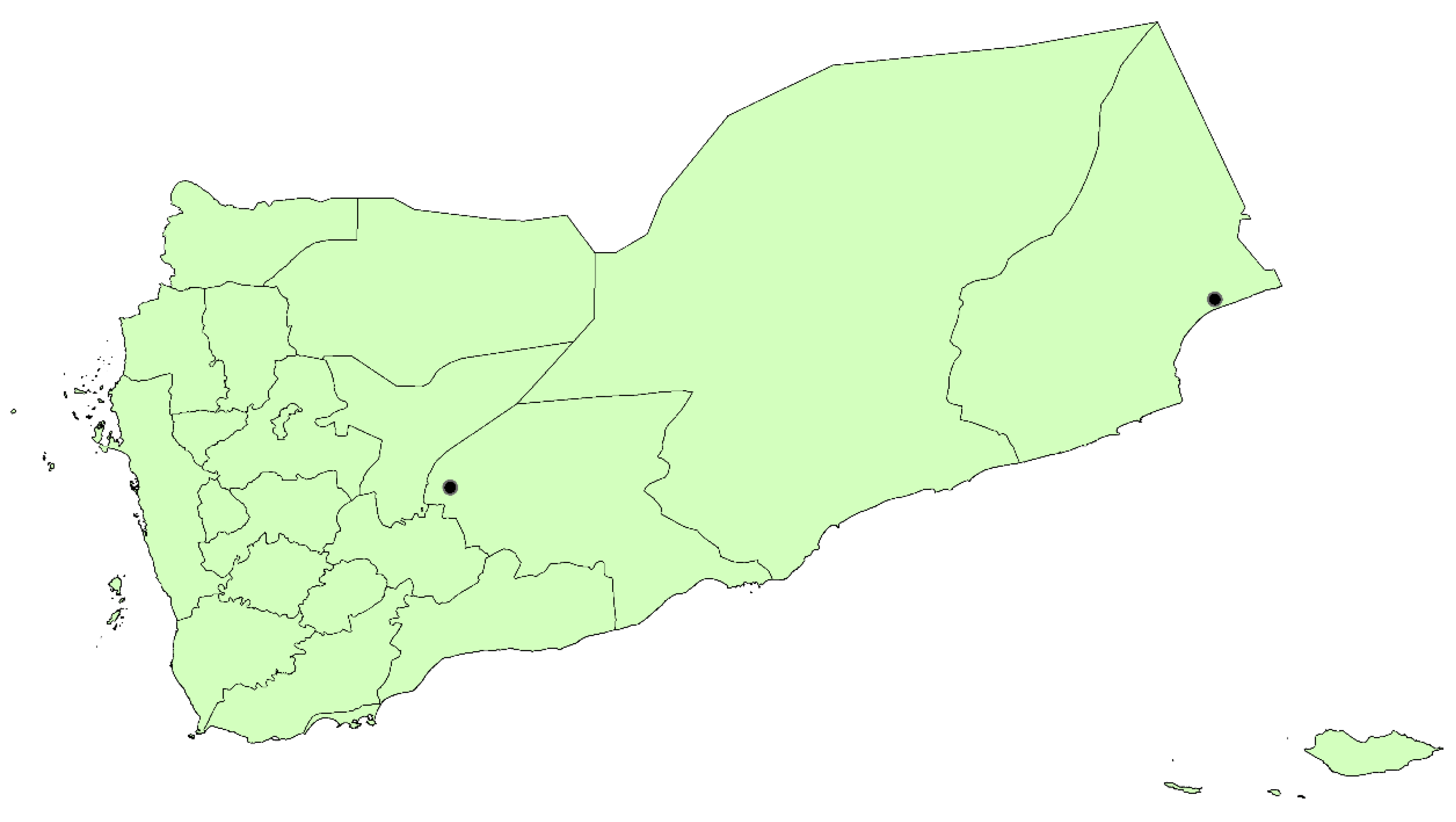
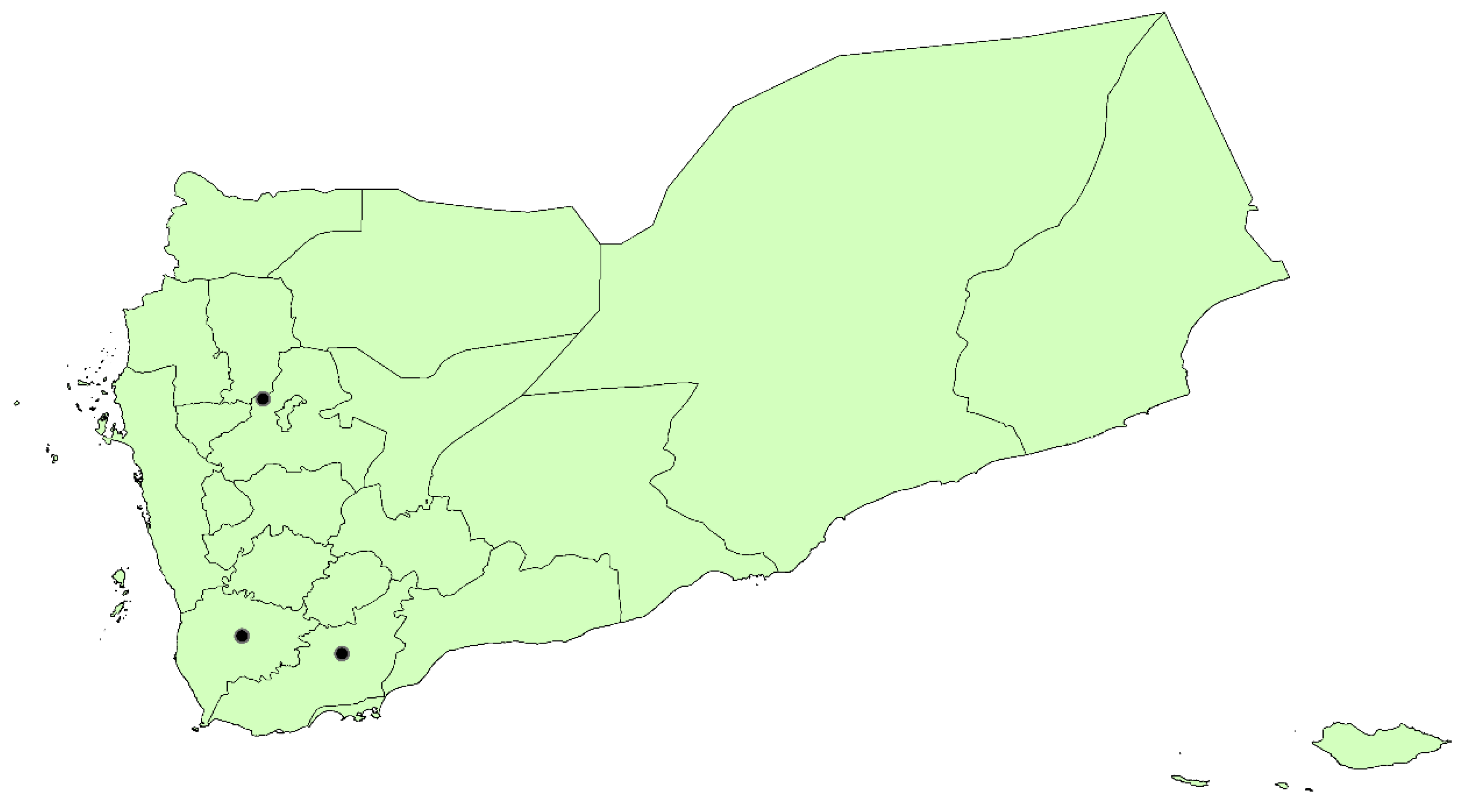
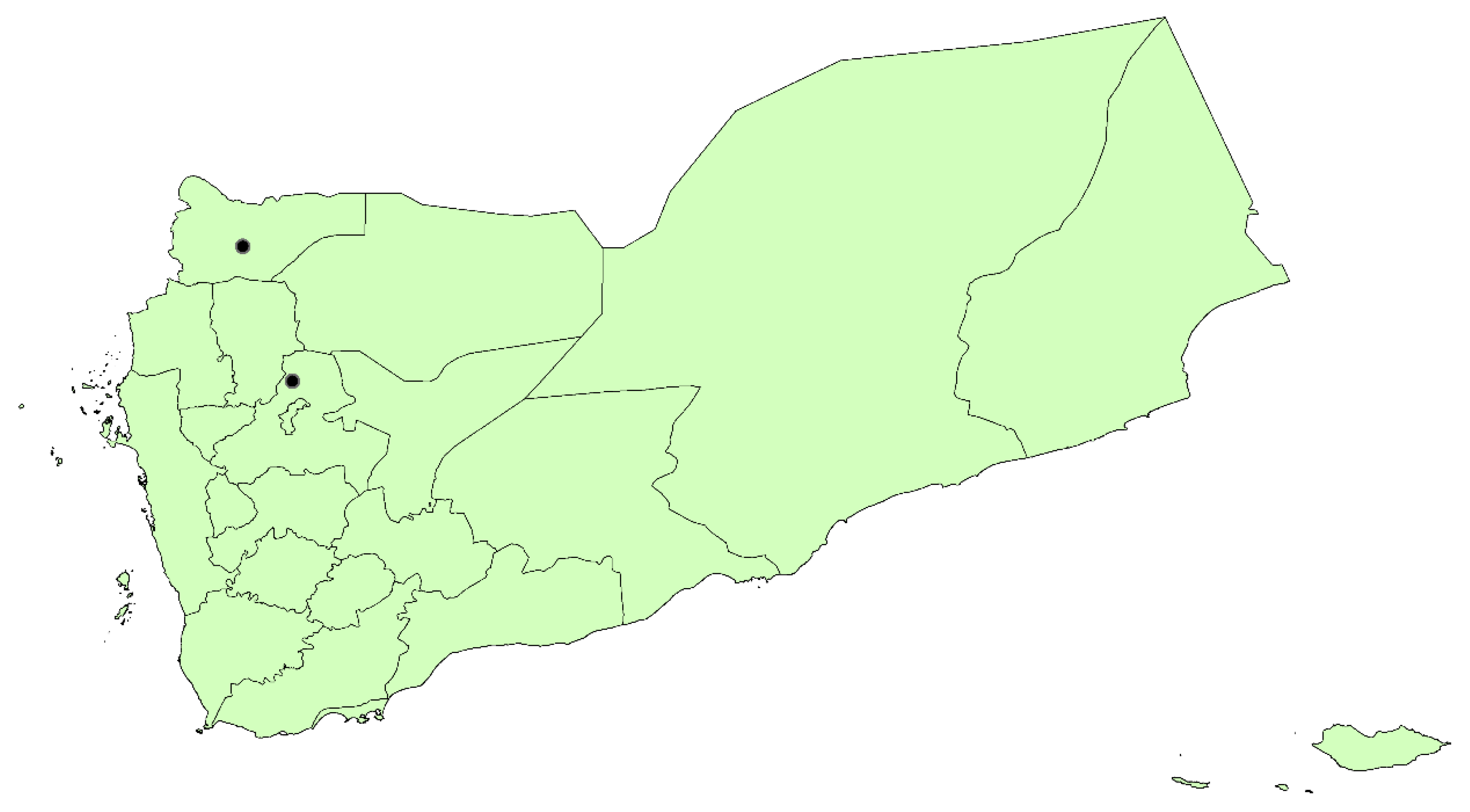
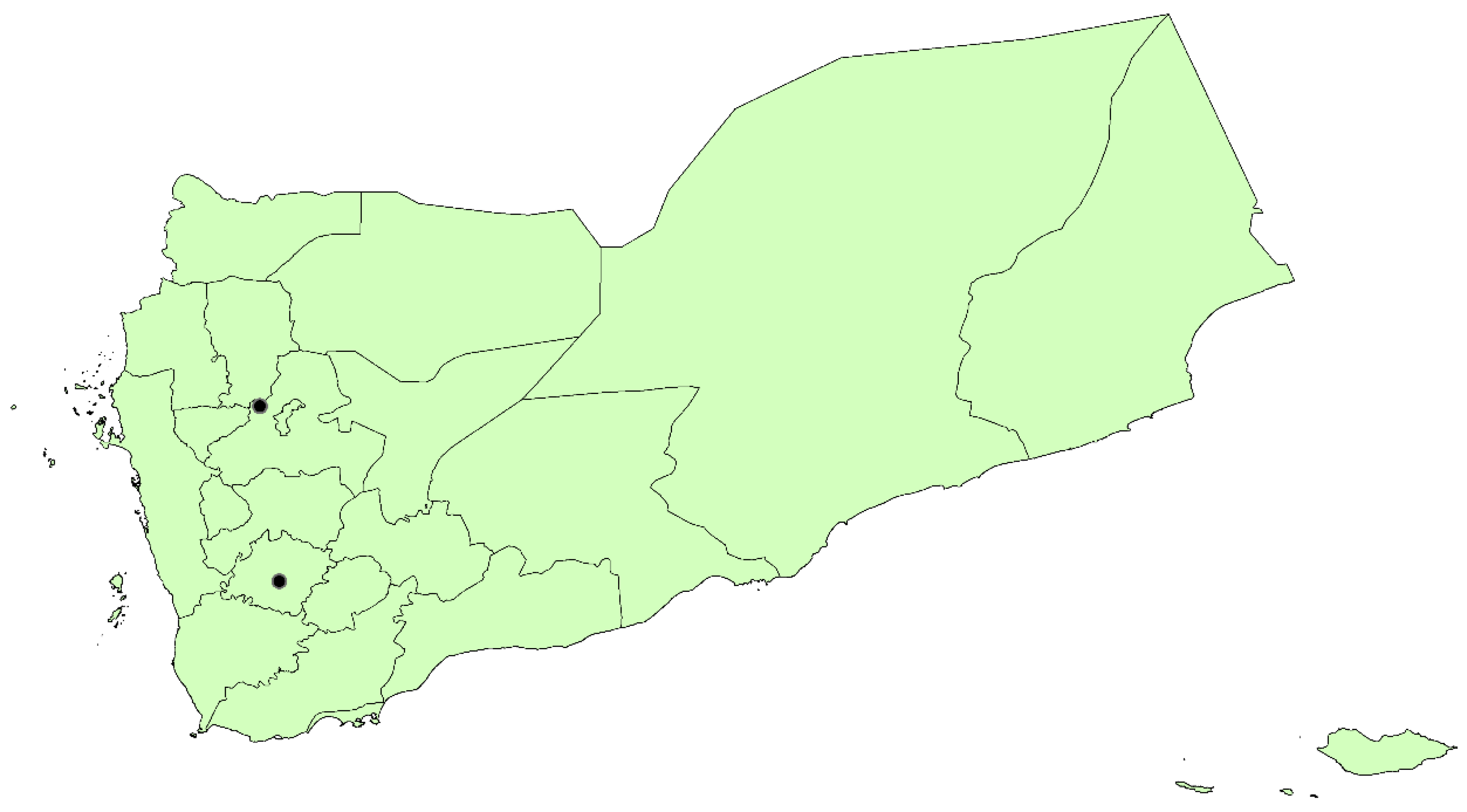
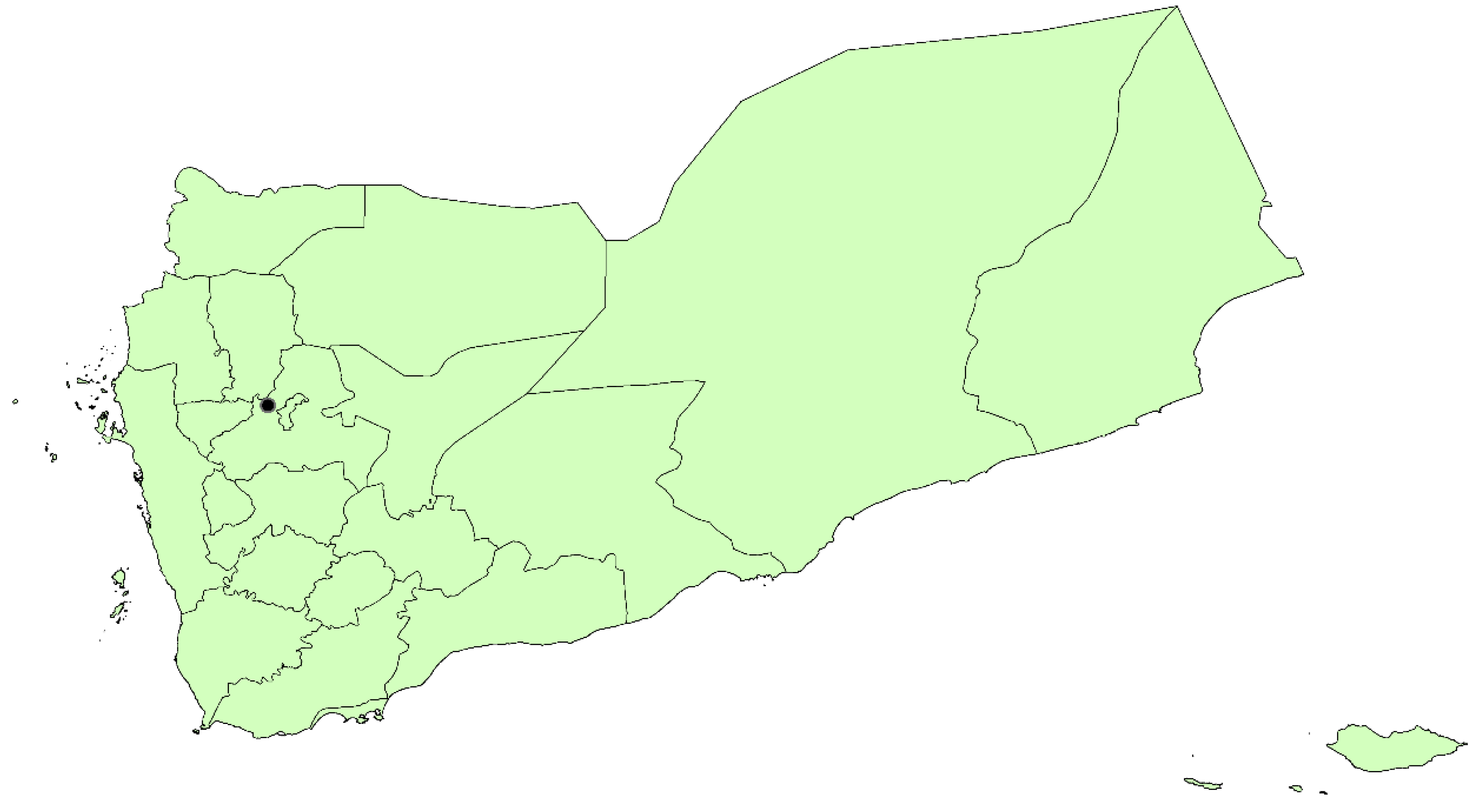
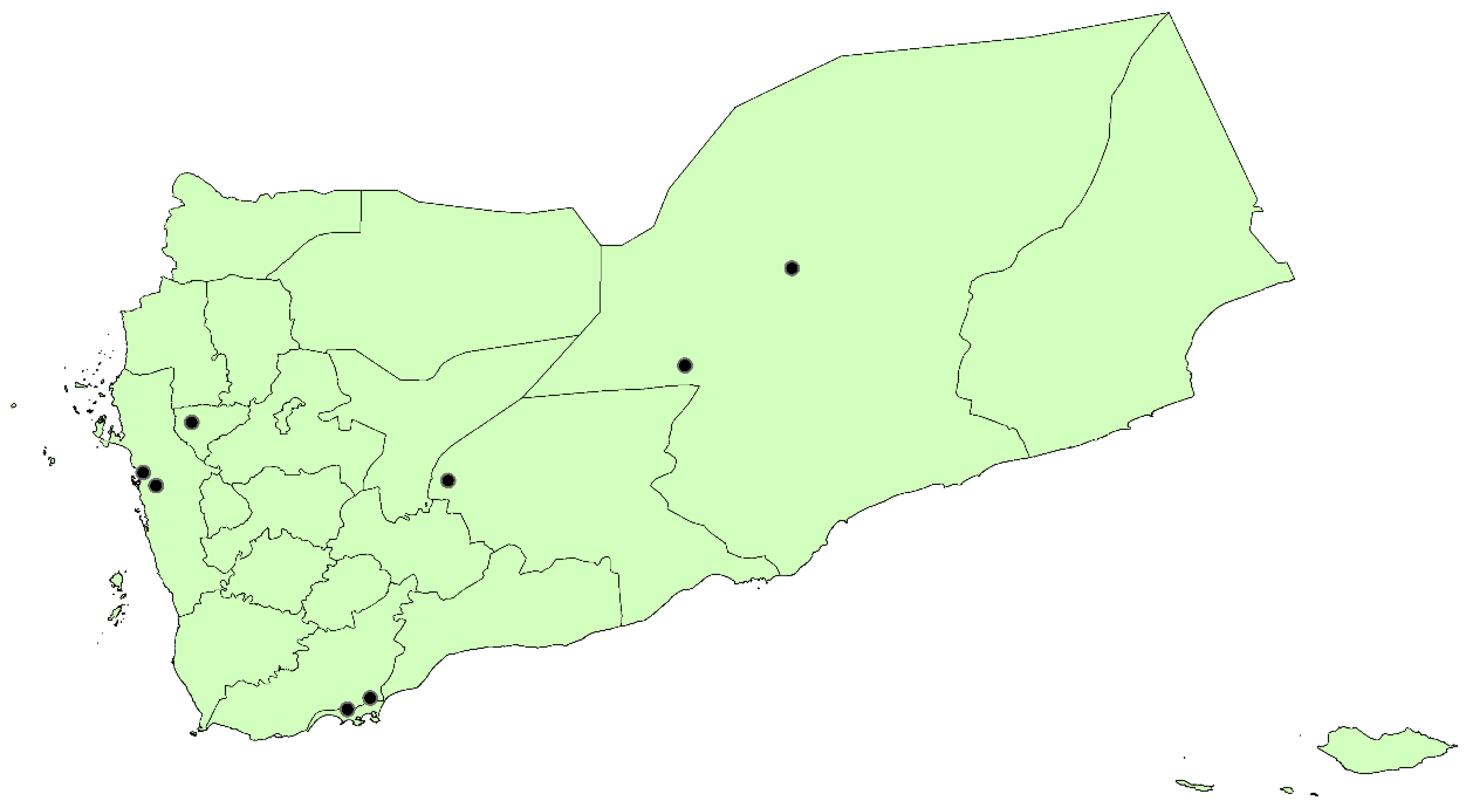
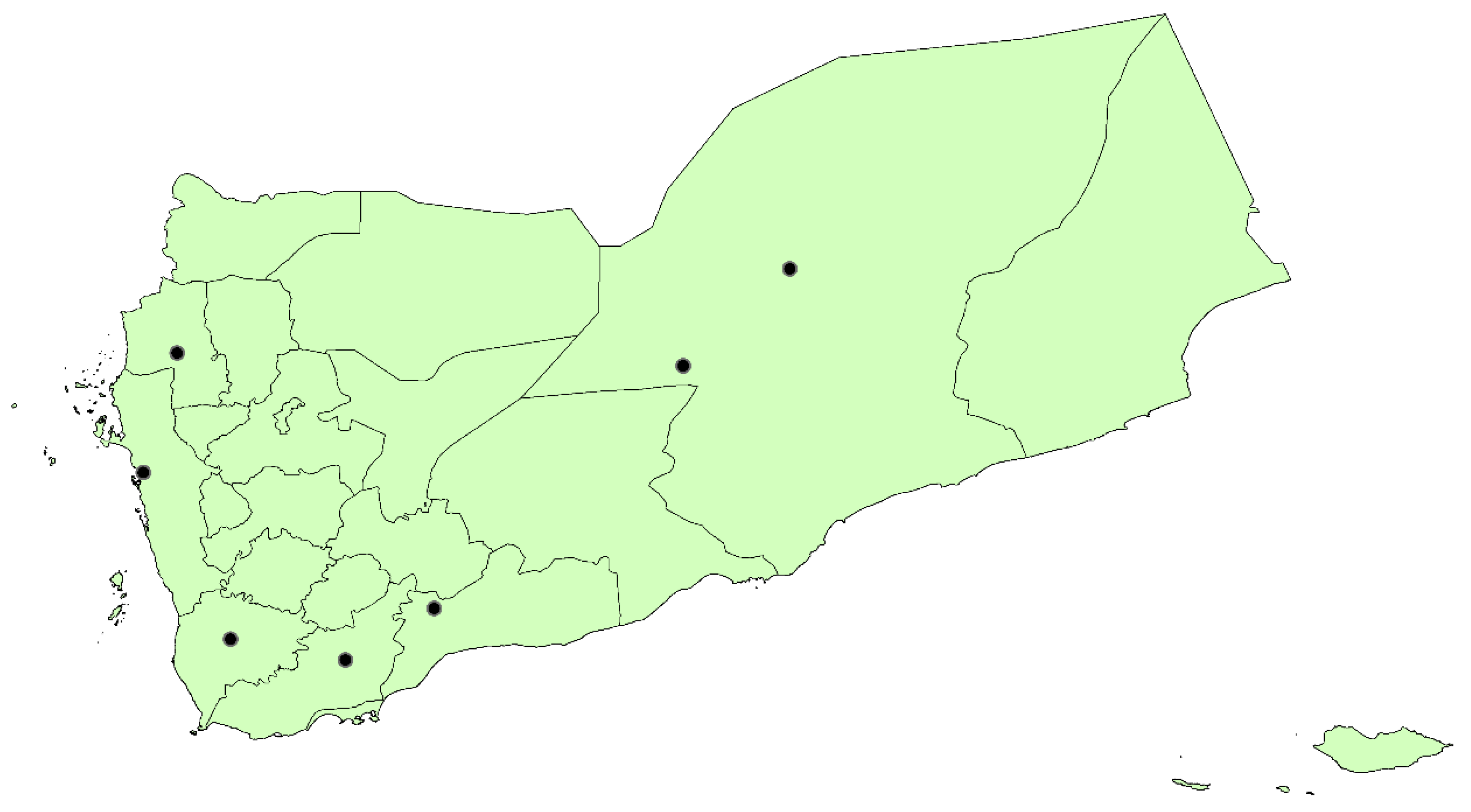
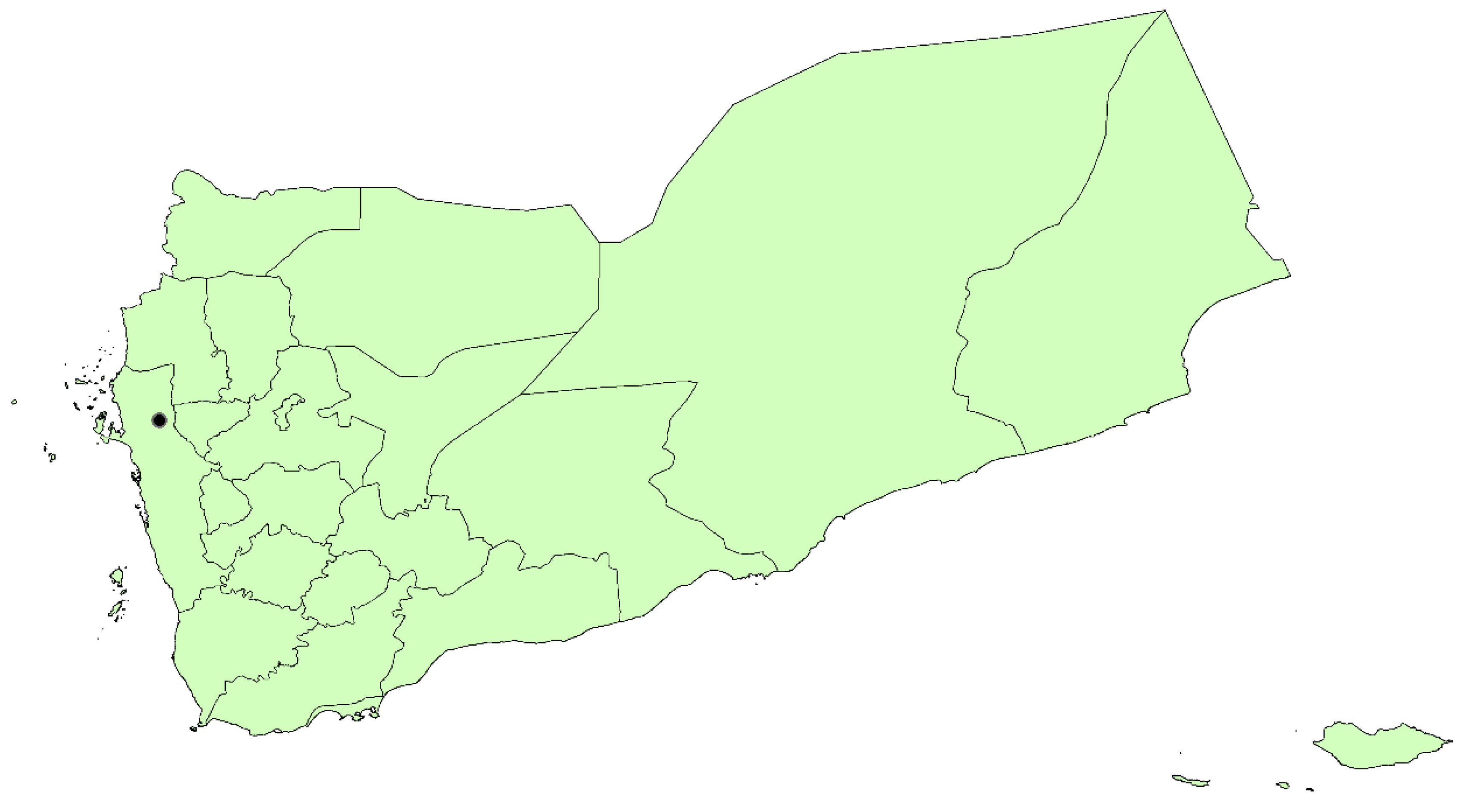
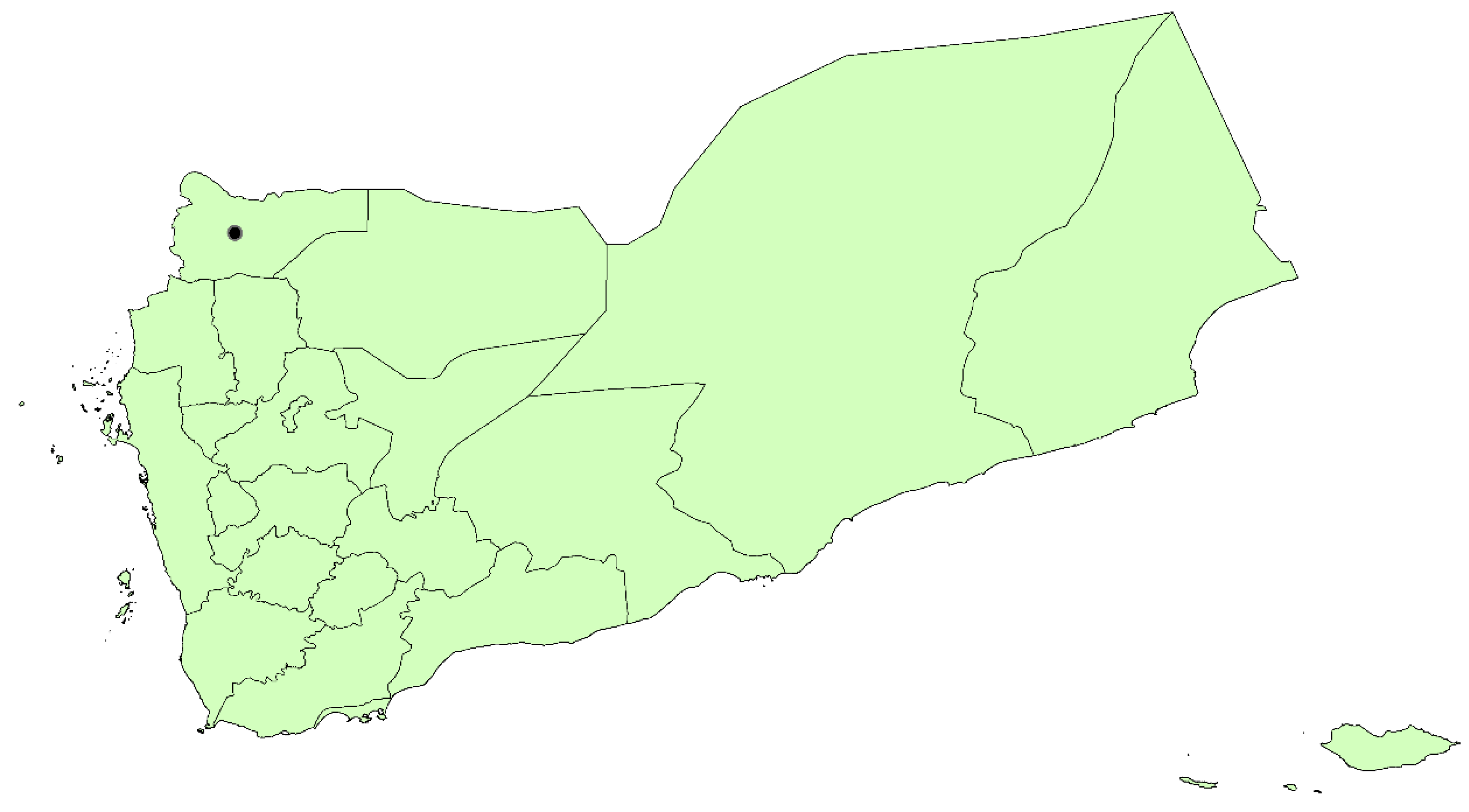
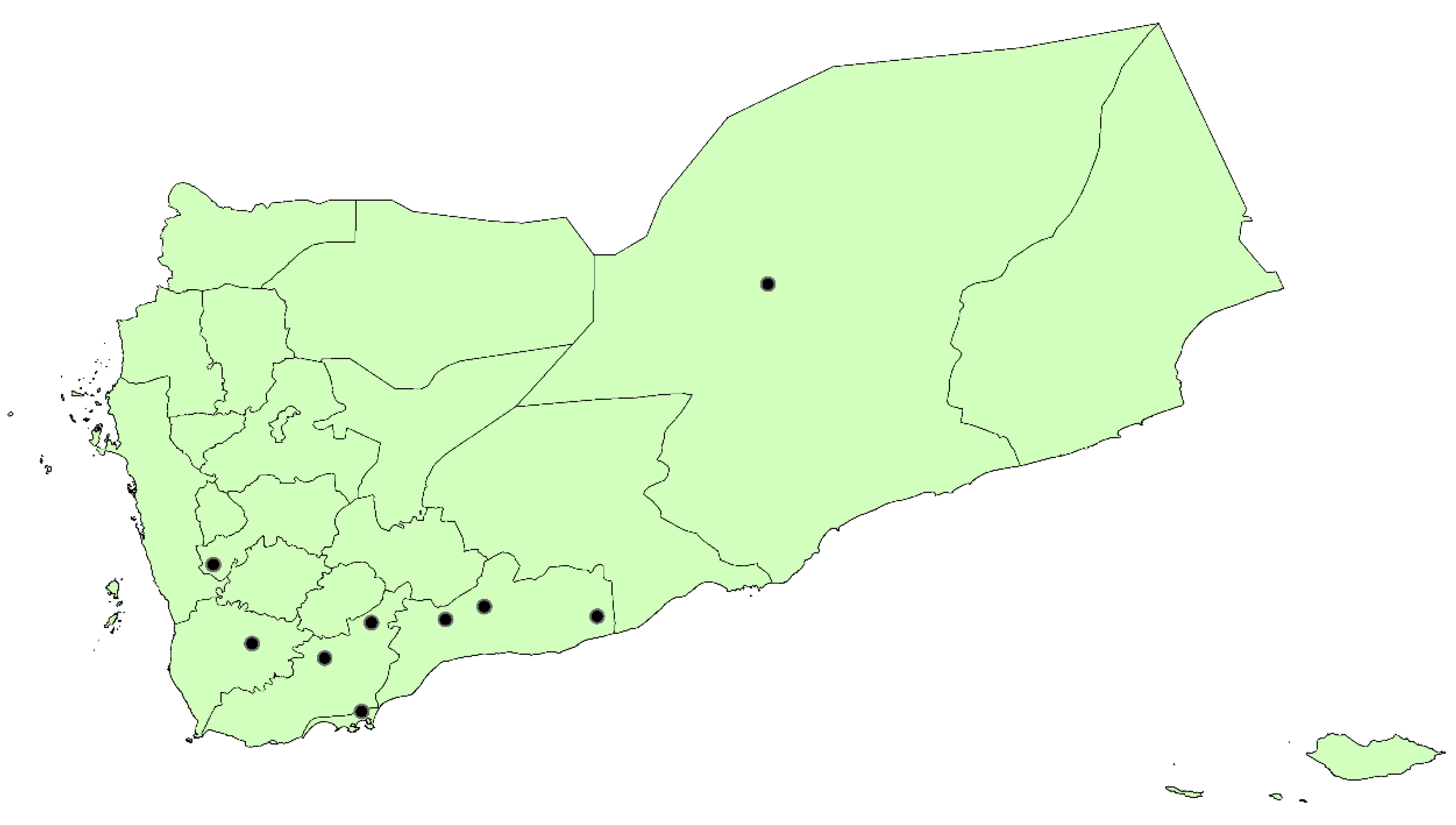
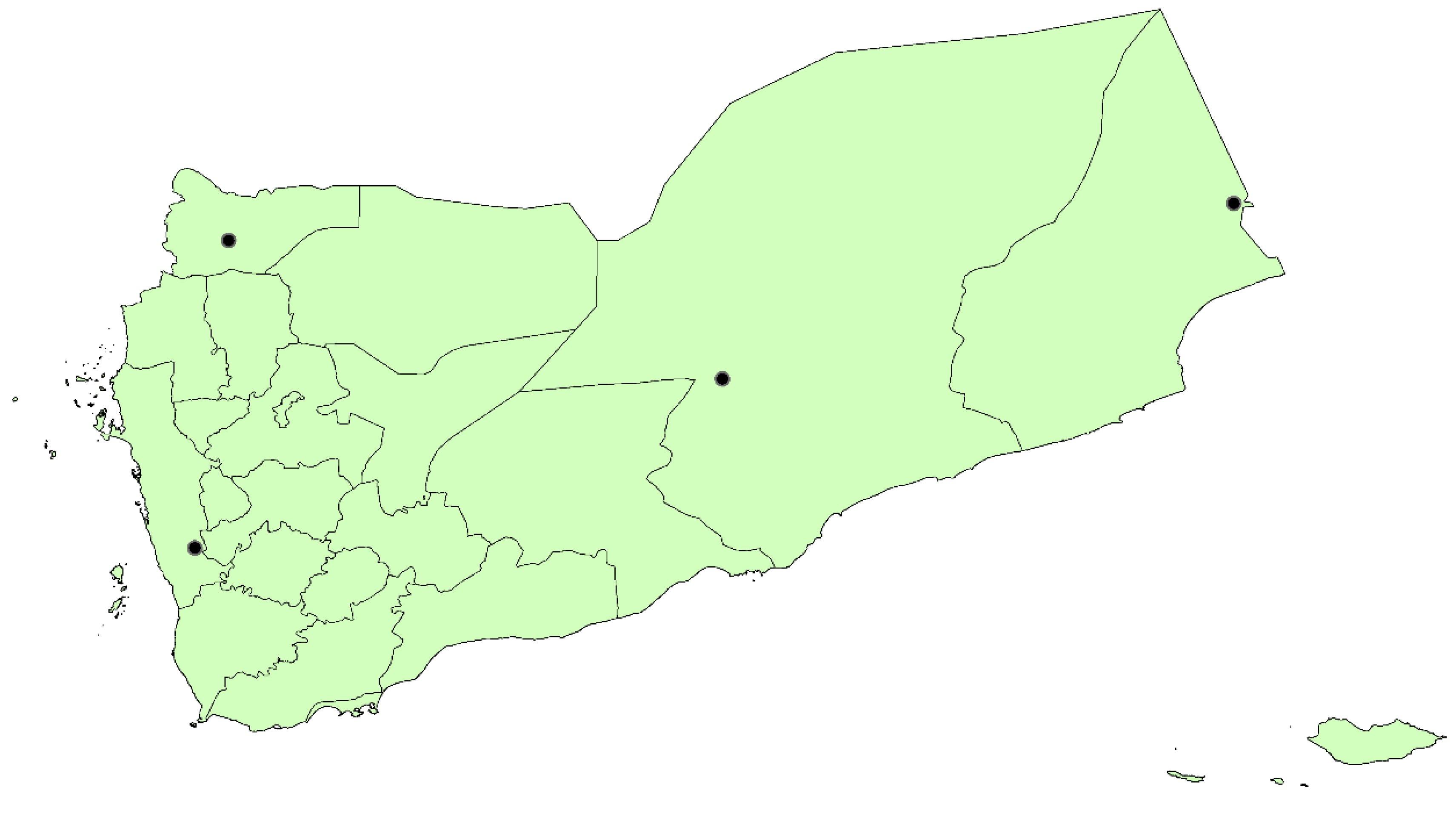
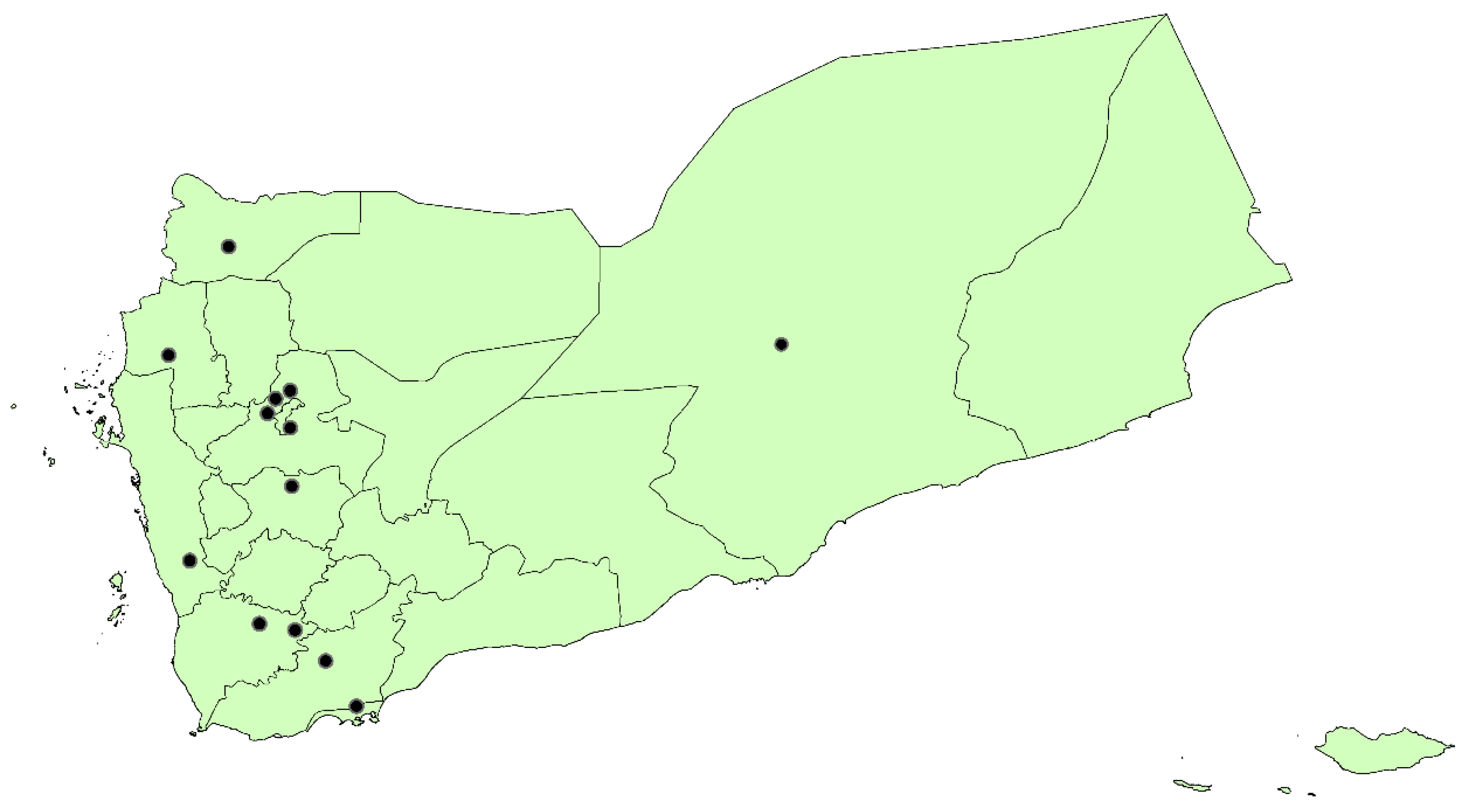
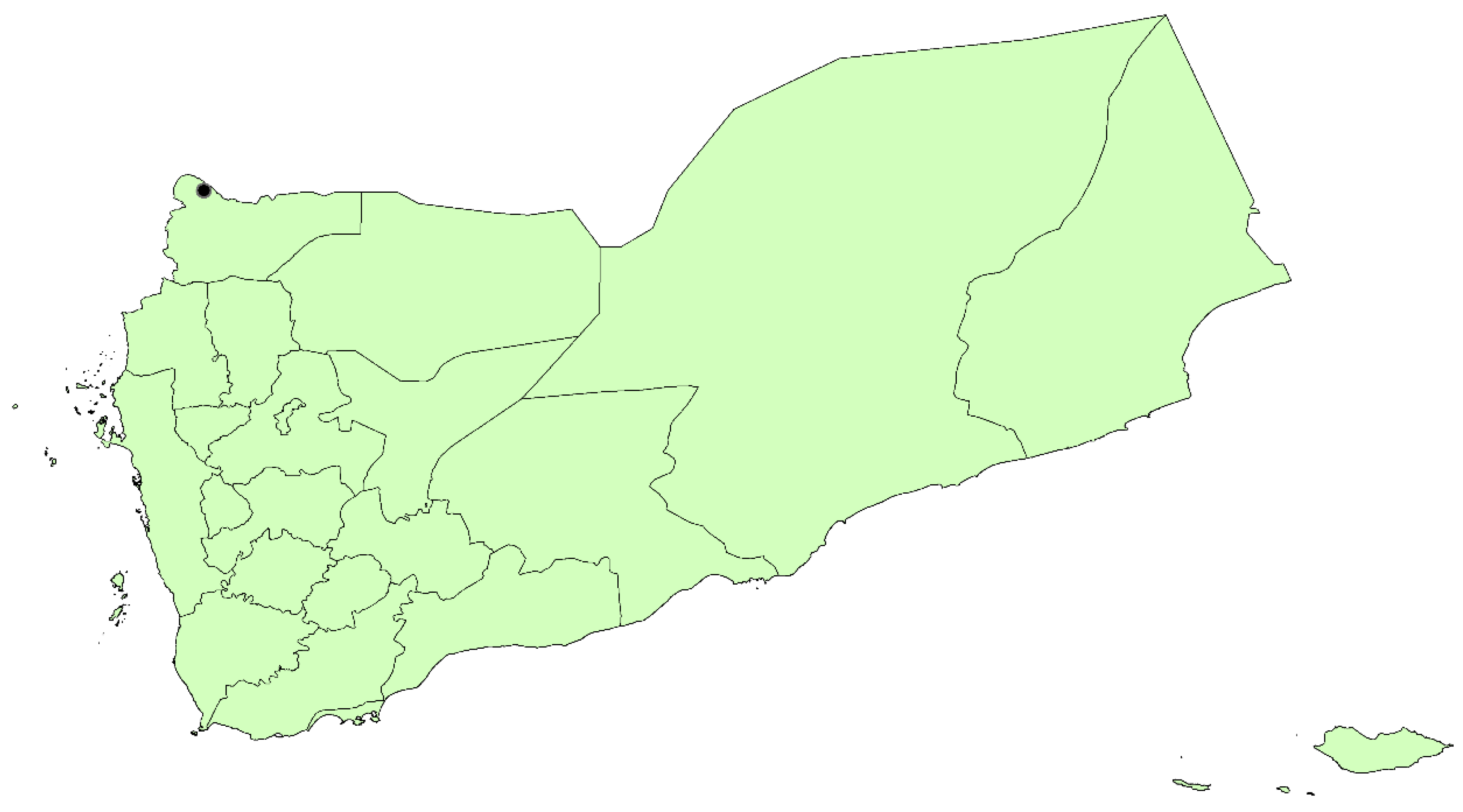
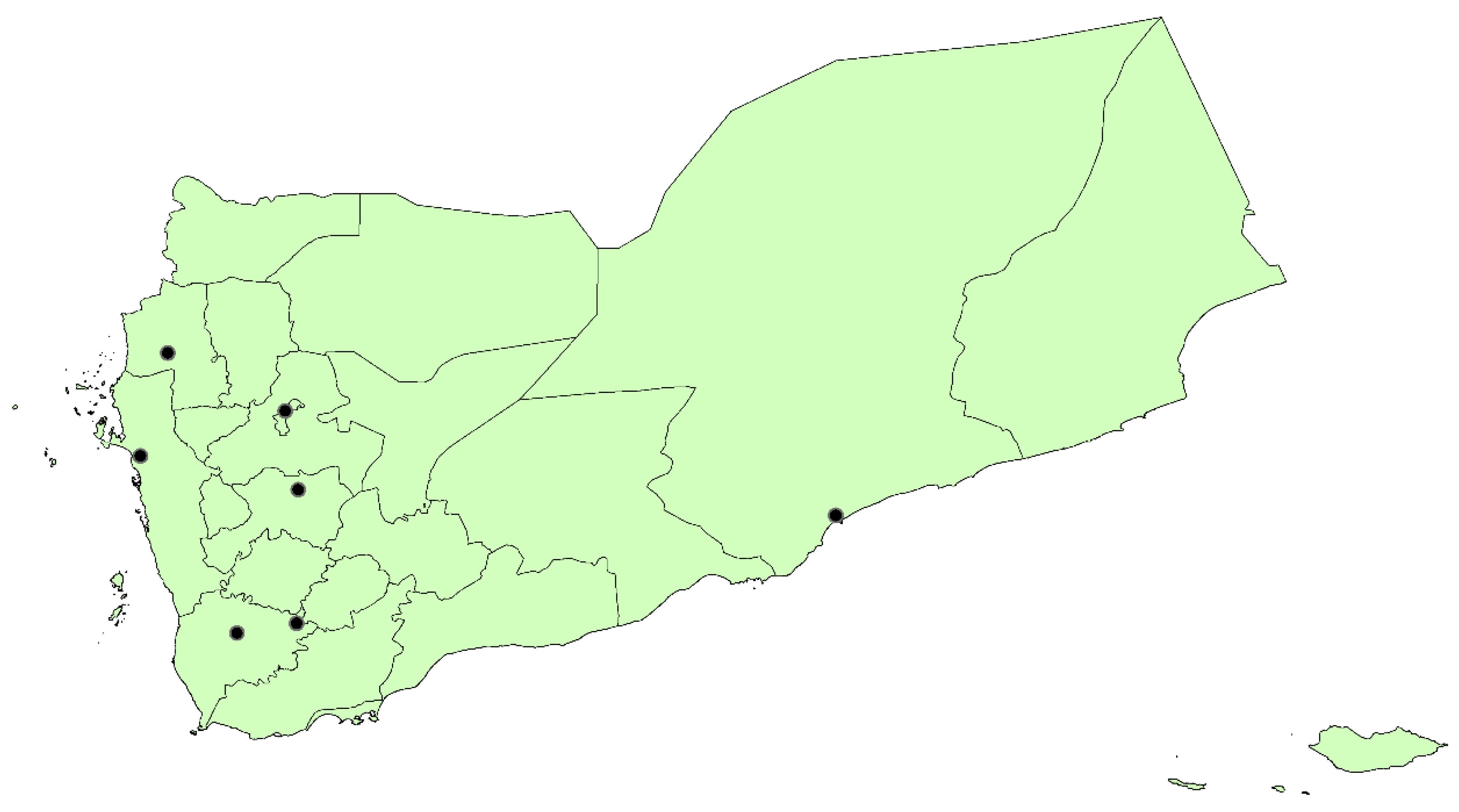
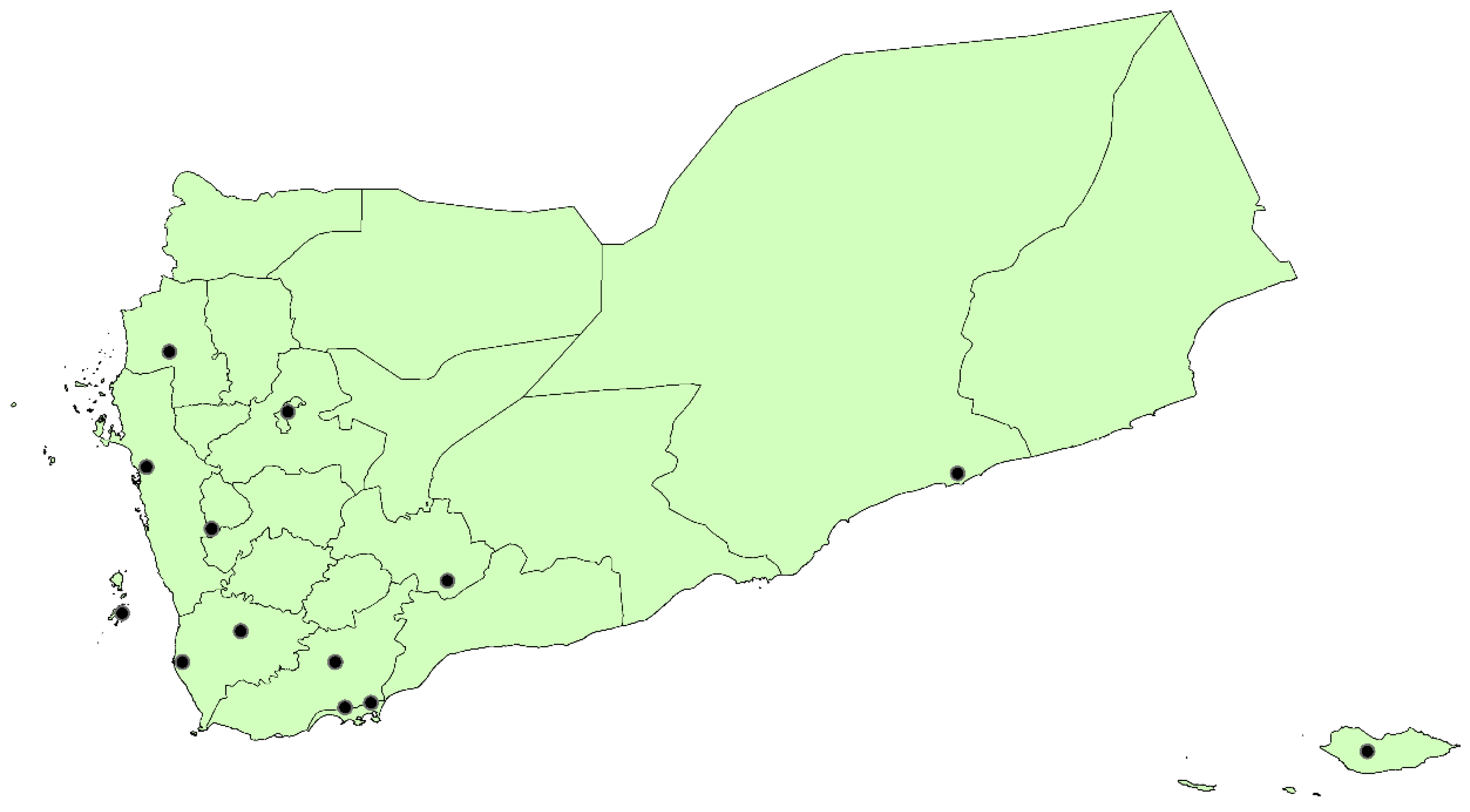
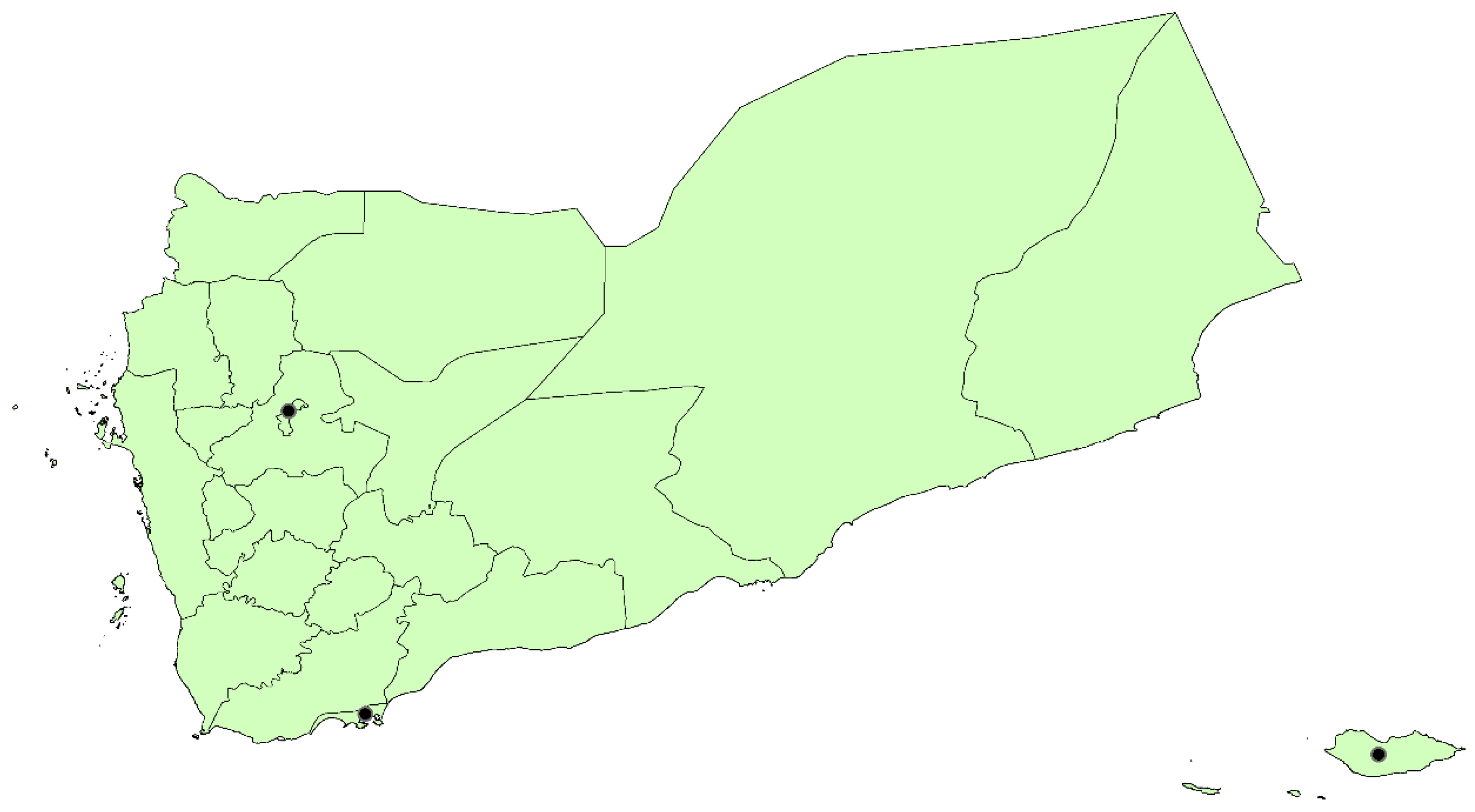
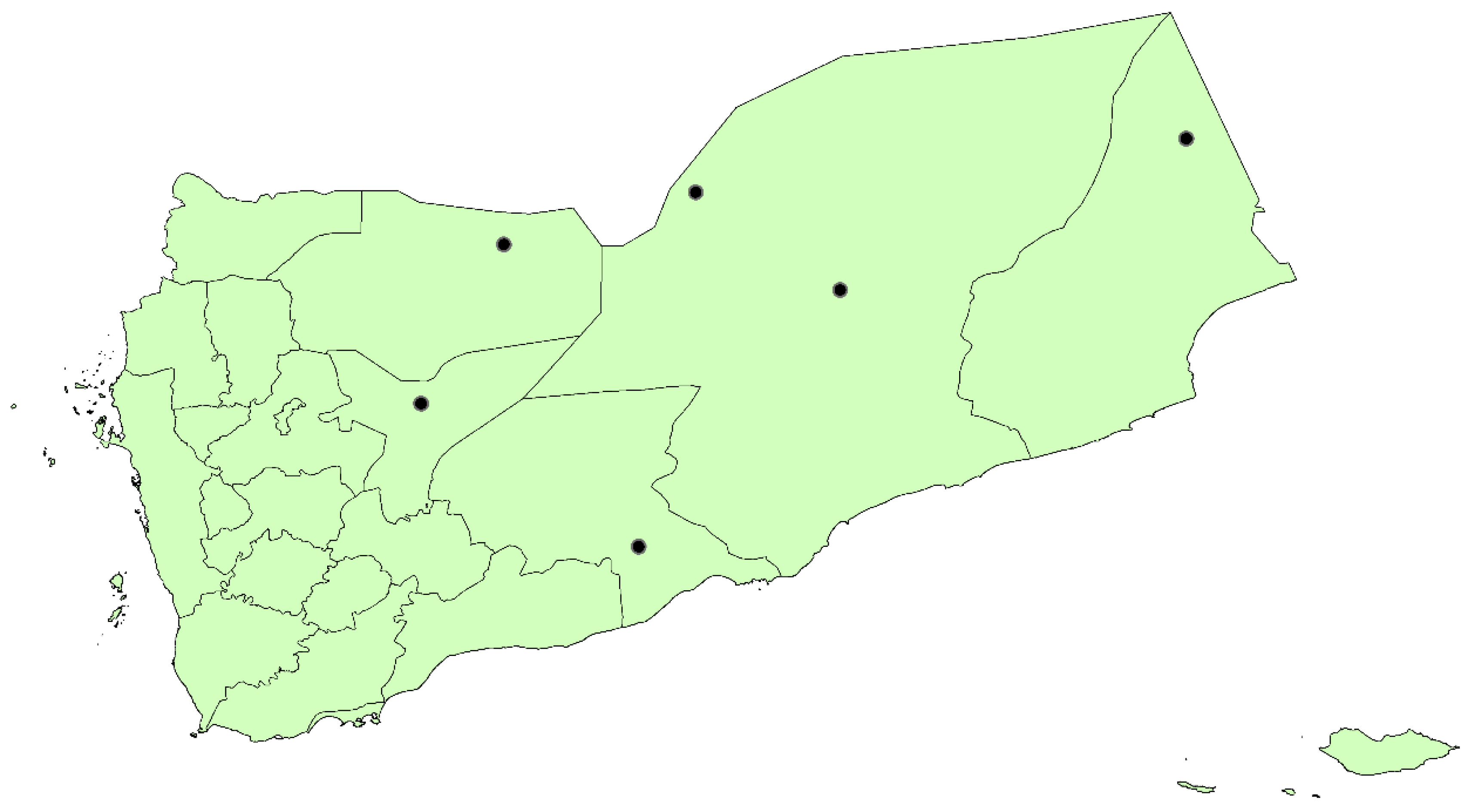
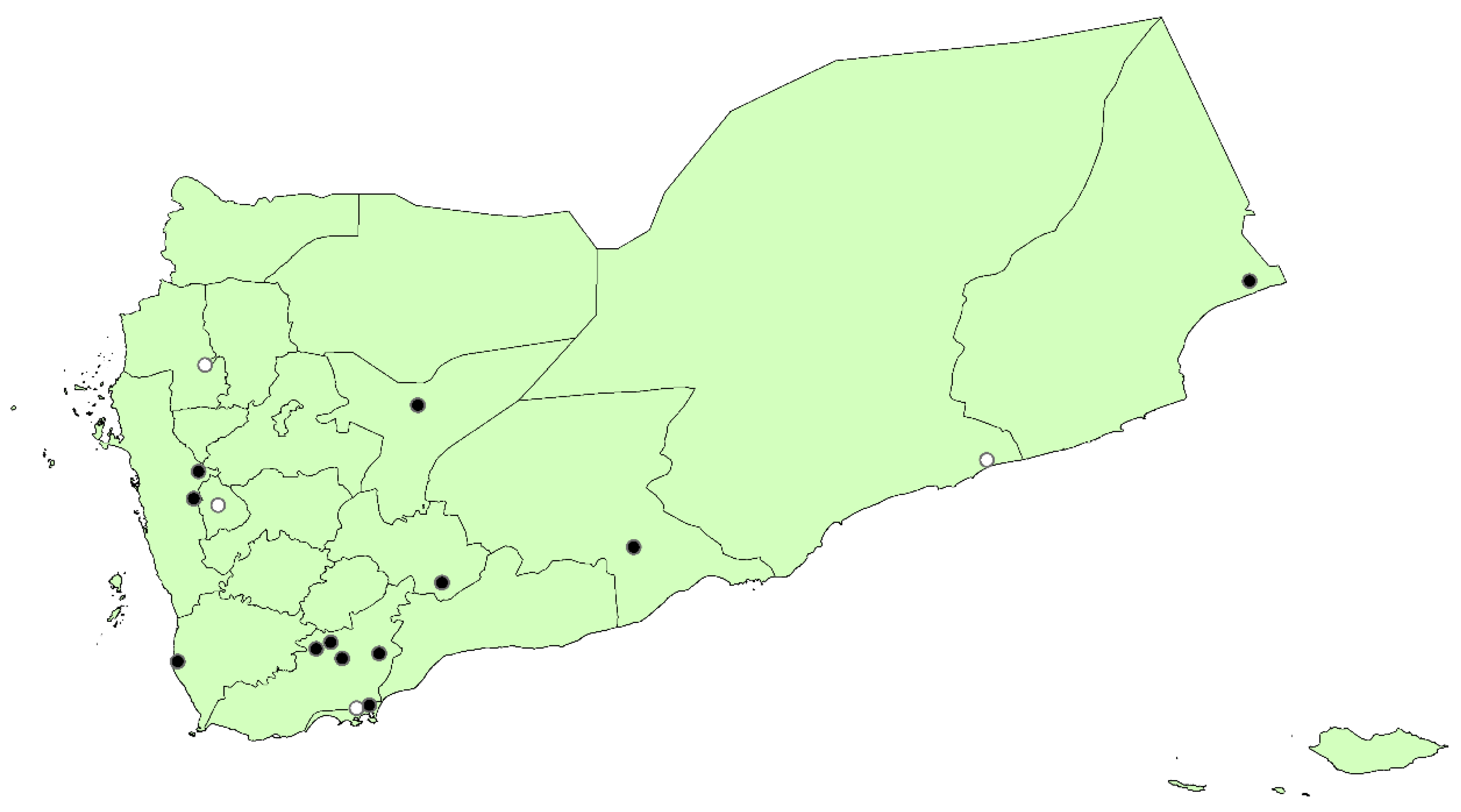
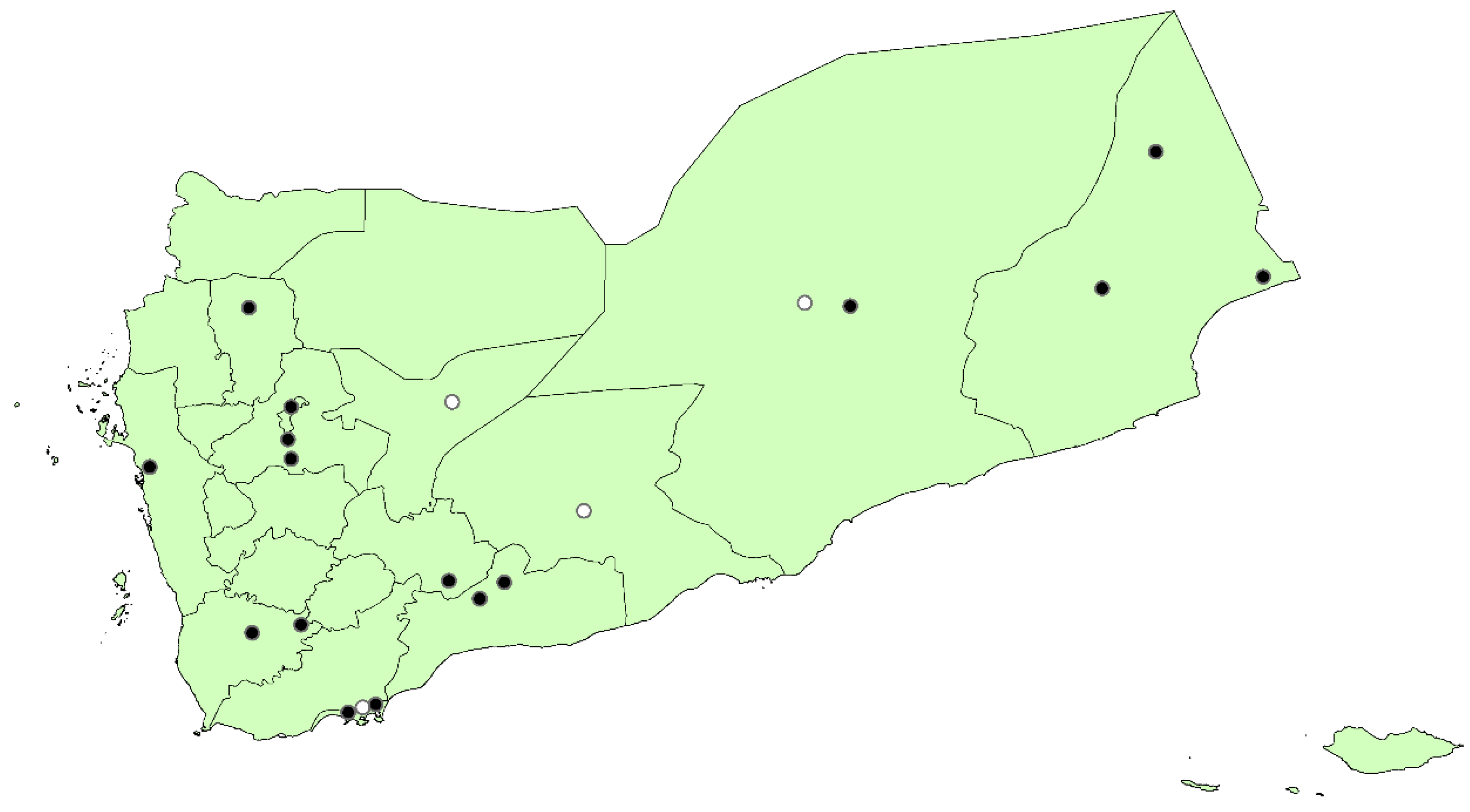
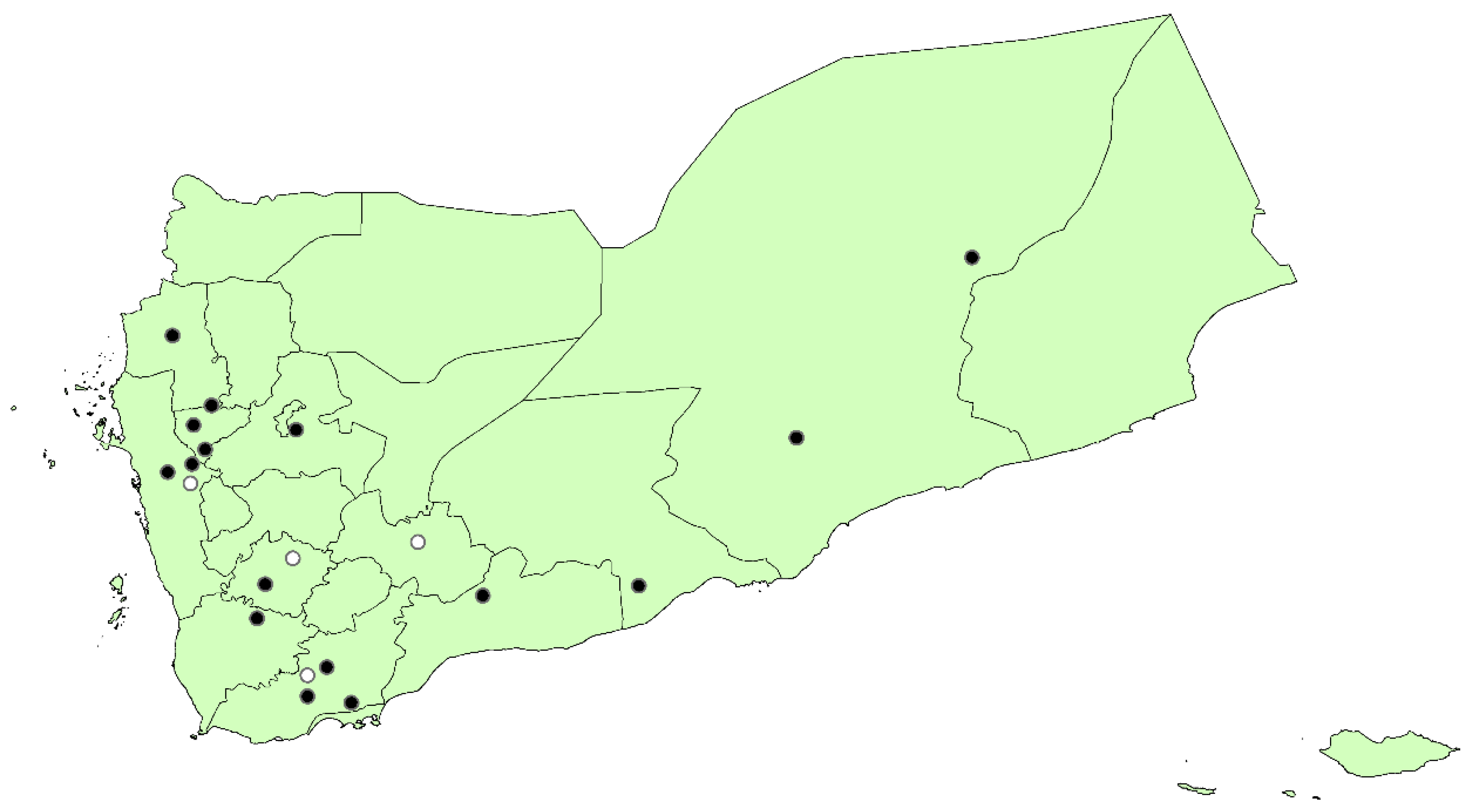
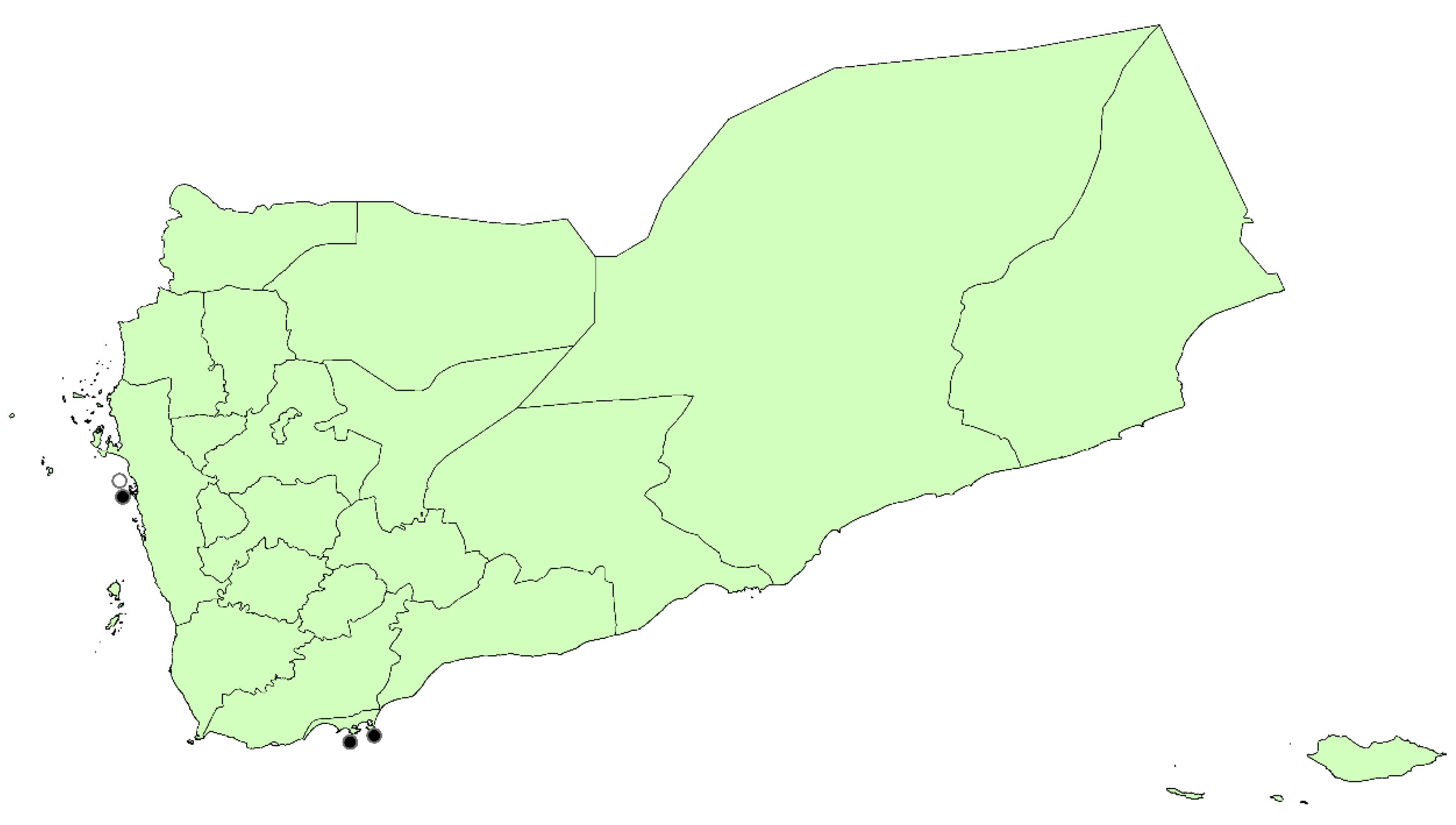
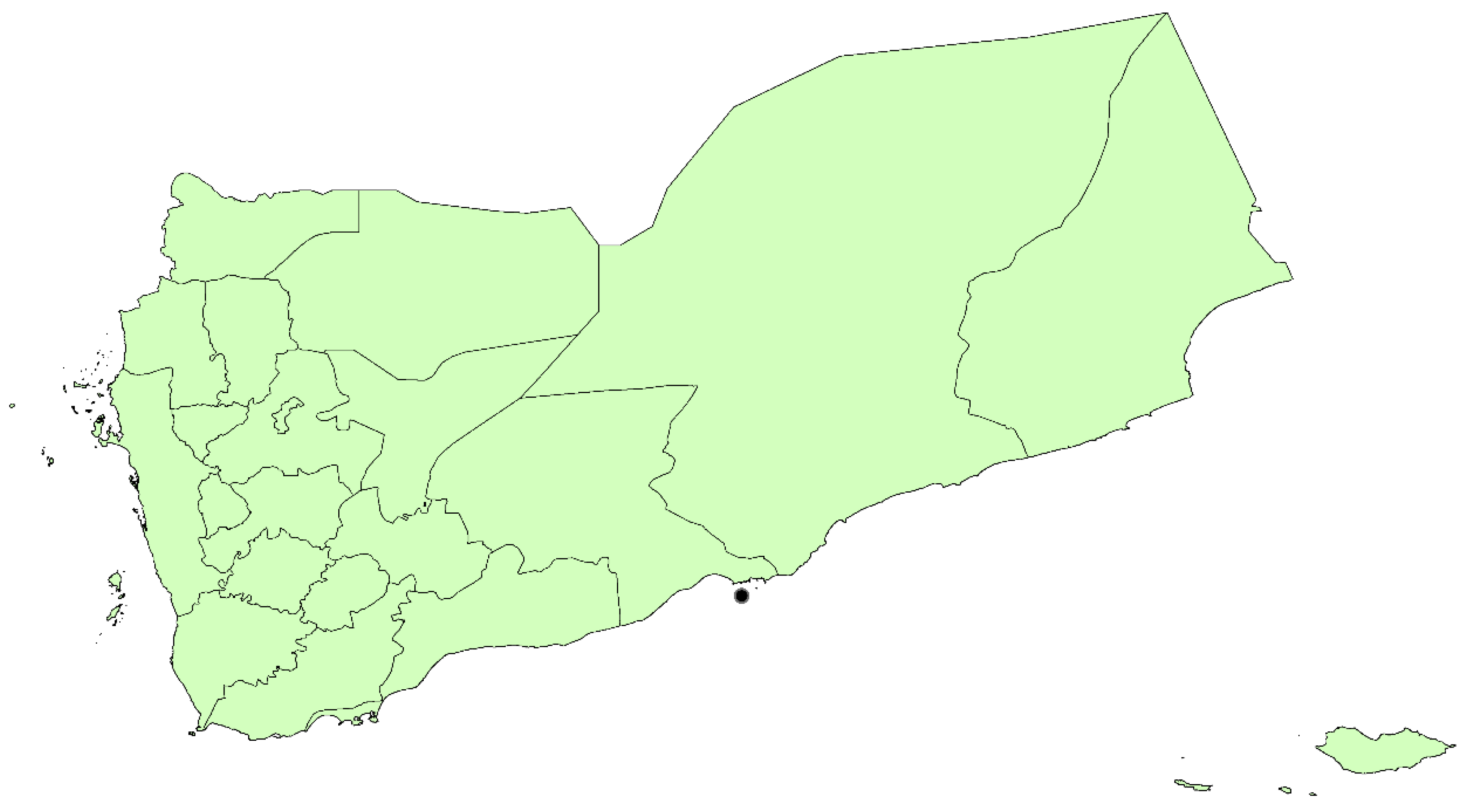
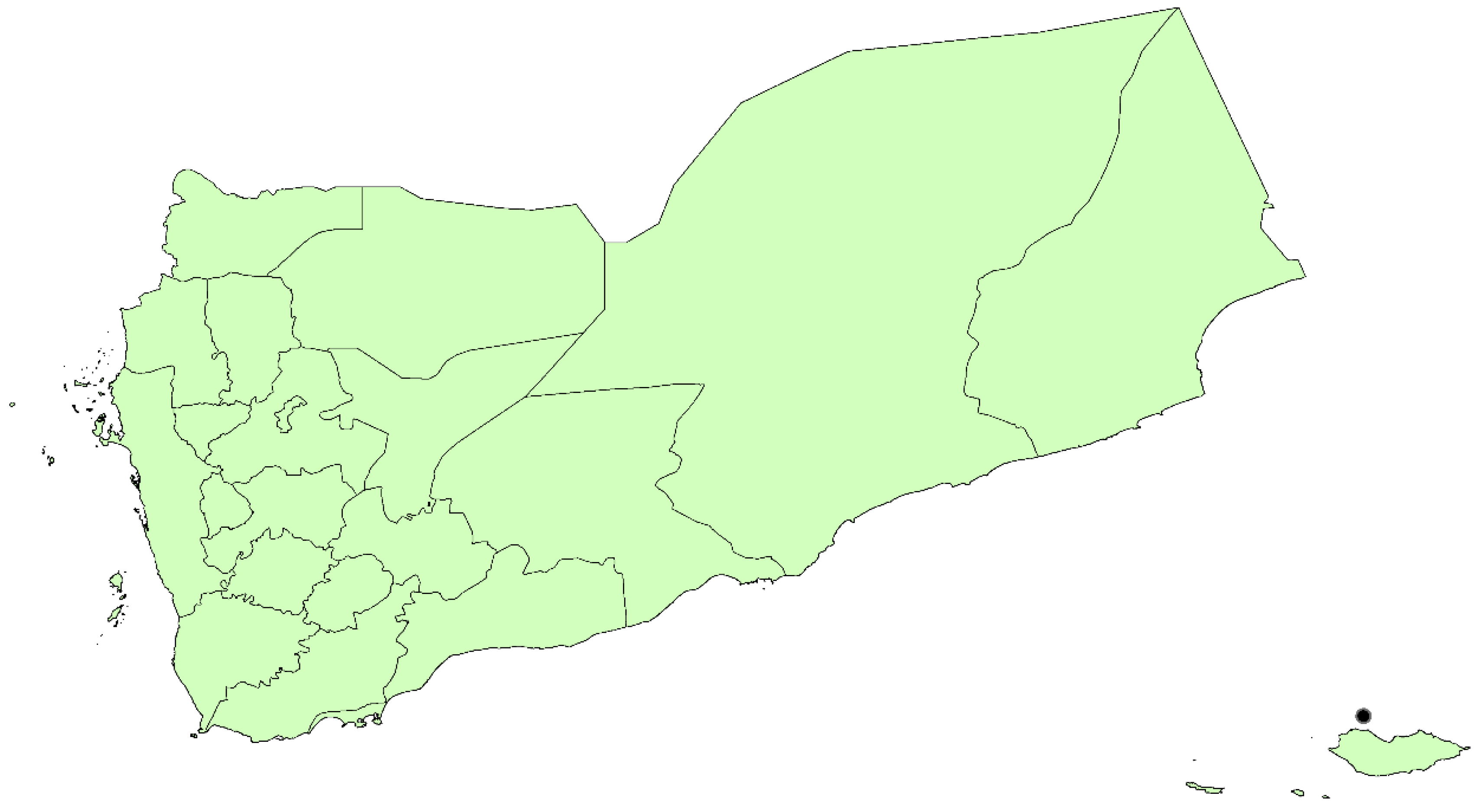
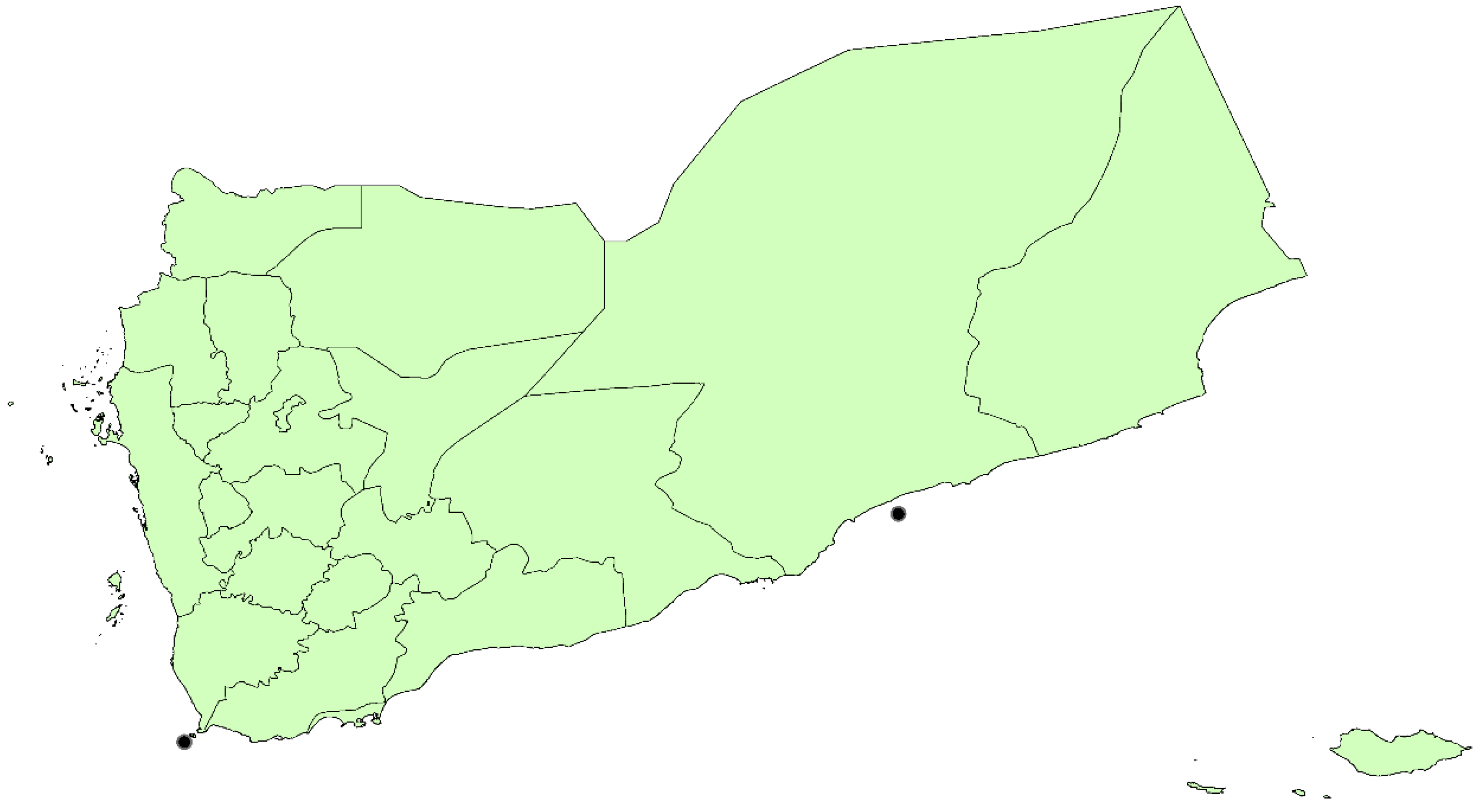
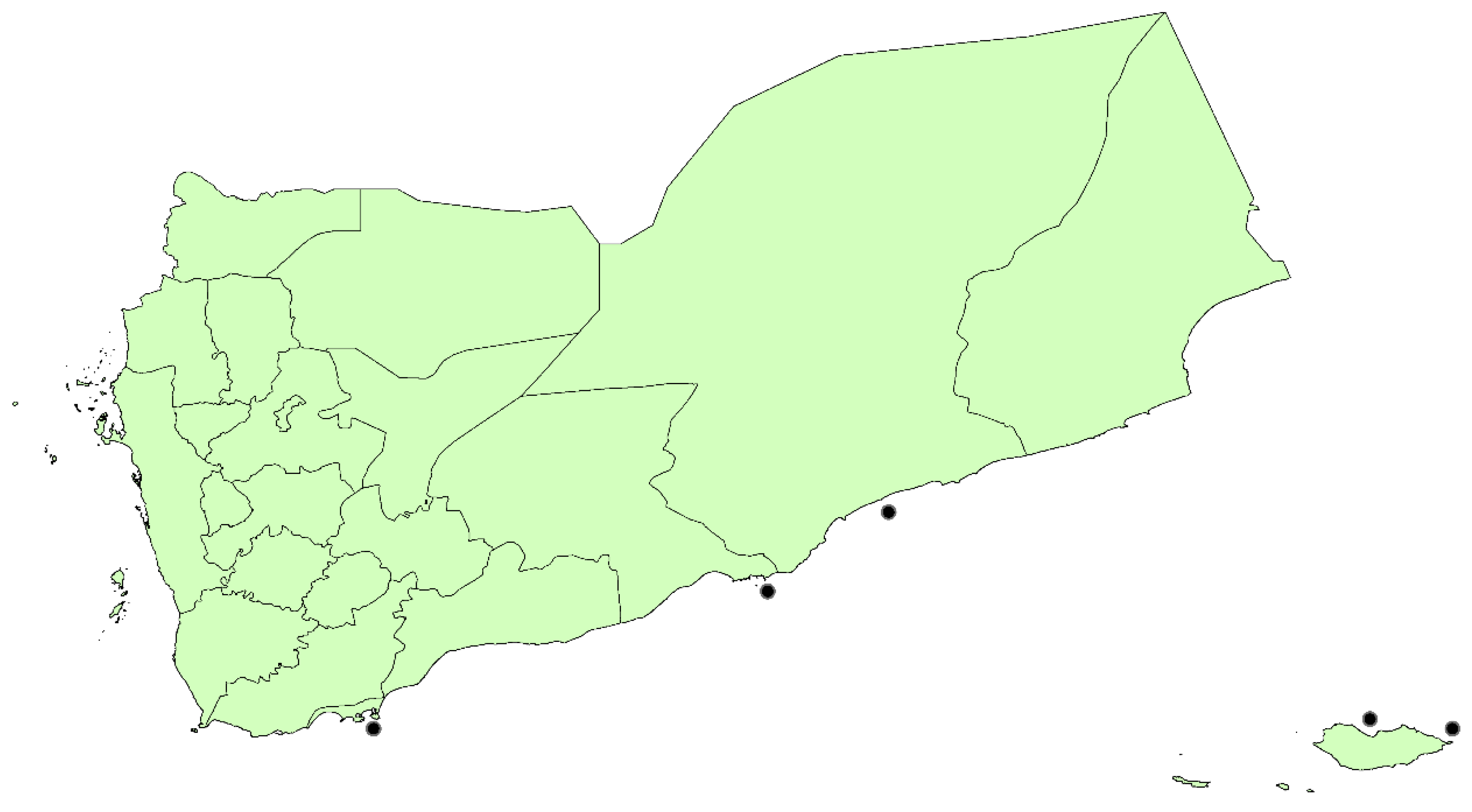
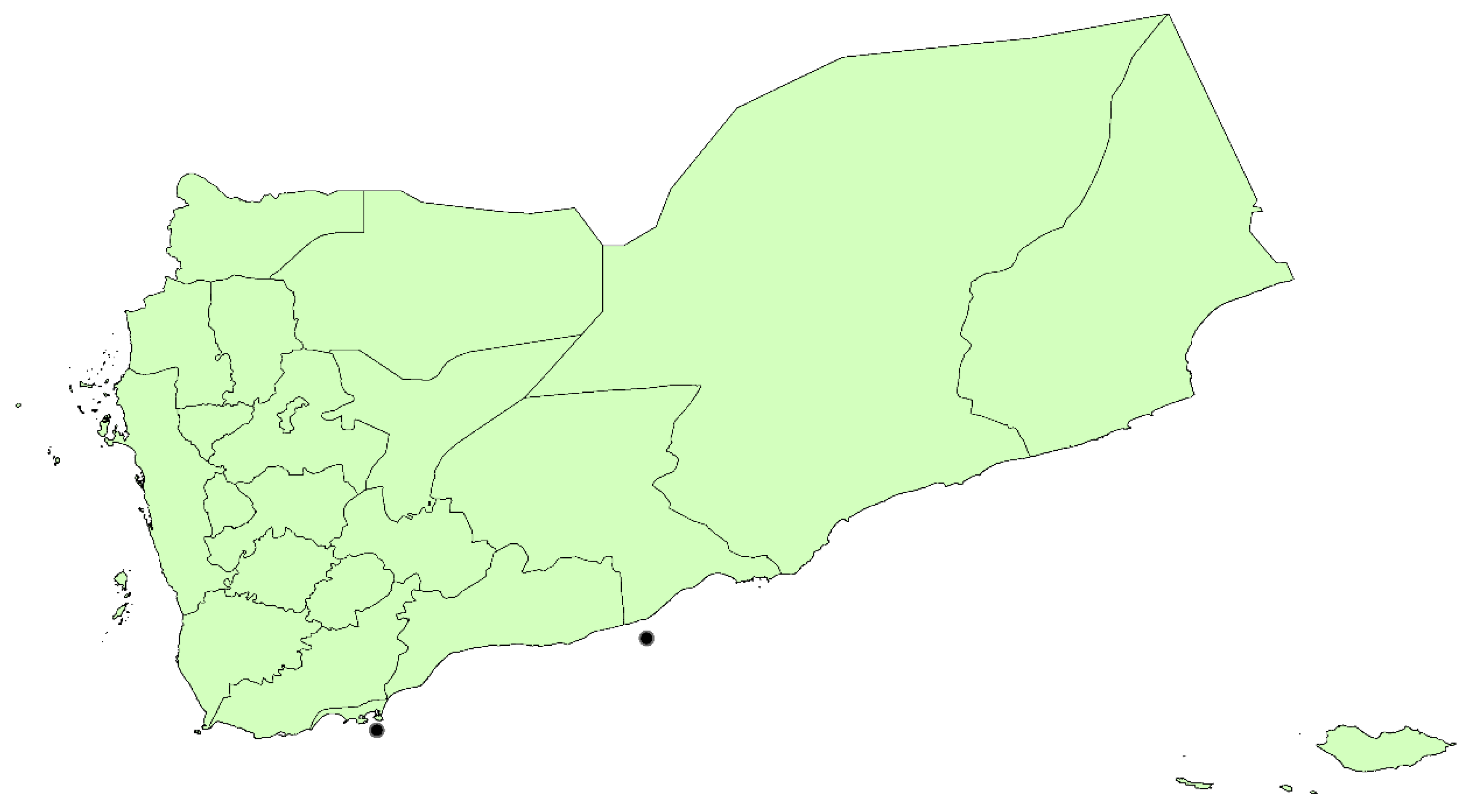
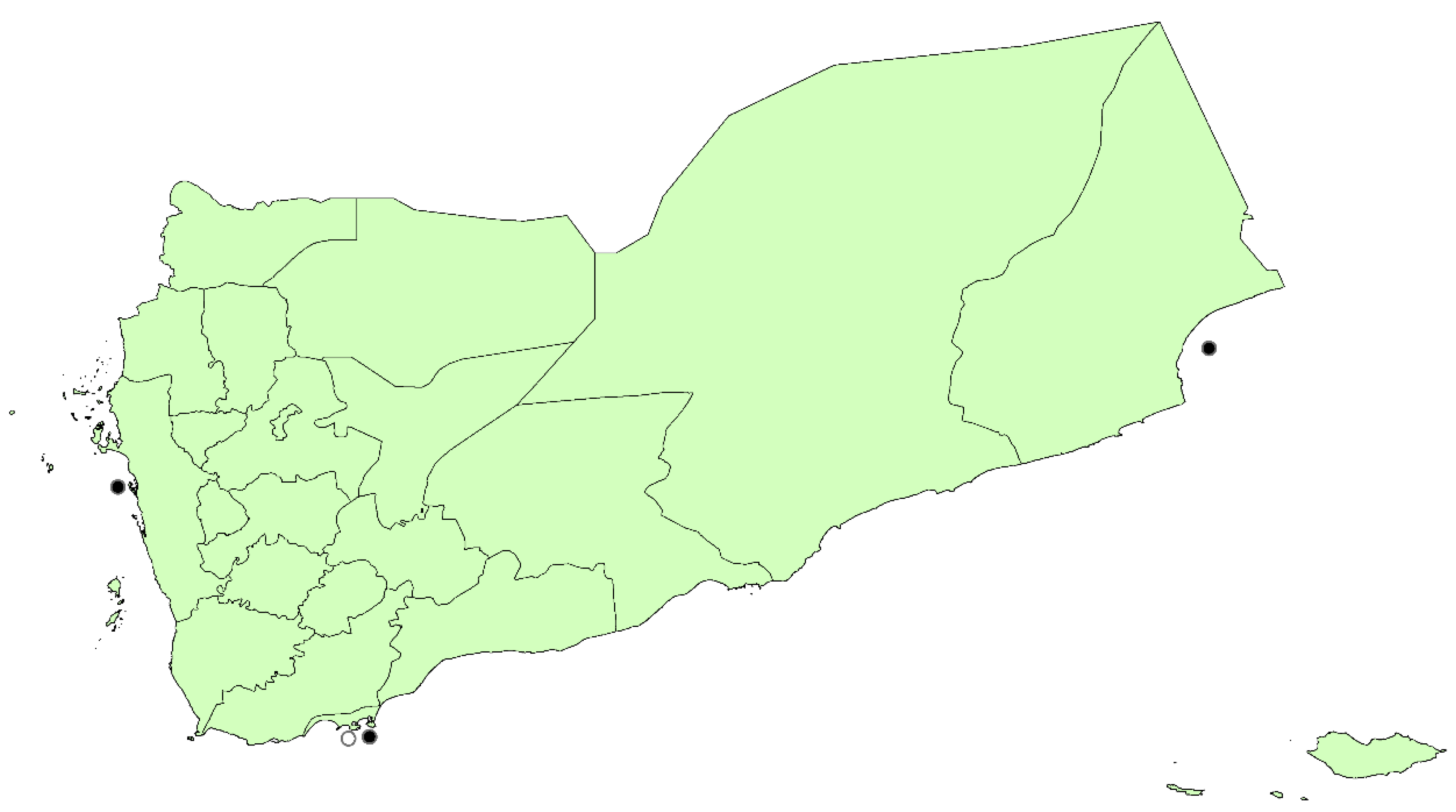
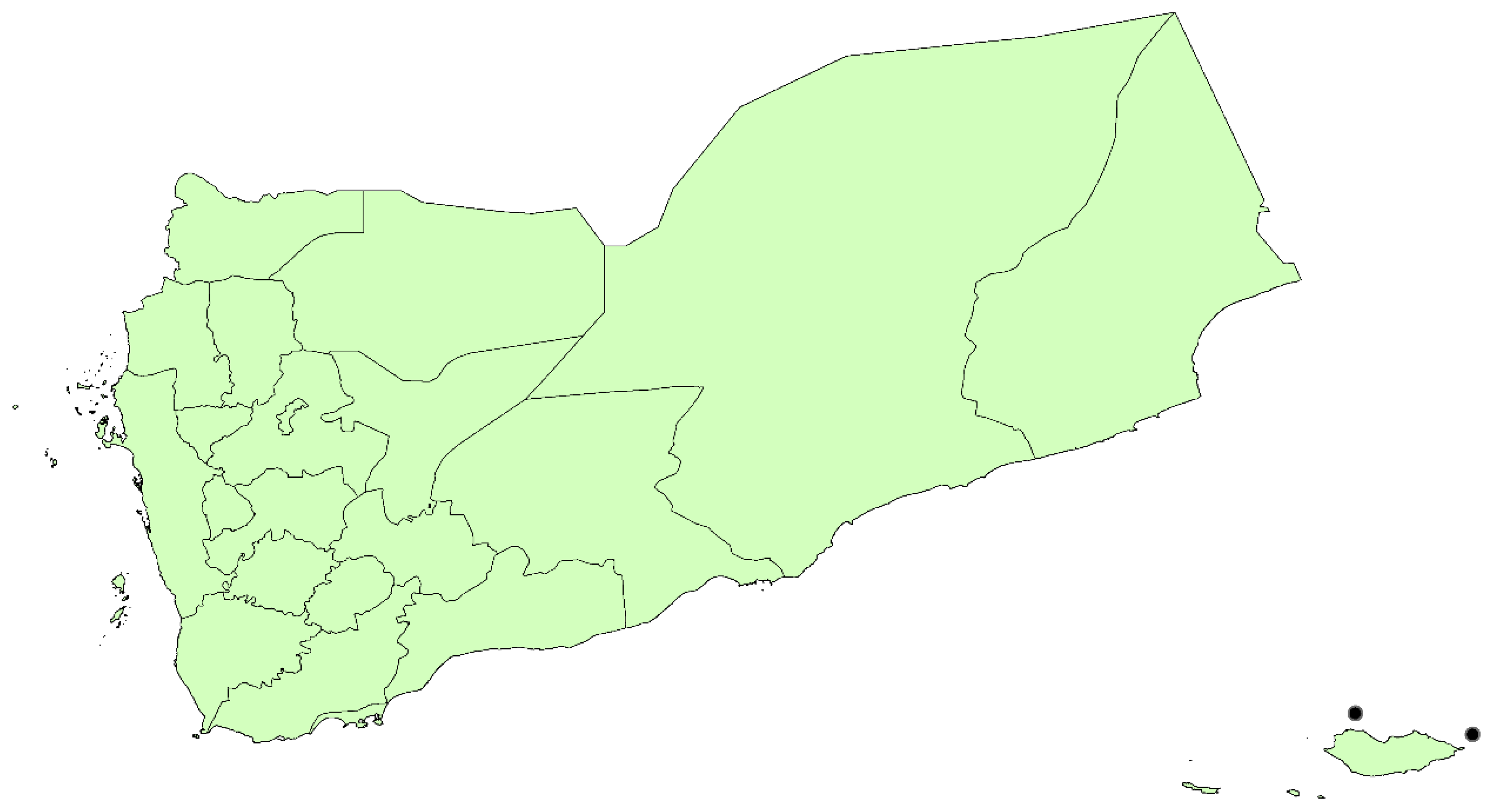
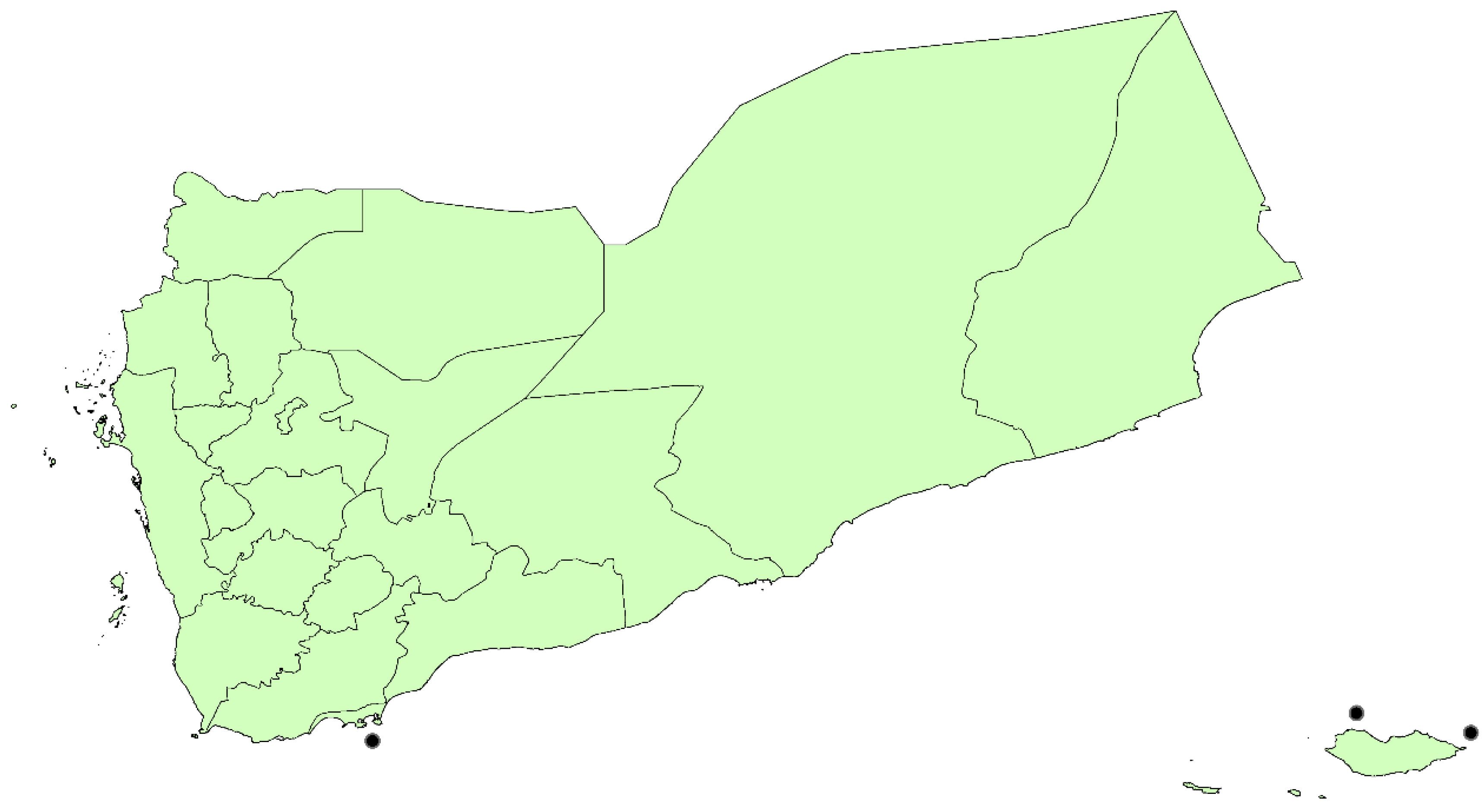
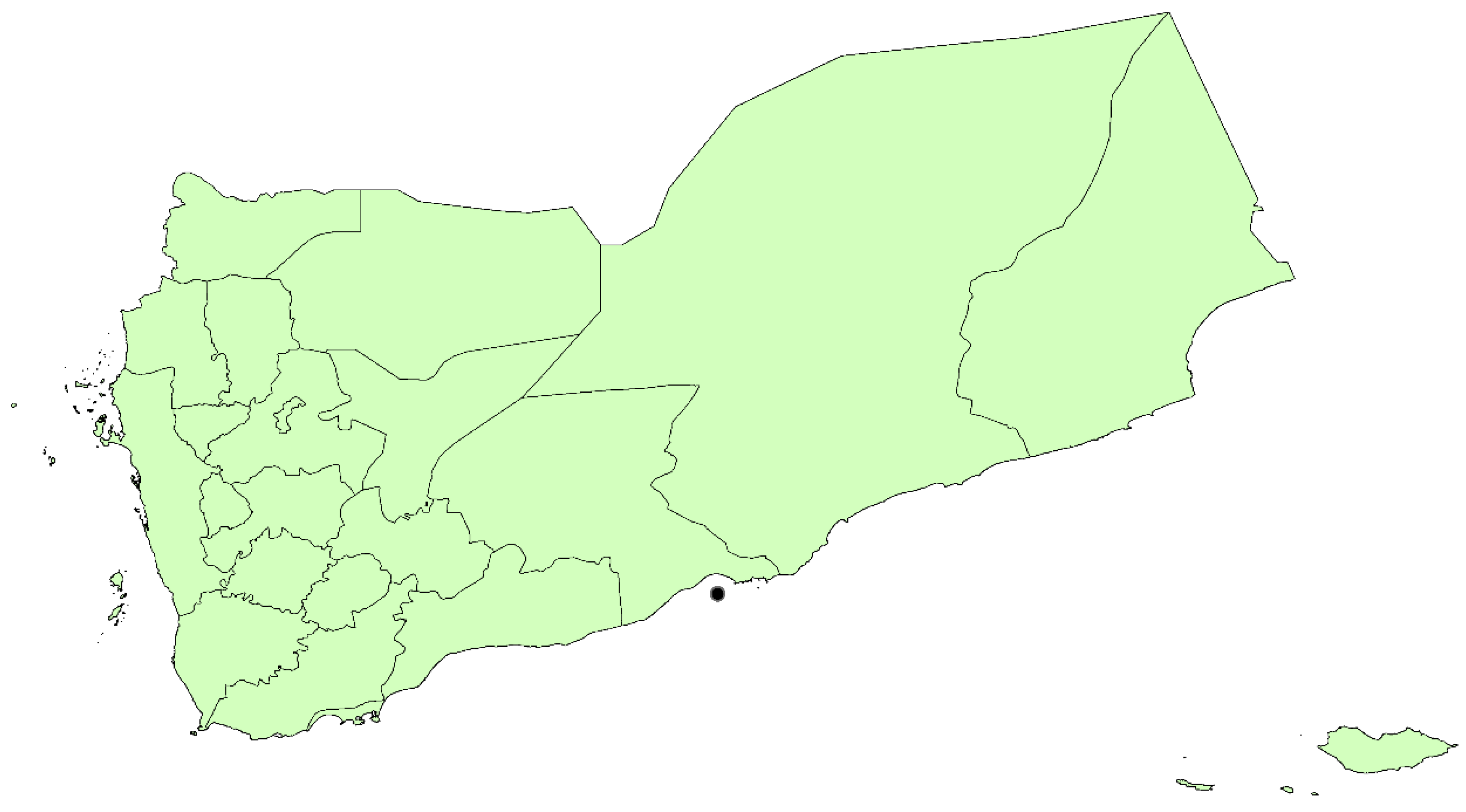
Discussion
Conclusions


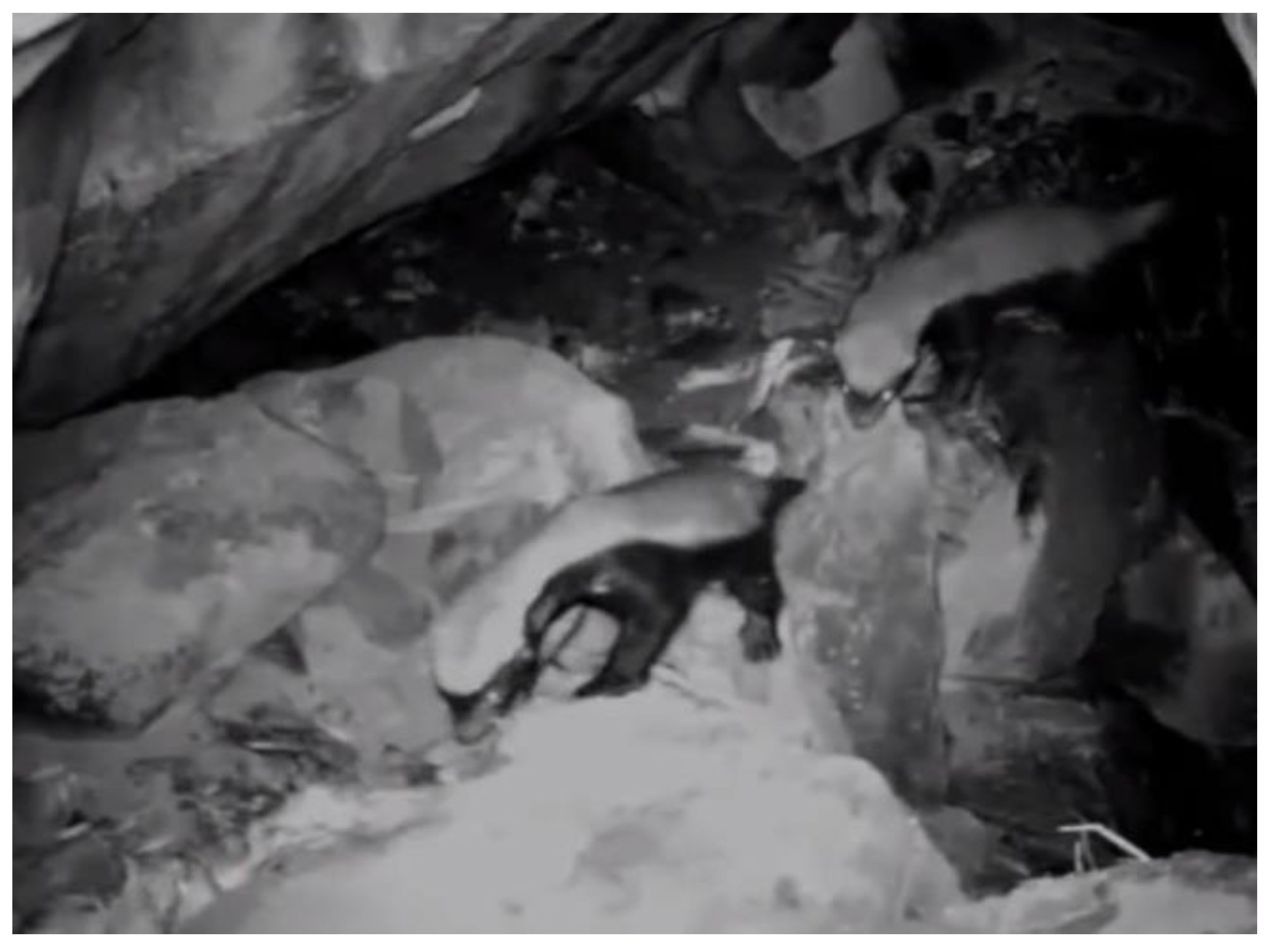
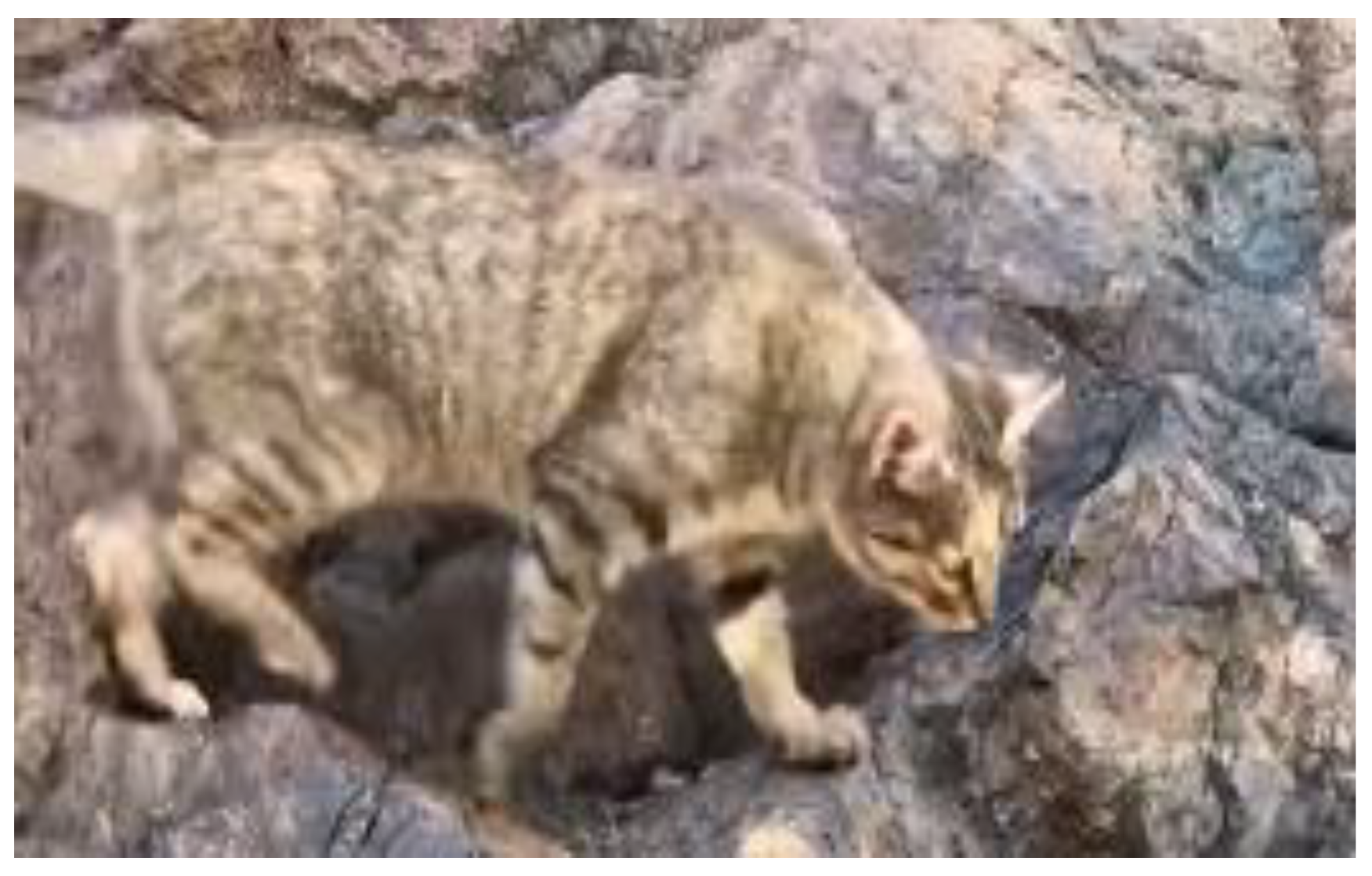
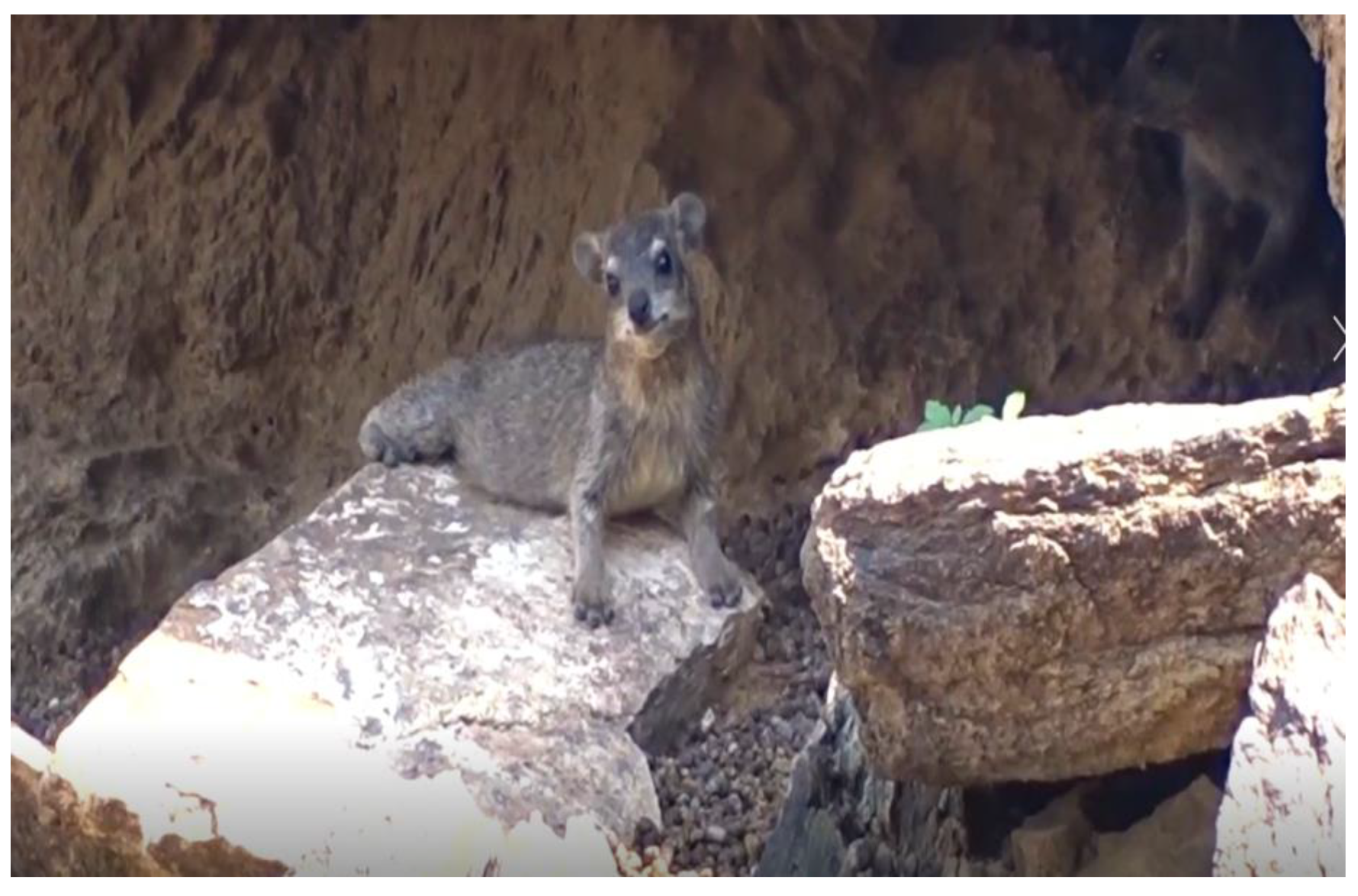
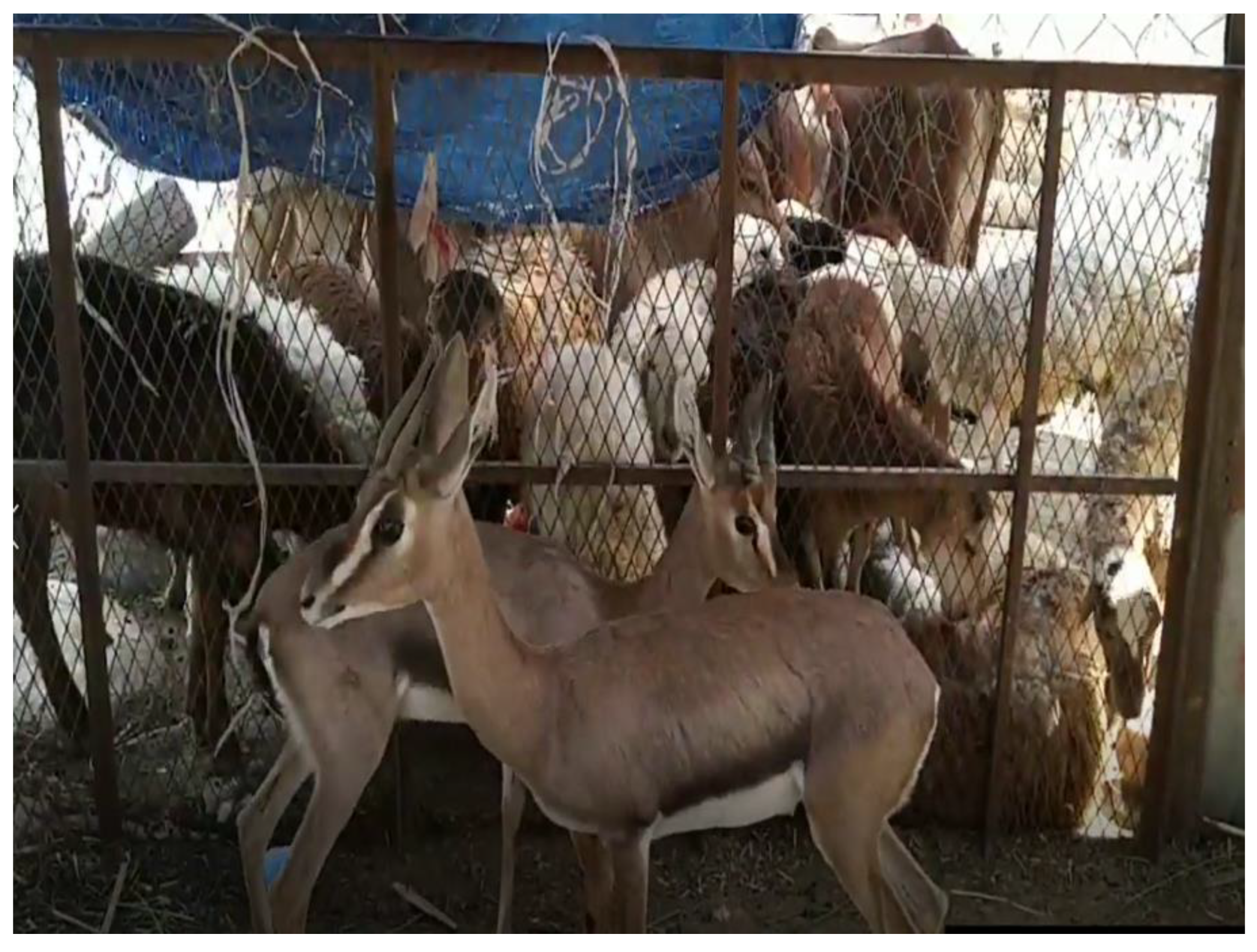
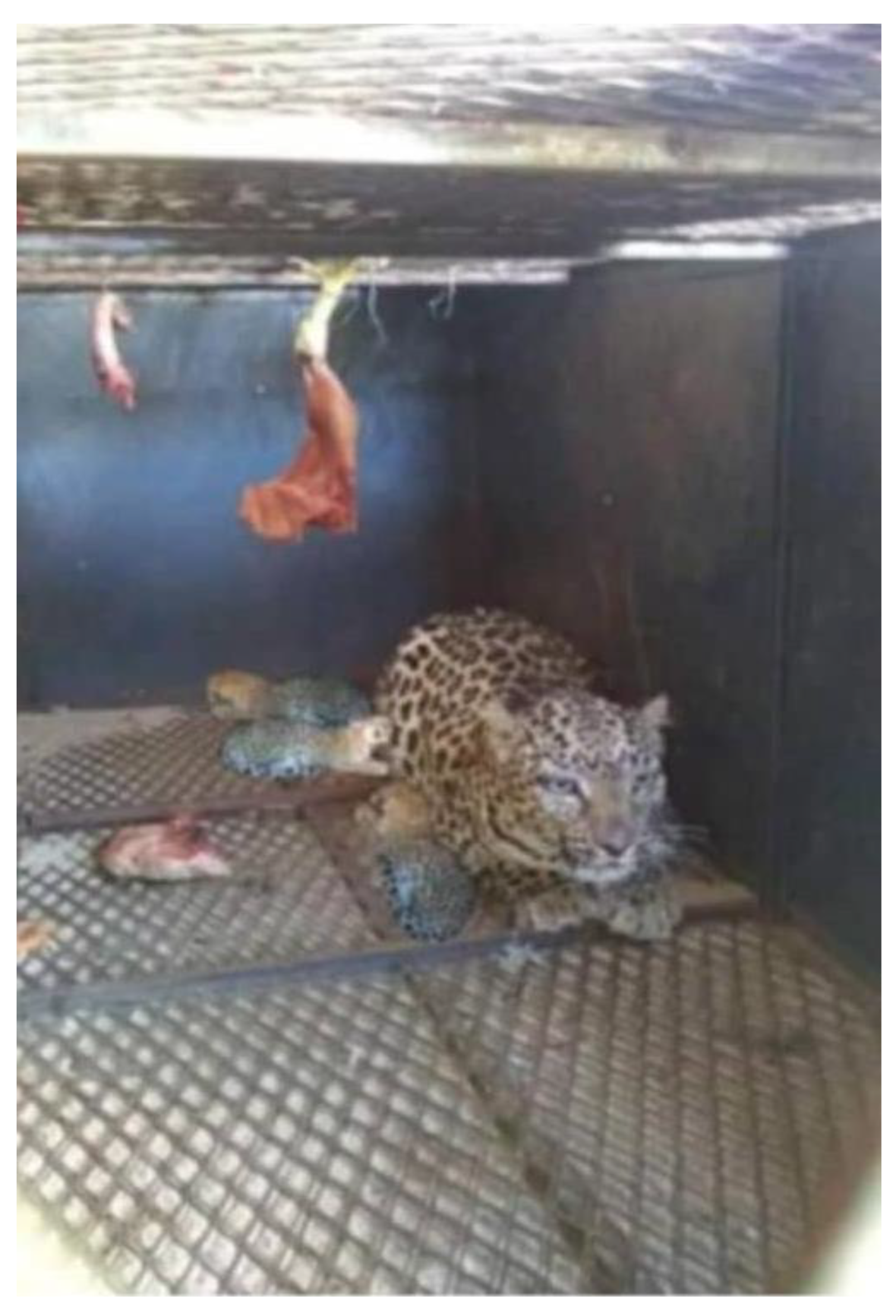
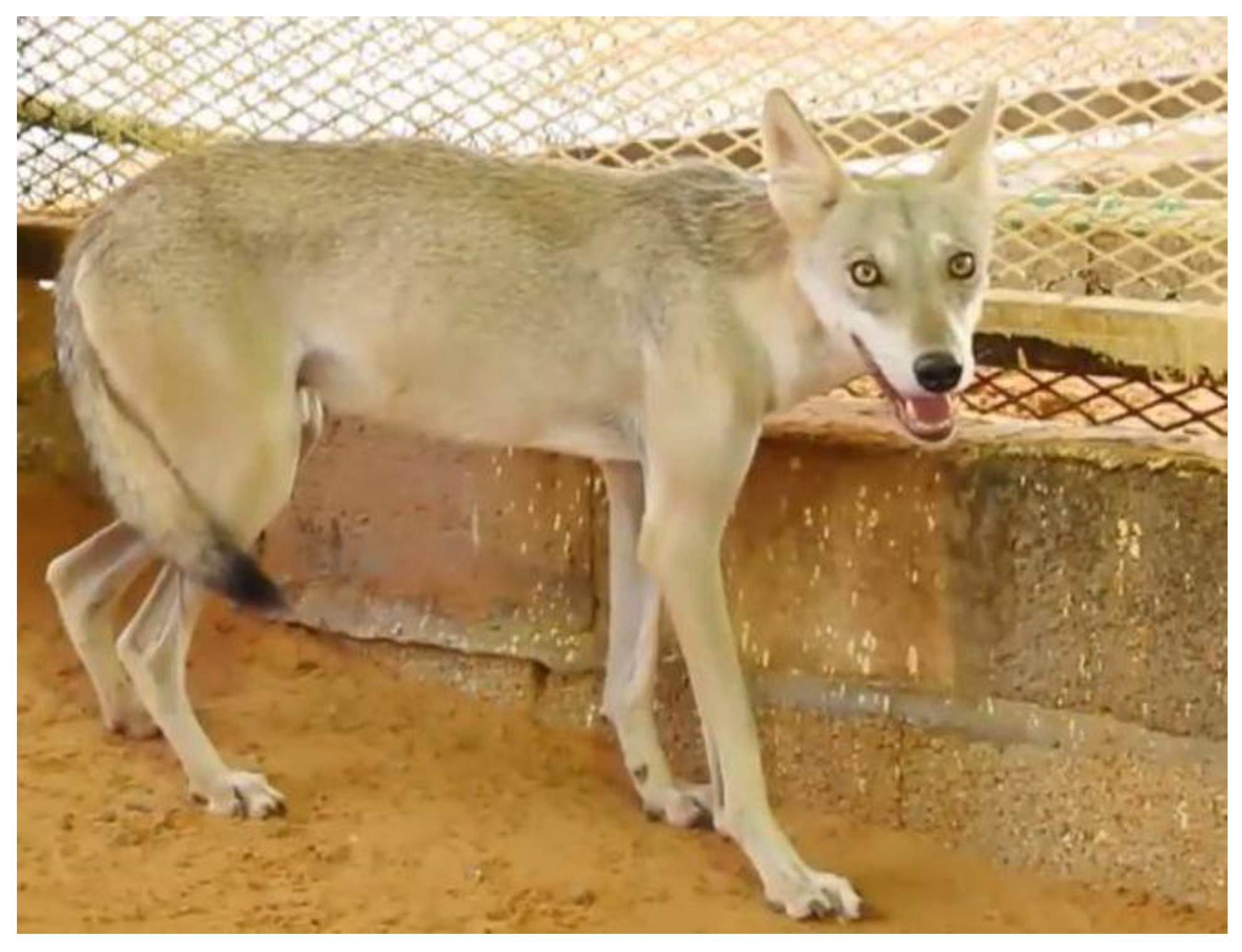
| Order | Family | Genus | Species | IUCN status |
|---|---|---|---|---|
| ERINACEOMORPHA | Erinaceidae | Paraechinus | Paraechinus hypomelas | LC |
| Paraechinus aethiopicus | LC | |||
| Hemiechinus | Hemiechinus auratus | LC 3 | ||
| SORICOMORPHA | Soricidae | Suncus | Suncus murinus | LC |
| Suncus etruscus | LC | |||
| Suncus madagascariensis | LC | |||
| Crocidura | Crocidura dhofarensis | DD | ||
| Crocidura arabica | LC | |||
| Crocidura suaveolens | LC 7 | |||
| CHIROPTERA | Pteropodidae | Rousettus | Rousettus aegyptiacus | LC |
| Epomophorus | Epomophorus labiatus | LC | ||
| Eidolon | Eidolon helvum | NT | ||
| Rhinolophidae | Rhinolophus | Rhinolophus clivosus | LC | |
| Rhinolophus blasii | LC | |||
| Rhinopomatidae | Rhinopoma | Rhinopoma cystops | LC | |
| Rhinopoma hardwickii | LC | |||
| Rhinopoma hadramauticum | EN | |||
| Nycteridae | Nycteris | Nycteris thebaica | LC | |
| Hipposideridae | Hipposideros | Hipposideros tephrus | LC | |
| Asellia | Asellia tridens | LC | ||
| Asellia italosomalica | DD | |||
| Asellia arabica | DD | |||
| Triaenops | Triaenops parvus | DD | ||
| Emballonuridae | Taphozous | Taphozous perforatus | LC | |
| Coleura | Coleura afra | LC | ||
| Vespertilionidae | Eptesicus | Eptesicus nasutus | LC | |
| Hypsugo | Hypsugo ariel | DD | ||
| Hypsugo lanzai | DD | |||
| Myotis | Myotis bocagii | LC | ||
| Myotis emarginatus | LC | |||
| Neoromicia | Neoromicia guineensis | LC | ||
| Nycticeinops | Nycticeinops schlieffeni | LC | ||
| Scotophilus | Scotophilus dinganii | LC | ||
| Scotophilus leucogaster | LC | |||
| Plecotus | Plecotus balensis | DD | ||
| Pipistrellus | Pipistrellus kuhli | LC | ||
| Pipistrellus dhofarensis | DD | |||
| Miniopteridae | Miniopterus | Miniopterus natalensis | LC | |
| Miniopterus schreibersii | NT | |||
| Molossidae | Tadarida | Tadarida aegyptiaca | LC | |
| Chaerephon | Chaerephon nigeriae | LC | ||
| Chaerephon pumilus | LC | |||
| Otomops | Otomops martiensseni | NT 34 | ||
| CARNIVORA | Canidae | Canis | Canis aureus | LC |
| Canis lupus | LC | |||
| Vulpes | Vulpes cana | LC | ||
| Vulpes rueppellii | LC | |||
| Vulpes vulpes | LC | |||
| Felidae | Felis | Felis silvestris | LC | |
| Felis margarita | LC | |||
| Caracal | Caracal caracal | LC | ||
| Panthera | Panthera pardus | VU | ||
| Acinonyx | Acinonyx jubatus | CR | ||
| Viverridae | Viverricula | Viverricula indica | LC | |
| Genetta | Genetta genetta | LC | ||
| Herpestidae | Ichneumia | Ichneumia albicauda | LC | |
| Bdeogale | Bdeogale crassicauda | LC | ||
| Hyaenidae | Hyaena | Hyaena hyaena | NT | |
| Mustelidae | Mellivora | Mellivora capensis | LC 16 | |
| HYRACOIDEA | Procaviidae | Procavia | Procavia capensis | LC 1 |
| ARTIODACTYLA | Bovidae | Capra | Capra nubiana | VU |
| Oryx | Oryx leucoryx | VU | ||
| Gazella | Gazella arabica | VU | ||
| Gazella saudiya | EX | |||
| Gazella gazelle | EN | |||
| Gazella bilkis | EX | |||
| Gazella subgutturosa | VU 7 | |||
| RODENTIA | Muridae | Acomys | Acomys dimidiatus | LC |
| Acomys cahirinus | LC | |||
| Acomys russatus | LC | |||
| Arvicanthis | Arvicanthis niloticus | LC | ||
| Dipodillus dasyurus | LC | |||
| Praomys | Praomys fumatus | DD | ||
| Myomyscus | Myomyscus yemeni | DD | ||
| Gerbillus | Gerbillus chessmani | LC | ||
| Gerbillus famulus | LC | |||
| Gerbillus henleyi | LC | |||
| Gerbillus gerbillus | LC | |||
| Gerbillus poecilops | LC | |||
| Gerbillus nanus | LC | |||
| Meriones | Meriones (Parameriones) rex | LC | ||
| Meriones (Pallasiomys) libycus | LC | |||
| Mus | Mus musculus | LC | ||
| Rattus | Rattus rattus | LC | ||
| Rattus norvegicus | LC | |||
| Dipodidae | Jaculus | Jaculus jaculus | LC | |
| Hystricidae | Hystrix | Hystrix indica | LC 20 | |
| LAGOMORPHA | Leporidae | Lepus | Lepus capensis | LC 1 |
| PRIMATES | Cercopithecidae | Papio | Papio hamadryas | LC 1 |
| SIRENIA | Dugongidae | Dugong | Dugong dugon | VU 1 |
| CETACEA | Delphinidae | Delphinus | Delphinus capensis | DD |
| Stenella | Stenella longirostris | LC | ||
| Grampus | Grampus griseus | LC | ||
| Tursiops | Tursiops truncatus | LC | ||
| Tursiops aduncus | NT | |||
| Sousa | Sousa chinensis | VU | ||
| Globicephala | Globicephala macrorhynchus | LC | ||
| Physeteridae | Physeter | Physeter catodon | VU | |
| Ziphiidae | Ziphius | Ziphius cavirostris | LC 9 | |
| 28 | 64 | 100 |
Conflicts of Interest
Acknowledgments
References
- Abdel-Wasae BM, El MG. Incidence and prevalence of Eimeria infection among the hedgehog, Hemiechinus auritus in Yemen. Journal of the Egyptian Society of Parasitology 2009, 39, 723–729.
- Al-Tha’alibi A (1924) The Yemeni Journey. Dar Al-Gharb Al-Islami Press, Lebanon (in Arabic).
- Al-Jumaily, MM. Review of the mammals of the Republic of Yemen. Fauna of Arabia 1998, 17, 477–499. [Google Scholar]
- Al-Jumaily, MM. First record of Otomops martiensseni (Matschie 1897) for the Republic of Yemen (Mammalia, Chiroptera, Molossidae). Senckenbergiana biologica 1999, 78, 241–245. [Google Scholar]
- Al-Jumaily, MM. Chaerephon nigeriae Thomas, 1913, an addition to the bat fauna of the Republic of Yemen (Mammalia: Chiroptera: Molossidae). Myotis 2002, 40, 55–58. [Google Scholar]
- Al-Jumaily, MM. First record of Myotis emarginatus (E. Geoffroy 1806) for the Republic of Yemen (Mammalia, Chiroptera, Vespertilionidae). Senckenbergiana Biologica 2003, 82, 243–246. [Google Scholar]
- Al-Jumaily, MM. Recent records of bats from Yemen including Plecotus cf. austriacus (Fischer, 1829) (Mammalia: Vespertilionidae) new to the country. Myotis 2004, 41, 57–68. [Google Scholar]
- Al Jumaily M, Mallon DP, Nasher AK, Thowabeh N (2006) Status report on Arabian leopard in Yemen. Cat News, 20-25.
- Al Jumaily M, Al Rayl WA, Abdulla Naji MM. First record of Blanford’s Fox, Vulpes cana Blanford, 1877, for Yemen (Mammalia: Carnivora: Canidae). Zoology in the Middle East 2012, 57, 137–139.
- Al-Masawa MI, Manab NA, Omran A (2018) The effects of climate change risks on the Mud architecture in Wadi Hadhramaut, Yemen. In: Tthe Impact of Climate Change on Our Life (pp. 57-77). Springer, Singapore.
- Al-Mehdar AA, Al-Battah AM. Evaluation of hypoglycemic activity of Boswellia carterii and Cissus rotundifolia in streptozotocin/nicotinamide-induced diabetic rats. Yemeni Journal for Medical Sciences 2016, 10, 30–38.
- Al-Safadi MM, Nader IA. First record of the wild cat, Felis silvestris Schreber, 1777 from the Yemen Arab Republic (Carnivora: Felidae). Mammalia 1990, 54, 621–626.
- Al-Safadi, MM. The Carnivora of Yemen Arab Republic. Proceedings of the Egyptian Academy of Sciences 1990, 40, 129–138. [Google Scholar]
- Al-Safadi, MM. Chiropteran fauna of Yemen Arab Republic. Mammalia 1991, 55, 269–274. [Google Scholar] [CrossRef]
- Al-Safadi MM, Nader IA. The Indian Crested Porcupine, Hystrix indica Kerr 1792 in North Yemen with comments on the occurrence of the species in the Arabian Peninsula. Fauna of Saudi Arabia 1991, 12, 411–415.
- Al-Safadi, MM. Checklist of the mammals of Yemen (Carnivora and Artiodactyla). Dirasat Yamaniyah 1992, 48, 399–429. [Google Scholar]
- Al-Safadi, MM. The Hamadryas Baboon, Papio hamadryas (Linnaeus, 1758) in Yemen (Mammalia: Primates: Cercopthecidae). Zoology in the Middle East 1994, 10, 5–16. [Google Scholar] [CrossRef]
- Al-Safadi, MM. On the biology and ecology of the white-tailed and bushy-tailed mongoose (Ichneumia albicauda and Bdeogale crassicauda) in Yemen. Zoology in the Middle East 1995, 11, 5–13. [Google Scholar] [CrossRef]
- Al-Safadi, MM. On the status of Artiodactyles in the Republic of Yemen. Zoology in the Middle East 2000, 20, 5–8. [Google Scholar] [CrossRef]
- Andersen, K. LXIV. —Brief diagnoses of eight new Petalia, with a list of the known forms of the genus. Annals and Magazine of Natural History 1912, 10, 546–550. [Google Scholar]
- Andersen, K. XIV. —On the bats of the family Megadermatidæ. Journal of Natural History 1907, 19, 129–145. [Google Scholar] [CrossRef]
- Anderson J, de Winton WE. VI. — On an undescribed species of hedgehog from Southern Arabia. Journal of Natural History 1901, 7, 42–45.
- Anderson J, De Winton WE (1902) Zoology of Egypt: Mammalia. Revised and completed by WE de Winton. London.
- Arthur, DR. Ixodes hoogstraali, a new species of tick from Yemen. Parasitology 1955, 45, 128–130. [Google Scholar] [CrossRef]
- Artyushin IV, Kruskop SV, Lebedev VS, Bannikova AA. Molecular phylogeny of serotines (Mammalia, Chiroptera, Eptesicus): evolutionary and taxonomical aspects of the E. serotinus species group. Biology Bulletin 2018, 45, 469–477.
- Atallah SI, Harrison DL. New records of rodents, bats and insectivores from the Arabian Peninsula. Journal of Zoology 1967, 153, 311–319.
- Ba’alyan MA (2012) War and transport animals in ancient Yemen. PhD dissertation. Aden University.
- Bahmanyar, M. Human plague episode in the district of Khawlan, Yemen. The American Journal of Tropical Medicine and Hygiene 1972, 21, 123–128. [Google Scholar] [CrossRef] [PubMed]
- Bahmanyar M, Lay DM. First record of Gerbillus henleyi de Winton 1903 and records of other rodents from northern Yemen. Mammalia 1975, 39, 322–325.
- Baker TS, Al-Balam FA (2016) Vertebrates biodiversity in Al-Haswa protectorate. Proceedings of the 2nd Arab conference for the conservation of wildlife. Cairo, Egypt (In Arabic).
- Balfour IB (1888) Botany of Socotra (Vol 31), R. Grant. Edinburgh.
- Banfield L, Miller A, Neubert E, Porter R, Senan A, Van Damme K. Invasive species: The dangers of introducing alien animals and plants on Soqotra. Friends of Soqotra Newsletter (Tayf) 2010, 7, 10–15.
- Banfield LM, Al Qahtani H, Mallon D (2014) Arabian sand cat Felis margarita harrisoni status review and conservation strategy. Al Ain Zoo, Abu Dhabi.
- Barome PO, Monnerot M, Gautun J. Phylogeny of the genus Acomys (Rodentia, Muridae) based on the cytochrome b mitochondrial gene: Implications on taxonomy and phylogeography. Mammalia 2000, 64, 423–438.
- Bates PJ, Harrison DL. Significant new records of shrews (Soricidae) from the southern Arabian Peninsula, with remarks on the species occurring in the region. Mammalia 1984, 48, 144–147.
- Bates PJJ (1987) Systematics and zoogeography of Tatera (Rodentia: Gerbillinae) of north-east Africa and Asia (Doctoral dissertation, University of London).
- Bates, P. Arabia’s hedgehogs: primitive but successful. Arabian Wildlife 1995, 2, 18–19. [Google Scholar]
- Benda P, Nasher AK. First record of Crocidura dhofarensis Hutterer et Harrison, 1988 (Mammalia: Soricidae) in Yemen. Časopis Národního muzea, Řada přírodovědná 2006, 175, 27–30.
- Benda P, Nasher AK, Van Damme K, Vallo P, Reiter A. Bats (Mammalia: Chiroptera) of the Eastern Mediterranean and Middle East. Part 14. Bat fauna of the Socotra Archipelago, Yemen. Acta Societatis Zoologicae Bohemicae 2017, 81, 99–169.
- Benda P, Reiter A, Uhrin M, Varadínová Z. A new species of pipistrelle bat (Chiroptera: Vespertilionidae) from southern Arabia. Acta Chiropterologica 2016, 18, 301–323.
- Benda P, Vallo P. Taxonomic revision of the genus Triaenops (Chiroptera: Hipposideridae) with description of a new species from southern Arabia and definitions of a new genus and tribe. Folia Zoologica 2009, 58, 1.
- Benda P, Al-Jumaily MM, Reiter A, Nasher AK. Noteworthy records of bats from Yemen with description of a new species from Socotra. Hystrix, the Italian Journal of Mammalogy 2010, 22, 23–56.
- Benda P, Vallo P, Reiter A. Taxonomic revision of the genus Asellia (Chiroptera: Hipposideridae) with a description of a new species from southern Arabia. Acta Chiropterologica 2011, 13, 245–270.
- Botta PE (1841) Relation d'un voyage dans I'Yemen, entrepris en 1837 pour Ie Museum d'Histoire naturelle de Paris, par Paul Emile Botta. Benjamin Duprat. Paris.
- Botting, D. The Oxford University Expedition to Socotra. The Geographical Journal 1958, 124, 200–207. [Google Scholar] [CrossRef]
- Botting, D. (1958 b) Island of the Dragon's Blood. Hodder & Stoughton. London.
- British Association for the Advancement of Science (1882) Report of the Annual Meeting, Volume 51. J. Murray.
- Bury GW (1911) The land of, Uz. Macmillan & Co. London.
- Bury GW (1915) Arabia Infelix: Or, The Turks in Yamen. Macmillan & Co. London.
- Busais SMS (2011) Taxonomy and molecular phylogeny of Hemidactylus in the mainland of Yemen (Class: Reptilia, Order: Squamata, Family: Gekkonidae) (Doctoral dissertation).
- Castelló JR (2018) Canids of the World: Wolves, Wild Dogs, Foxes, Jackals, Coyotes, and Their Relatives. Princeton University Press, New Jersey.
- Cheesman RE, Hinton MA. LXII. —On the mammals collected in the Desert of Central Arabia by Major RE Cheesman. Journal of Natural History 1924, 14, 548–558.
- Cheesman RE (1926) In unknown Arabia. Macmillan & Co., Lt, London.
- Claudino-Sales V (2018) Coastal World Heritage Sites. Springer, Dordrecht.
- Conservation Breeding Specialist Group (CBSG) (2000) Conservation assessment management plan for Arabian carnivores population habitat viability assessment for the Arabian leopard tahr: Draft report, C.B.S.G. Apple Valley, MN.
- Corbet GB, Hill JE (1991) A world list of mammalian species. Natural History Museum Publications, Oxford.
- Cowan, P. Wadi Rijaf, Jebel Bura’, Yemen. The Phoenix 2004, 20, 11–12. [Google Scholar]
- Damme KV, Banfield L. Past and present human impacts on the biodiversity of Socotra Island (Yemen): implications for future conservation. Zoology in the Middle East 2011, 54, 31–88.
- Dannenfeldt KH (1985) Europe discovers civet cats and civet. Journal of the History of Biology (volume): 403-431.
- de Beaux, O. Spedizione del barone Raimondo Franchetti in Dancalia. Mammiferi. Annali del Museo Civico di Storia Naturale di Genova 1931, 55, 183–217. [Google Scholar]
- De Winton WF, Forbs HO, Ogilvie-Grant WR (1903) Mammalia in: (Forbes HO Ed.) The natural history of Sokotra and Abed el Kuri. Henry Young & Sons, Liverpool.
- Delany, MJ. The zoogeography of the mammal fauna of southern Arabia. Mammal Review 1989, 19, 133–152. [Google Scholar] [CrossRef]
- Denys, C. Diet and dental morphology of two coexisting Aethomys species (Rodentia) in Mozambique. Implications for diet reconstruction in related extinct species from South Africa. Acta Theriologica 1994, 39, 357–364. [Google Scholar]
- DiPiazza FD (2007) Yemen in pictures. Twenty-First Century Books, Minneapolis.
- Dollman JG (1932) Mammals in Arabia Felix. Jonathan Cape, London.
- Doughty CM (2010) Travels in Arabia deserta. Cosimo, Inc., New York.
- Ducker J (2006) Historical and constitutional background. In: (Hinchcliffe et al. Eds.): Without Glory in Arabia: The British Retreat from Aden. London, IB Taurus.
- Dundarova C (2011) Phylogeography of Rousettus aegyptiacus in the Mediterranean region. MSc thesis. Charles University, Prague.
- Eisentraut M (1960) Der Rassenkreis Rousettus aegyptiacus E. Geoff. Bonner Zoologische Beiträge10: 218–235.
- Ellermann JR, Morrison-Scott TCS (1966) Checklist of Palearctic Mammals, 1758-1946. British Museum, London.
- Elliot DG (1913) A review of the Primates. American Museum of Natural History 11: 147.
- El Sawaf BM, Kassem HA, Mogalli NM, El Hossary SS, Ramadan NF. Current knowledge of sand fly fauna (Diptera: Psychodidae) of northwestern Yemen and how it relates to leishmaniasis transmission. Acta tropica 2016, 162, 11–19.
- Environment and Protected Areas Authority (EPAA) (2002) Conservation Assessment and Management Plan (CAMP) for the Threatened Fauna of Arabia’s Mountain Habitat. BCEAW/EPAA.; Sharjah; UAE.
- Field H (1956) Ancient and modern man in Southwestern Asia. University of Miami Press, Miami.
- Fleming W (1838) The Scripture gazetteer: A geographical, historical, and statistical account of the empires, kingdoms, countries, provinces, cities, towns, villages, mountains, valleys, seas, lakes, rivers, &c mentioned in the Old and New Testaments: their ancient history, natural productions, and present state: with an essay on the importance and advantage of the study of sacred geography (Vol. 2). Edinburgh Printing and Publishing Company, Edinburgh.
- Forbes HO (1903) The natural history of Sokotra and Abd-El-Kuri. Henry Young & Sons, Liverpool.
- Forskål, P. (1775) Descriptiones animalium, avium, amphibiorum, piscium, insectorum, vermium: quae in itinere orientali observavit. ex officina Mölleri.
- Foster-Vesey-Fitzgerald D (1952) Wild life in Arabia. Oryx 1: 232-235.
- Frynta D, Palupčíková K, Bellinvia E, Benda P, Skarlantova H, Schwarzova L, Modrý D. Phylogenetic relationships within the cahirinus-dimidiatus group of the genus Acomys (Rodentia: Muridae): new mitochondrial lineages from Sahara, Iran and the Arabian Peninsula. Zootaxa 2010, 2660, 46–56.
- Gasperetti J, Harrison DL, Buettiker W. The carnivora of Arabia. Kingdom of Saudi Arabia Meteorological Environmental Protection Administration, Fauna Publication 1985, 7, 397–439.
- Gaubert P, Godoy JA, Del Cerro I, Palomares F. Early phases of a successful invasion: mitochondrial phylogeography of the common genet (Genetta genetta) within the Mediterranean Basin. Biological Invasions 2009, 11, 523–546.
- Gaubert P, Patel RP, Veron G, Goodman SM, Willsch M, Vasconcelos R, Fickel J. Phylogeography of the small Indian civet and origin of introductions to western Indian Ocean islands. Journal of Heredity 2017, 108, 270–279.
- Geffen E, Hefner R, Macdonald DW, Ucko M. Biotope and distribution of Blanford's fox. Oryx 1993, 27, 104–108.
- Glaser E (1913) Eduard Glasers Reise nach Mârib, A. Hölder, Vienna.
- Greth, A. Vanishing gazelles. Gnusletter 1992, 11, 21–22. [Google Scholar]
- Greth A, Williamson D, Groves C, Schwede G, Vassart M. Bilkis gazelle in Yemen–status and taxonomic relationships. Oryx 1993, 27, 239–244.
- Groves, CP. On the smaller gazelles of the genus Gazella de Blainville, 1816. Zeitschrift für Säugetierkunde 1969, 34, 38–60. [Google Scholar]
- Groves, CP. A new species of the genus Gazella (Mammalia: Artiodactyla: Bovidae) from the Arabian Peninsula. Mammalia 1985, 49, 27–36. [Google Scholar] [CrossRef]
- Groves CP (1997) Taxonomy of Arabian gazelles. The Gazelles of Arabia. National Commission for Wildlife Conservation and Development, Riyadh, 24-51.
- Han C (2011) Where the paved road ends: one woman's extraordinary experiences in Yemen. Potomac Books, Inc., Lincoln.
- Harper F (1945) Extinct and vanishing mammals of the Old World. The lord Baltimore Press. MD, U.S.A.
- Harrison DL (1968) The Mammals of Arabia, I.I. London, Ernest Benn Limited.
- Harrison, DL. Observations on some notable Arabian mammals, with the description of a new Gerbil (Gerbillus, Rodentia: Cricetidae). Mammalia 1971, 35, 111–125. [Google Scholar] [CrossRef]
- Harrison DL (1972) The mammals of Arabia, Vol. 3. Ernest Benn Limited, London.
- Harrison DL, Bates PJ (1964) The mammals of Arabia, Vol. 1. London, Benn.
- Harrison DL, Bates PJJ. On the occurrence of the European free-tailed bat, Tadarida teniotis Rafinesque, 1814 (Chiroptera: Molossidae) in Saudi Arabia with a zoogeographical review of the molossids of the Kingdom. Fauna of Saudi Arabia 1984, 6, 551–556.
- Harrison DL, Bates PJ. New geographical records of the large Aden gerbil (Gerbillus poecilops Yerbury and Thomas 1895, Rodentia: Cricetidae) with observations on the osteology of the species. Mammalia 1984, 48, 299–302.
- Harrison DL, Bates PJJ (1991) The mammals of Arabia. 2nd. Harrison Zoological Museum Publication, Sevenoaks, Kent, UK.
- Hayman, R.W. Sand cat from Arabia. Zoo Life 1952, 7, 277–295. [Google Scholar]
- Hayman RW, Harrison DL. XXXIV.—Notes on some mammals newly recorded from Arabia. Journal of Natural History 1950, 3, 417–419.
- Hoeck E (1962) Doctor among the Bedouins, R. Hale, London.
- Hoogstraal, H. Yemen opens the door to progress. National geographic 1952, 101, 213–243. [Google Scholar]
- Hoogstraal H, Kaiser MN. Ticks (Ixodoidea) of Arabia with special reference to the Yemen. Fieldiana: Zoology 1959, 39, 297–322.
- Horáček I, Hanák V, Gaisler J. Bats of the Palearctic region: a taxonomic and biogeographic review. In Proceedings of the VIIIth European bat research symposium 2000, 1, 11–157.
- Howard-McCombe J, Banfield L, Kitchener AC, Al Qahtani H, Toosy A, Al Qarqas M, Azizi S (2019) A mitochondrial phylogeny of the Sand Cat (Felis margarita Loche, 1858). Journal of Mammalian Evolution (volume): 1-10.
- Hunter FM (1877) An account of the British settlement of Aden in Arabia. Edinburgh University Press, Edinburgh.
- Hutterer R, Harrison DL. A new look at the shrews (Soricidae) of Arabia. Bonner zoologische Beiträge 1988, 39, 59–72.
- Islam MZ, Ismail K, Boug A (2010) Catastrophic die-off of globally threatened Arabian Oryx and Sand Gazelle in the fenced protected area of the arid central Saudi Arabia. Journal of Threatened Taxa (volume): 677-684.
- IUCN 2020. The IUCN Red List of Threatened Species. Version 2020-3. https://www.iucnredlist.org. Downloaded on [2 February 2020].
- Jefferson TA, Leatherwood S, Webber MA (1994) FAO species identification guide. Marine mammals of the world. Rome, FAO.
- Jennings M (1992) Wildlife and conservation in Eastern Yemen. Tribulus 2.2: 34-37.
- Judas J, Paillat P, Khoja A, Boug A (2006) Status of the Arabian leopard in Saudi Arabia. Cat News 1: 11-19.
- Kasparek M (2007) Yemen: the Haraz Mountains: A hiking and trekking guide; hike or trek in a magnificent terraced landscape among the fortified villages in the Yemen Mountains. Kasparek Verlag, Heidelberg.
- Kemp J, Salem M, Klaus R, Bawazir G, Nasser G (2002) Survey of the proposed Marine Protected Area at Bir Ali–Belhaf, Republic of Yemen. Survey report on behaf of the Regional Network of Marine Protected Areas.
- Khorozyan I, Stanton D, Mohammed M. Patterns of co-existence between humans and mammals in Yemen: some species thrive while others are nearly extinct. Biodiversity and Conservation 2014, 23, 1995–2013. [Google Scholar] [CrossRef]
- Kingdon J (1991) Arabian mammals: a natural history. Academic Press, London.
- Kingdon J, Happold D, Butynski T, Hoffmann M, Happold M, Kalina J (2013) Mammals of Africa, Vol. 1. A&C Black. Bloomsbury, New York.
- Kinnear NB (1920) The past and present distribution of the lion in south eastern Asia. Journal of the Bombay Natural History Society (Volume): 33-39.
- Kock D, Al-Jumaily M, Nasher AK. Horseshoe bats, genus Rhinolophus Lacépède, 1799 (Mammalia: Chiroptera: Rhinolophidae), of Yemen. Fauna of Arabia 2002, 19, 507–515.
- Krupp F, Apel M, Hamoud A, Schneider W, Zajonz U. Zoological survey in the Red Sea coastal zone of Yemen. Fauna of Arabia 2006, 21, 11–32.
- Kummer H, Banaja AA, Abo-Khatwa A, Ghandour AM. Mammals of Saudi Arabia. Primates. A survey of hamadryas baboons in Saudi Arabia. Fauna of Saudi Arabia 1981, 3, 441–471.
- Kuntz RE, Myers BJ. Helminths of vertebrates and leeches taken by the US Naval Medical Mission to Yemen, Southwest Arabia. Canadian Journal of Zoology 1968, 46, 1071–1075.
- Leatherwood S (1986) Whales, dolphins and porpoises of the Indian Ocean Cetacean Sanctuary: a summary of available information. Hubbs Marine Research Institute Technical Report, 87-197.
- Mackintosh-Smith T (1997) Yemen: Travels in Dictionary Land-The unknown Arabia. Trafalgar Square, London.
- Mackintosh-Smith T (2001) Yemen: The unknown Arabia. Woodstock, NY. Mackintosh-Smith T (2001) Yemen: The unknown Arabia. Woodstock, NY.
- Macy RW, Heyneman D, Kuntz RE (1961) Records of trematodes of the families Lecithodendriidae, Dicrocoeliidae, and Heterophyidae from Chiroptera collected in Egypt and Yemen, SW Arabia. Proceedings of the Helminthological Society of Washington 28: 13-17.
- Mallon D, Al Jumaily M, Budd K, Edmonds JA, Fattebert J, Nasher AK. Leopard traps in Arabia. Wildlife Middle East News 2008, 3, 7.
- Mallon, DP. Global hotspots in the Arabian Peninsula. Zoology in the Middle East 2011, 54, 13–20. [Google Scholar] [CrossRef]
- Mallon D, Budd K (2011) Regional Red List status of carnivores in the Arabian Peninsula. Cambridge, UK and Gland, Switzerland: IUCN, and Sharjah, UAE: Environment and Protected Areas Authority. vi+ 49pp.
- Mallon DP, Al-Safadi M (2001) Yemen. In: Mallon DP & Kingswood, SC (Compilers). Antelopes. Part 4: 63-68.
- Masseti M, De Marchi G, Chiozzi G (2015) Forbidden islands. The absence of endemics among the insular non-volant terrestrial mammalian fauna of the Red Sea. Natural History Sciences, 101-130.
- Matschie P (1893) Mammalia. Sitzungsberichte der Gesellschaft Naturforschender Freunde zu Berlin, volume: 24-31.
- Mensoor MK (2020) A checklist of bats (Mammalia: Chiroptera) from Iraq. Mammalian Biology. [CrossRef]
- Meulen DVD (1947) Aden to the Hadramaut. John Murray, London.
- Miller, AW. Products of the Island of Socotra. Journal of the American Pharmaceutical Association 1912, 1, 874–877. [Google Scholar] [CrossRef]
- Mlíkovský J, Benda P, Moravec J, Šanda R. Type specimens of recent vertebrates in the collections of the National Museum, Prague, Czech Republic. Journal of the National Museum (Prague), Natural History Series 2011, 180, 133–164.
- Monamy E (2019) Eduard Glaser: from Bohemia through Yemen to Austria Elisabeth. In: (Hatke G & Ruzicka R Eds.), Ancient South Arabia through History: Kingdoms, Tribes, and Traders, 63.
- Morrison-Scott TCS. Some Arabian mammals collected by Mr, H. St. JB Philby, CIE. British Museum. Novitates zoologicae 1939, 41, 181–211.
- Mount, RA. Medical Mission to the Yemen, Southwest Arabia, 1951. The American Journal of Tropical Medicine and Hygiene 1953, 2, 1–12. [Google Scholar] [CrossRef]
- Nader IA, Al-Safadi M. The bushy-tailed mongoose, Bdeogale crassicauda Peters, 1850, a new record for the Arabian Peninsula (Mammalia: Carnivora: Herpestidae). Zoologischer Anzeiger 1991, 226, 202–204.
- Nader, IA. New distributional records of bats from the Kingdom of Saudi Arabia (Mammalia: Chiroptera). Journal of Zoology 1982, 198, 69–82. [Google Scholar] [CrossRef]
- Nader, IA. Checklist of the mammals of Arabia. Fauna of Saudi Arabia 1990, 11, 329–381. [Google Scholar]
- Nader IA, Al-Safadi MM. The Ethiopian hedgehog Paraechinus aethiopicus (Ehrenberg, 1833) and Brandt's hedgehog Paraechinus hypomelas (Brandt, 1836) (Mammalia: Insectivora: Erinaceidae) from Northern Yemen. Fauna of Saudi Arabia 1993, 13, 397–400.
- Nader IA, Kock D. First record of Miniopterus schreibersi (Kuhl 1819) (Mammalia: Chiroptera) from North Yemen with zoogeographical relationship evidenced by wing mites (Acarina: Spinturnicidae). Senckenbergiana biologica 1987, 67, 225–229.
- Nader IA, Kock D. First record of Tadarida nigeriae (Thomas 1913) from the Arabian Peninsula (Mammalia: Molossidae). Senckenbergiana biologica 1980, 60, 131–135.
- Nader IA, Kock D. A new slit-faced bat from central Saudi Arabia (Mammalia: Chiroptera: Nycteridae. Senckenbergiana biologica 1982, 63, 9–15.
- Nader LA, Kock D. Eptesicus bottae (Peters, 1869) in Saudi Arabia with notes (Mammalia: Chiroptera: Vespertilionidae). Senckenbergiana biologica 1990, 70, 1–13.
- Noack T, I. Wissenschaftliche Mittheilungen. 1. Ein neuer Steinbock und ein neuer Canide aus Arabien.Zoologischer Anzeiger 1896, 19, 353–356. [Google Scholar]
- Ohdachi SD, Kinoshita G, Nasher AK, Yonezawa T, Arai S, Kikuchi F, Saw B. Re-evaluation of the phylogeny based on mitochondrial cytochrome b gene in the house shrew, Suncus murinus-S. montanus species complex, with special reference to Yemen and Myanmar populations. Journal of Wildlife and Biodiversity 2017, 1, 79–87.
- Owen RD, Qumsiyeh MB. The subspecies problem in the Trident leaf-nosed bat, Asellia tridens: homomorphism in widely separated populations. Zeitschrift für Säugetierkunde 1987, 52, 329–337.
- Pittet, M. Legends of the Arabian leopard in the Hawf Protected Area, Southern Yemen. Wildl Middle East News 2011, 5, 4. [Google Scholar]
- Pocock RI., L.X.V.I. Preliminary diagnoses of some new races of South Arabian mammals. Annals and Magazine of Natural History 1934, 10, 635–636. [Google Scholar] [CrossRef]
- Pocock, RI. XLII—The mammals collected in SEArabia by Mr Bertram Thomas Mr, H. St. J. Philby. Annals and Magazine of Natural History 1935, 15, 441–467. [Google Scholar] [CrossRef]
- Pocock, RI. XII. —The wild cat (Felis lybica) of Palestine. Journal of Natural History 1944, 11, 125–130. [Google Scholar]
- Pocock RI (1946) External and cranial characters of some rare Asiatic mammals recently exhibited by the society. Proceedings of the Zoological Society of London 115: 310-318 Popov GB (1960) Mammals of Aden. Port of Aden annual, 62-65.
- Prager EM, Orrego C, Sage RD. Genetic variation and phylogeography of central Asian and other house mice, including a major new mitochondrial lineage in Yemen. Genetics 1998, 150, 835–861.
- Prakash I, Mathur RP (2018) Rodent problems in Asia. In: Prakash I (ed.): Rodent pest management. CRC Press, NY.
- Preen A (1989) Technical Report, Dugongs, Volume 1: The status and conservation of dugongs in the Arabian Region. MEPA Coastal and Marine Management Series, Saudi Arabia.
- Proulx G, Abramov AV, Adams I, Jennings A, Khorozyan I, Rosalino LM, Do Linh San E (2016) World distribution and status of badgers–A review. In: (Proulx & San Eds.), Badgers: Systematics, Biology, Conservation and Research Techniques, 31-116.
- Radford CD (1954) Some mites of Yemen collected by the medical mission of the United States Naval Medical Research Unit No. 3. Chicago Natural History Museum.
- Rands MRW, Rands G, Porter R (1987) Report of the Ornithological Society of the Middle East: Expedition 1985. International Council for Bird Preservation.
- Ravishankar K, Brower RA, Thurber MW, McClurg J (2008) Waste Management in a Desert Environment, Yemen. In: SPE International Conference on Health, Safety, and Environment in Oil and Gas Exploration and Production. Society of Petroleum Engineers, Nice, France.
- Rodionov, M. The ibex hunt ceremony in Hadramawt today. New Arabian Studies 1994, 2, 123–129. [Google Scholar]
- Romano A (2003) A historical atlas of Yemen. The Rosen Publishing Group, Inc, NY.
- Sanborn CC, Hoogstraal H. Some mammals of Yemen and their ectoparasites. Fieldiana: Zoology 1953, 34, 229–52.
- Scaramella, D. I mammiferi dello Yemen (YAR) controllati al livello della sottospecie. Boll. Soc. Natur. Napoli 1975, 84, 373–403. [Google Scholar]
- Scholte, P. The birds of Wadi Rima, a permanently flowing mountain wadi in western Yemen. Sandgrouse 1992, 14, 93–108. [Google Scholar]
- Schwarz, E. XLIV. — On ibex and wild goat. Annals and Magazine of Natural History 1935, 16, 433–437. [Google Scholar]
- Sclater, PL. Socotra. Nature 1876, 13, 426–426. [Google Scholar] [CrossRef]
- Scott H (1942) In the High Yemen. xx + 260 pp. London, John Murray.
- Seargent RB (1974) Porcupines in the Yemen In: Arabian Studies, I. Seargent RB, Bidwell RL (eds): 180. New Jersey, Rowan and Littlefield.
- Seargent RB (1976) South Arabian Hunt. London, Luzac.
- Shepherd A (1965) Flight of the Unicorns. Elek books, London.
- Showler, DA. Mammal observations in Yemen and Socotra, spring 1993. Sandgrouse 1996, 17, 165–169. [Google Scholar]
- Sima, A. Die Jagd im antiken Südarabien. Die Welt des Orients 2000, 31, 84–109. [Google Scholar]
- Stanton, DB. Yemeni leopard recovery program. Wildlife Middle East News 2008, 3, 2. [Google Scholar]
- Stanton, DB. Opportunistic wildlife trade in Yemen. Wildlife Middle East News 2009, 4, 7. [Google Scholar]
- Starck D, Frick H. Beobachtungen an aethiopischen Primaten. Zoologische Jahrbücher Systematik 1958, 85, 41–70.
- Stark F (1936) The Southern Gates of Arabia; a Journey in the Hadhramaut. Modern Library, NY.
- Stevenson TB, Hesse B. Domestication of hyrax (Procavia capensis) in Yemen. Journal of Ethnobiology 1990, 10, 23–32.
- Stewart DRM. The Arabian Oryx (Oryx leucoryx Pallas): 2. African Journal of Ecology 1964, 2, 168–169.
- Stone RD (Ed.) (1995) Eurasian insectivores and tree shrews: status survey and conservation action plan (Vol. 26). IUCN, Gland.
- Stookey RW (1982) South Yemen: a Marxist Republic in Arabia. Westview Press, Inc, Colorado.
- Stuart C, Stuart T (1996) Summary of findings of an exploratory visit to the Republic of Yemen. Unpublished report, African-Arabian Wildlife Research Centre.
- Stuart C, Stuart T (2017) Mammals of North Africa and the Middle East. Bloomsbury Publishing, (City??
- Talbot, LM. A look at threatened species. Oryx 1960, 5, 55–293. [Google Scholar] [CrossRef]
- Taylor M (2019) Bats: an illustrated guide to all species. Ivy Press, Brighton.
- Thesiger, W. A new journey in southern Arabia. The Geographical Journal 1946, 108, 129–145. [Google Scholar] [CrossRef]
- Thesiger, W. A Journey Through the Tihama, the'Asir, and the Hijaz Mountains. The Geographical Journal 1947, 110, 188–200. [Google Scholar] [CrossRef]
- Thesiger, W. A further journey across the Empty Quarter. The Geographical Journal 1949, 113, 21–44. [Google Scholar] [CrossRef]
- Thesiger W (1959) Arabian Sands. Longmans, London.
- Thesiger W (1980) The last nomad: one man's forty-year adventure in the world's most remote deserts, mountains, and marshes. EP Dutton, NY.
- Thomas MRO. On the mammals obtained in south-western Arabia by Messrs. Percival and Dodson. Proceedings of the Zoological Society, London 1900, 7, 95–112.
- Thomas O (1913). XIII.—Some new Ferœ from Asia and Africa. Annals and Magazine of Natural History 12: 88-92.
- Thomas, O. XVIII. —Notes on some spiny mice (Acomys). Annals and Magazine of Natural History 1923, 12, 173–174. [Google Scholar] [CrossRef]
- Tomlins FG (1845) A complete system of geography, ancient and modern; comprising a full description of the world, physical, political, and historical ... Including the most recent discoveries, and the latest territorial arrangements. Compiled and arranged by F. G. Tomlins. William Milner, London.
- Ubadi NA (1993) Animals of Yemen: Mammals. Vol. 1. 104 pp. Ubadi Publication Centre [in Arabic].
- Uerpmann HP (1987) The ancient distribution of ungulate mammals in the Middle East. Beiheft zum Tübinger Atlas des Vorderen Orients. Reihe A (Naturwissenschaften) Nr. 27.
- United Nations Development Program (UNDP)/United Nations Environmental Program (UNEP)/Global Environment Facility (GEF) (2001) The Integration of Biodiversity into National Environmental Assessment Procedures—National Case Studies. Yemen.
- Van Damme K, Benda P, Van Damme D, De Geest P, Hajdas I. The first vertebrate fossil from Socotra Island (Yemen) is an early Holocene Egyptian fruit bat. Journal of Natural History 2018, 52, 2001–2024.
- Varisco DM, Ross JP, Milroy A, Rands MR (1992) Biological diversity assessment of the Republic of Yemen (No. 52). International Council for Bird Preservation.
- Vesey-Fitzgerald, D. Notes on some rodents from Saudi Arabia and Kuwait. Journal of the Bombay Natural History Society 1953, 51, 424–428. [Google Scholar]
- Volobouev VT, M Tranier, B Dutrillaux. Chromosome evolution in the genus Acomys: Chromosome banding analysis of Acomys cf. dimidiatus (Rodentia, Muridae). Bonner Zoologische Beiträge 1991, 42, 253–260. [Google Scholar]
- Weitkowitz, W. Sightings of whales and dolphins in the Middle East (Cetacea). Zoology in the Middle East 1992, 6, 5–12. [Google Scholar] [CrossRef]
- Wildman DE (1998) Historical Biogeography of the Mammals of Yemen.
- Wildman DE, Thore JB, Abdulwali A, Kirstin NS, Timothy KN, Jane E, Clifford JJ, Todd RD. Mitochondrial evidence for the origin of hamadryas baboons. Molecular Phylogenetics and Evolution 2004, 32, 287–296.
- Wilson D E, Reeder DM (Eds.) (2005) Mammal species of the world: a taxonomic and geographic reference (Vol. 1). JHU Press. Baltimore.
- Wilson DE, Mittermeier RA (2009) Handbook of the Mammals of the World. Lynx Edicions, Barcelona.
- Wranik W, Feiler A, Obadi N. Notes on some bats from the southern part of Yemen (Mammalia, Chiroptera). Zoologische Abhandlungen, Staatliches Museum für Tierkunde Dresden 1991, 46, 207–213.
- Wronski T, Lerp H, Baermann EV, Butynski TM, Plath M. Dark grey gazelles Gazella (Cetartiodactyla: Bovidae) in Arabia: Threatened species or domestic pet. Hystrix: the Italian Journal of Mammalogy 2017, 28, 1–8.
- Yerbury JW, Thomas O. On the Mammals of Aden. Proceedings of the Zoological Society of London, 1895; 1895, 542–555. [Google Scholar]
Disclaimer/Publisher’s Note: The statements, opinions and data contained in all publications are solely those of the individual author(s) and contributor(s) and not of MDPI and/or the editor(s). MDPI and/or the editor(s) disclaim responsibility for any injury to people or property resulting from any ideas, methods, instructions or products referred to in the content. |
© 2023 by the authors. Licensee MDPI, Basel, Switzerland. This article is an open access article distributed under the terms and conditions of the Creative Commons Attribution (CC BY) license (http://creativecommons.org/licenses/by/4.0/).





